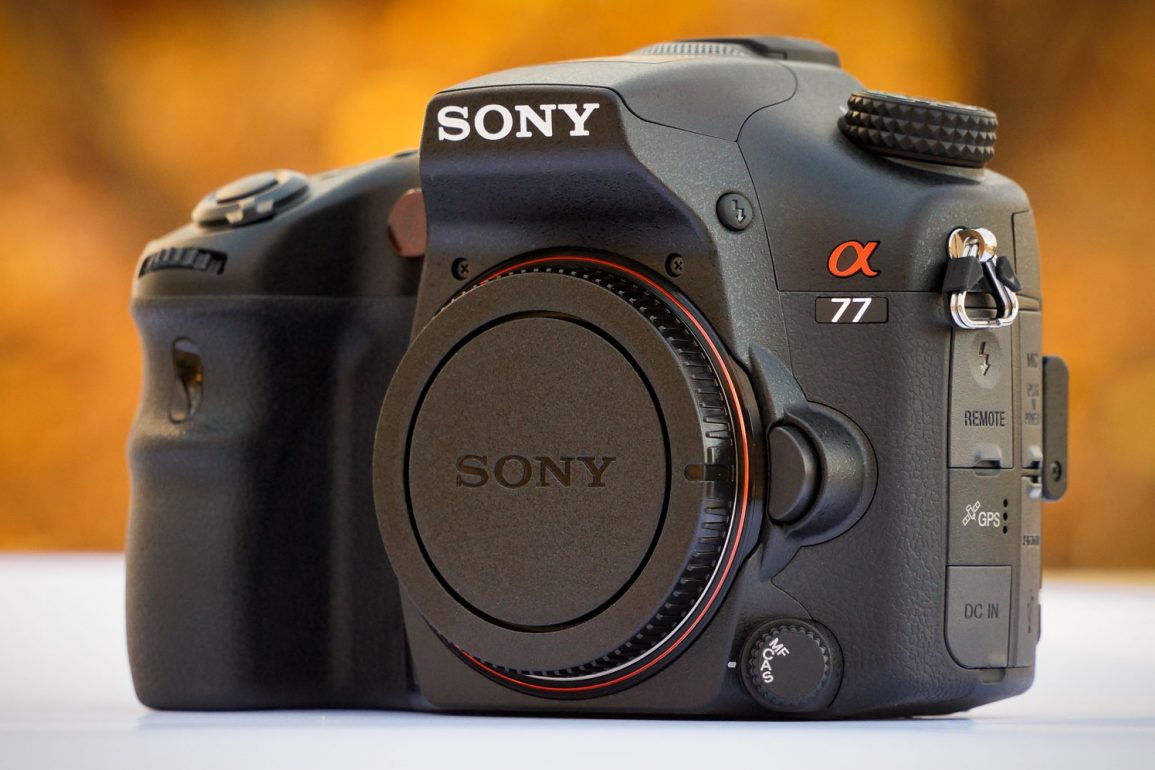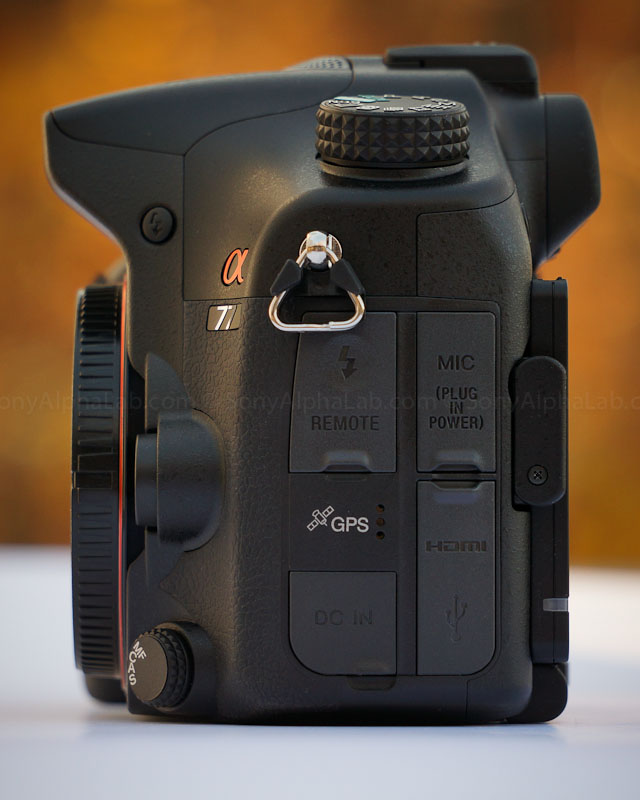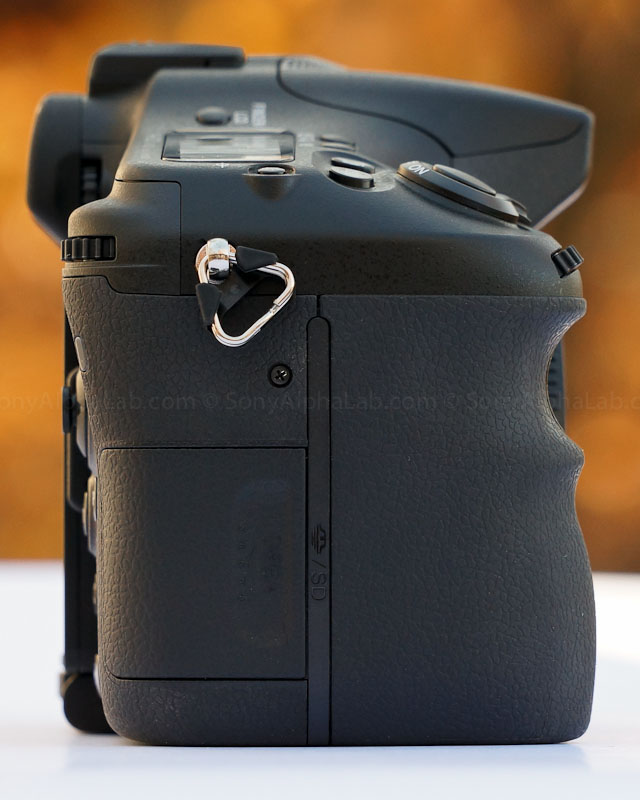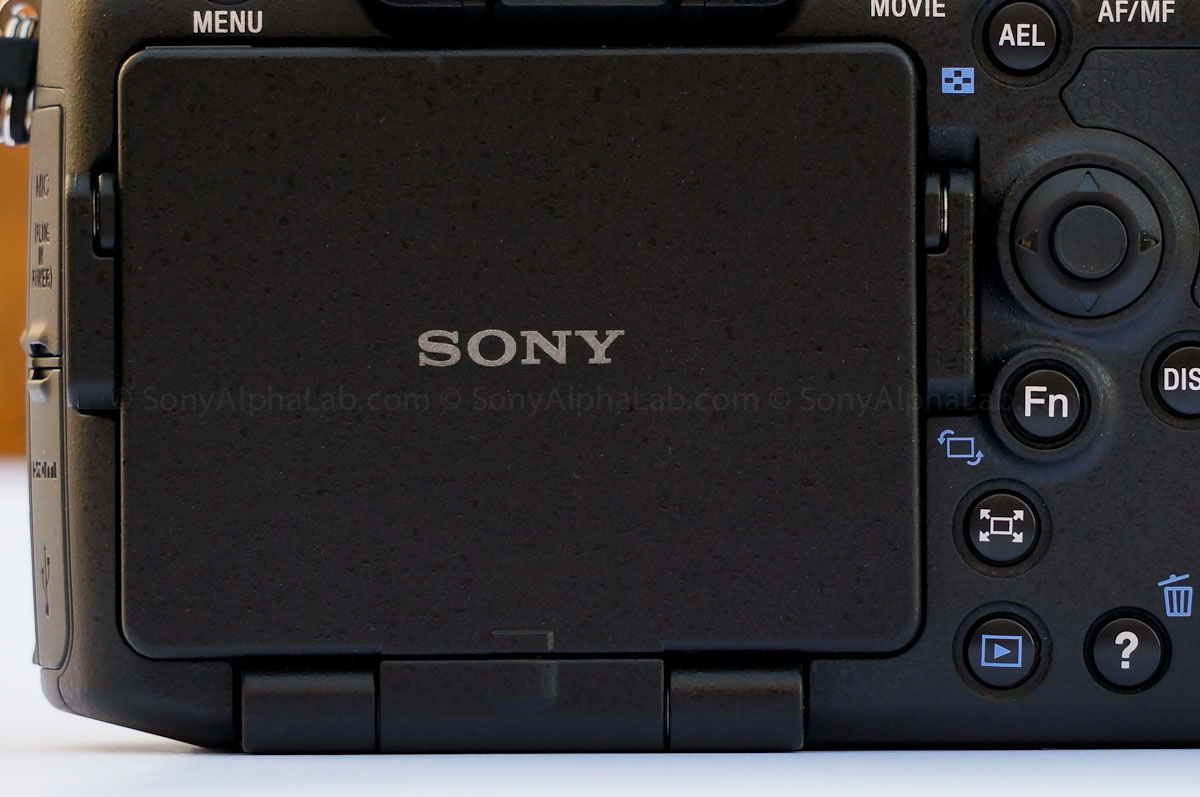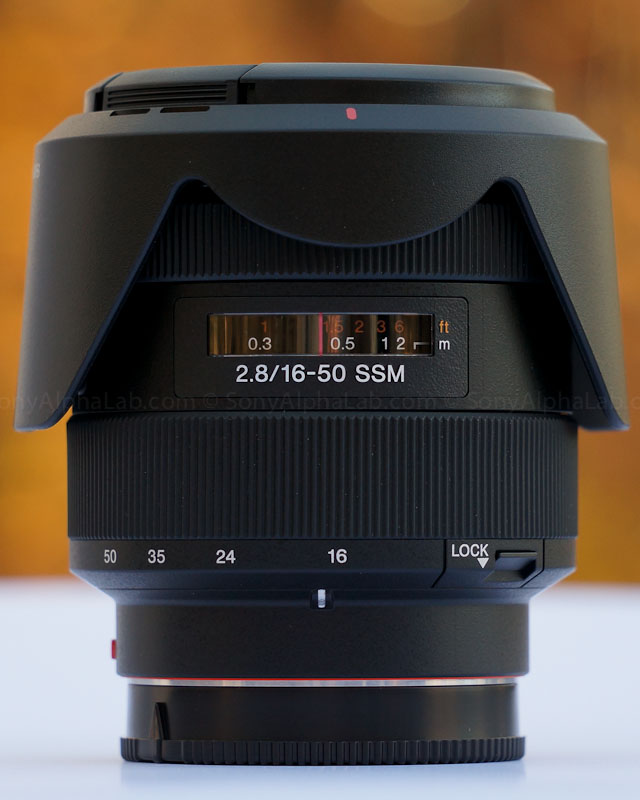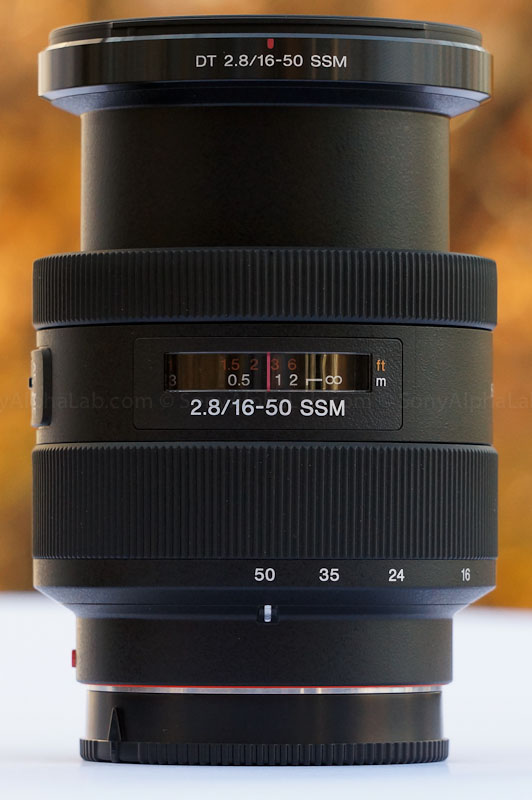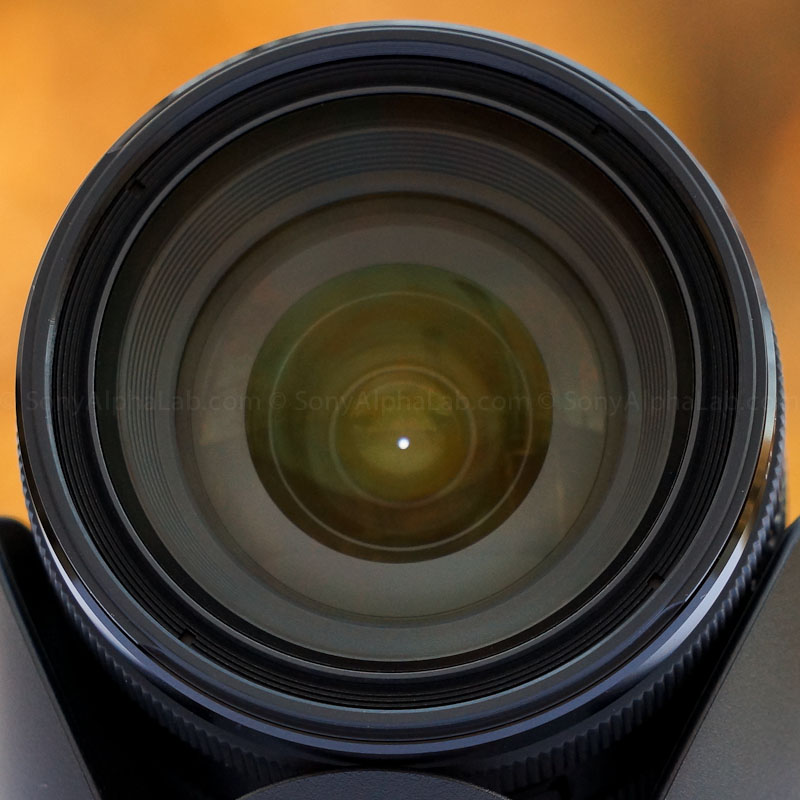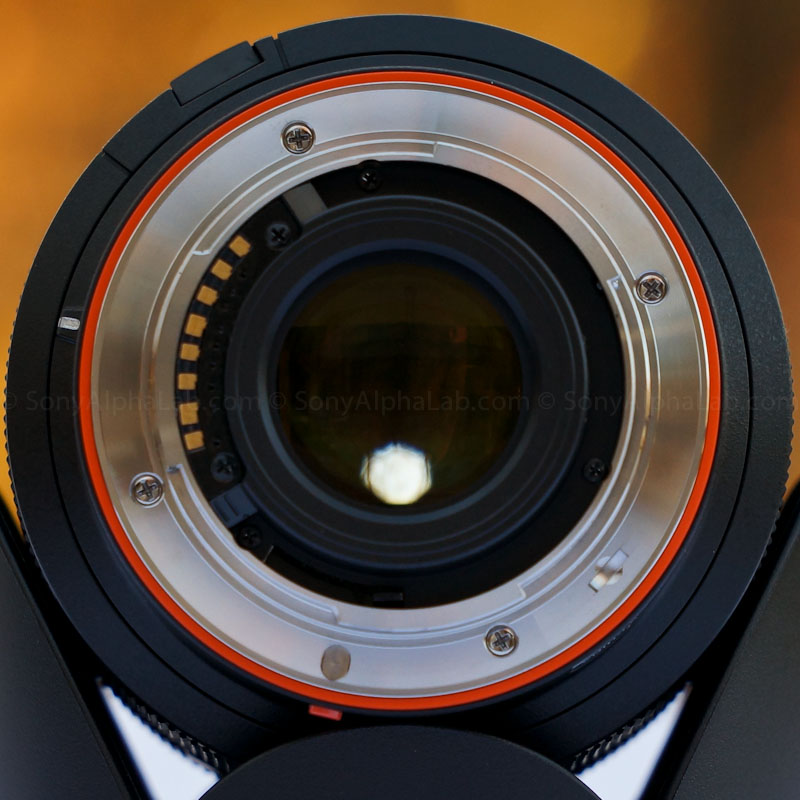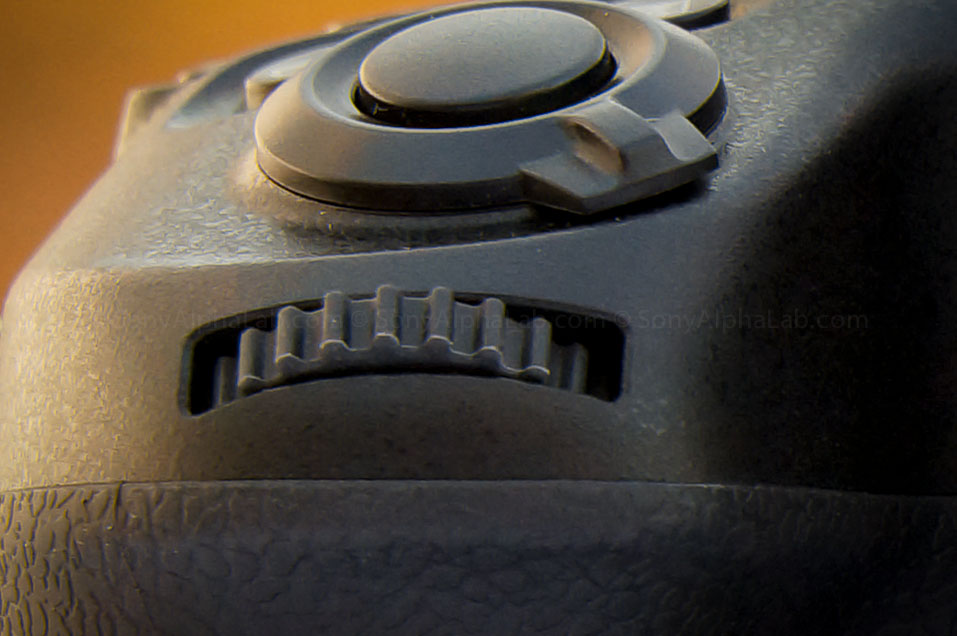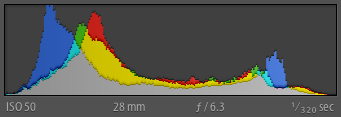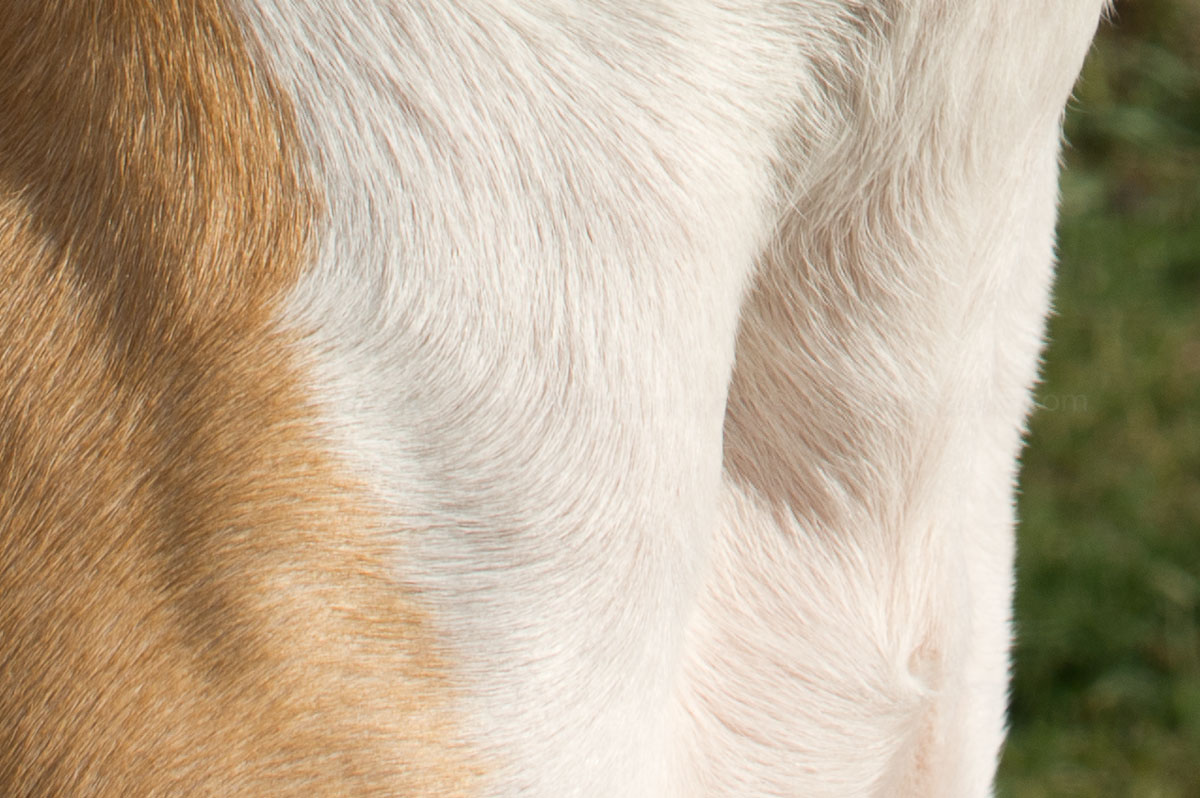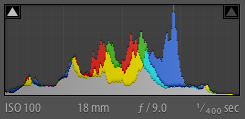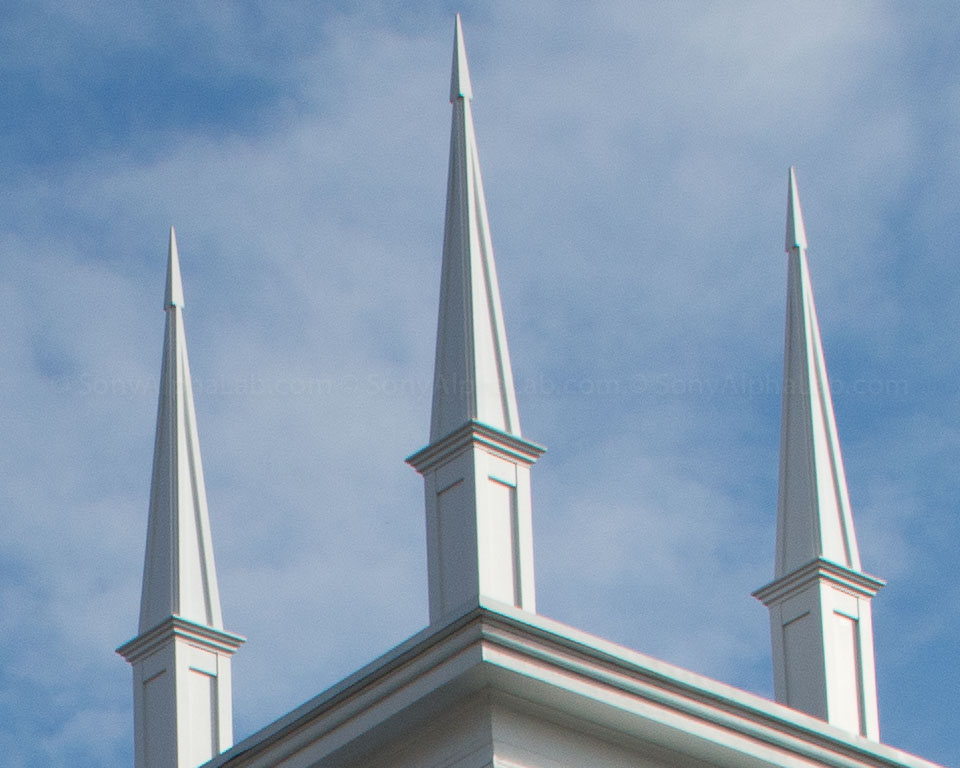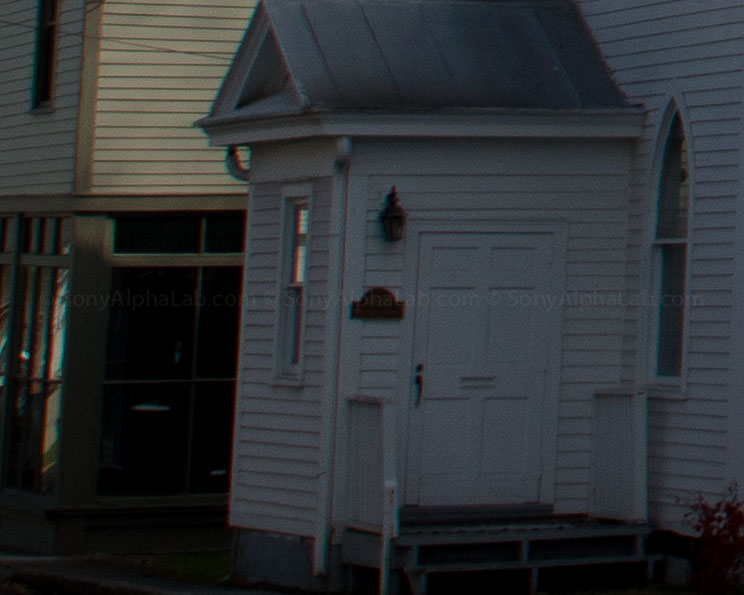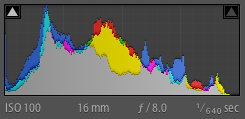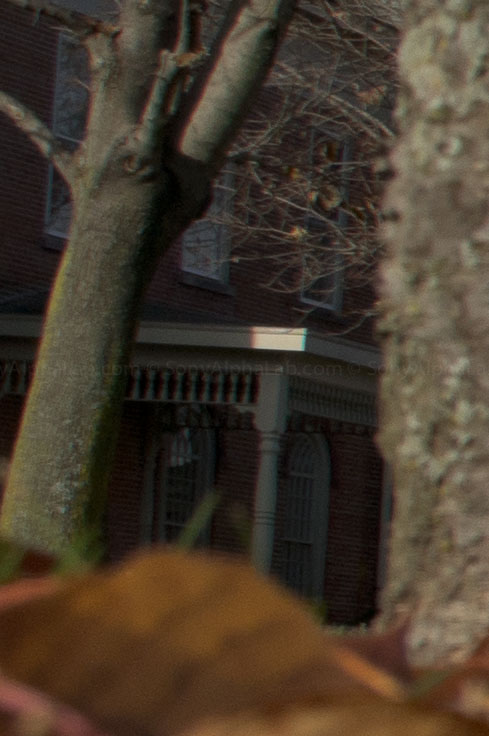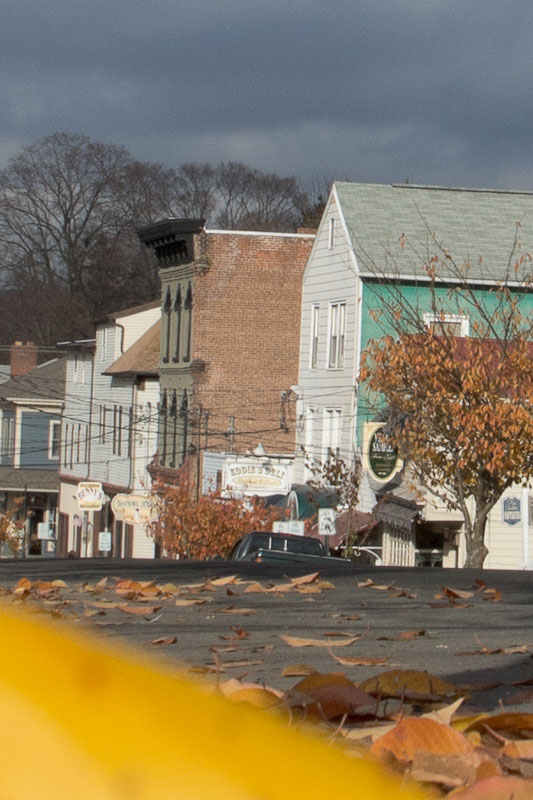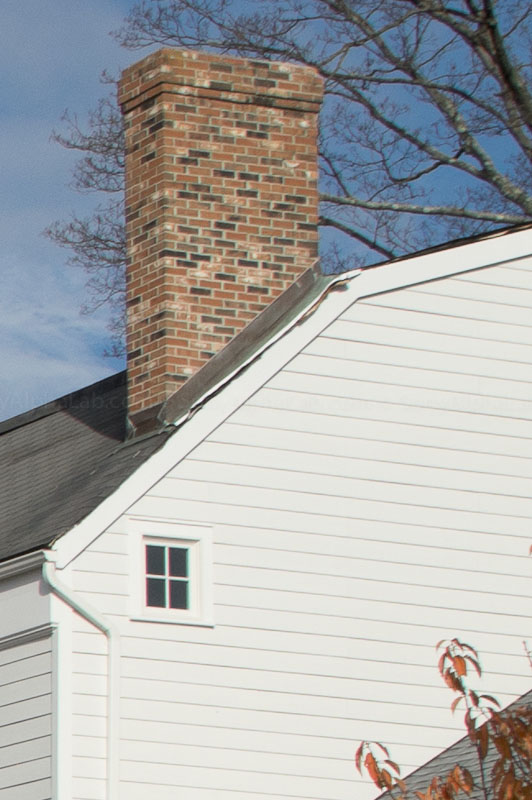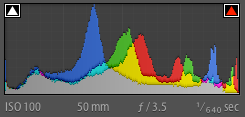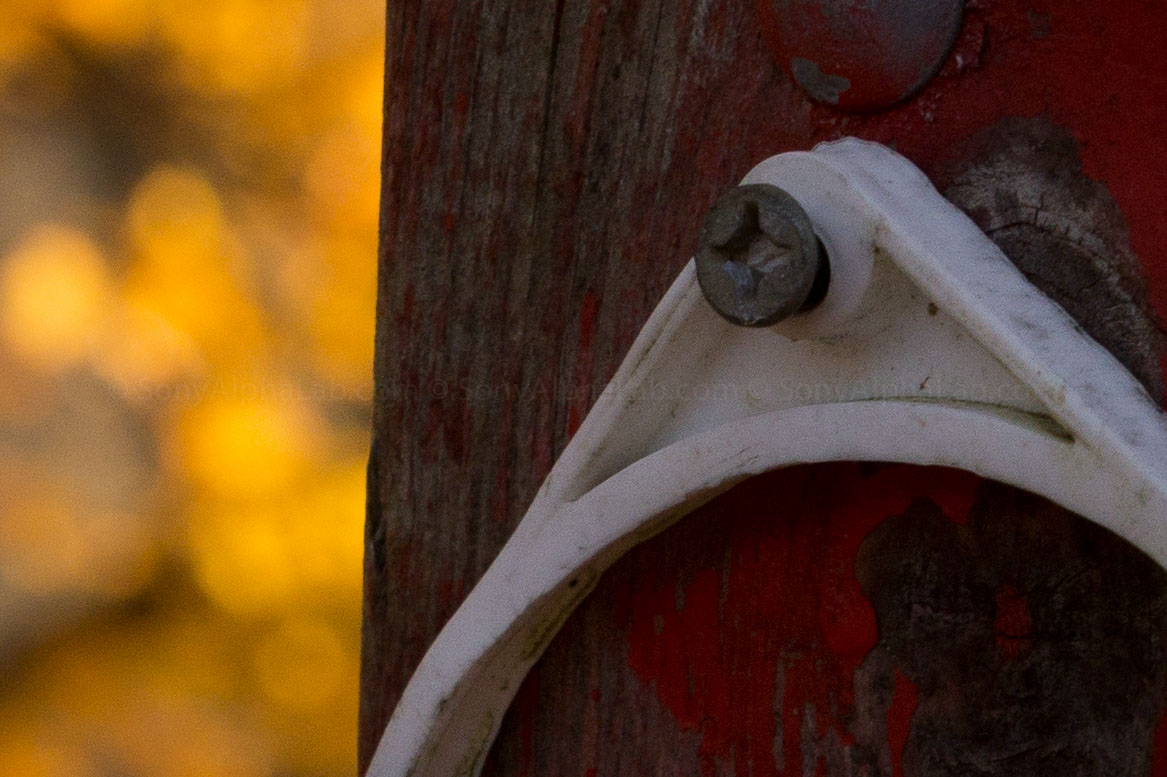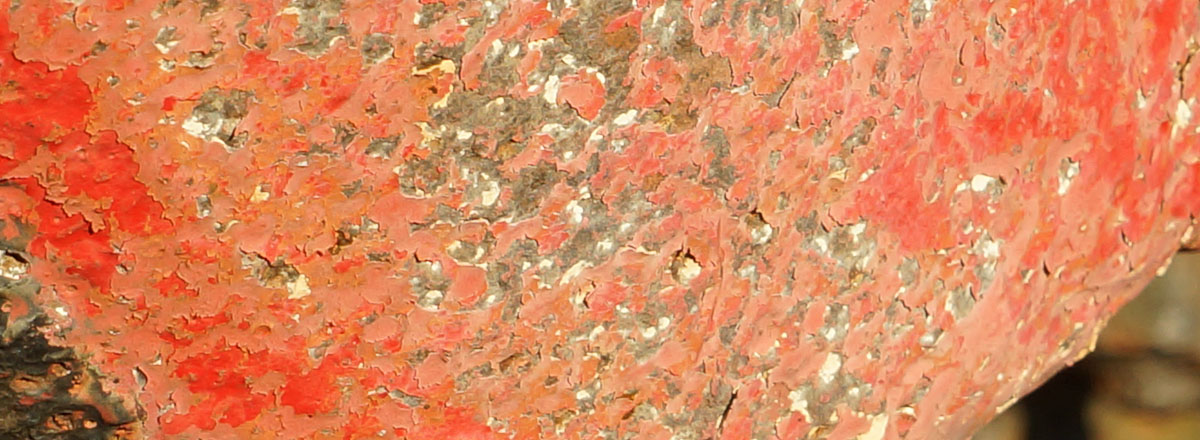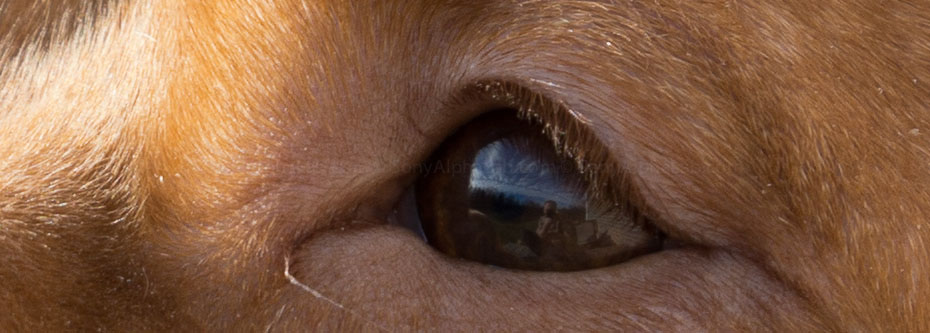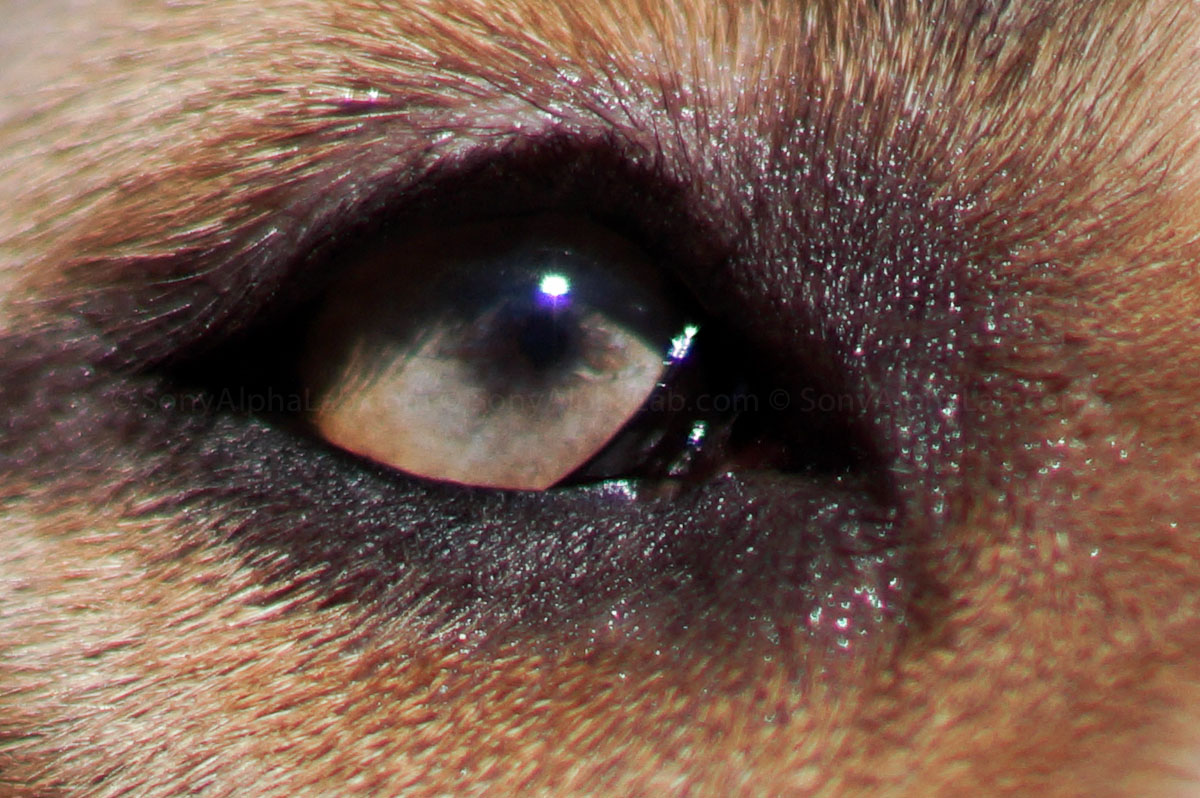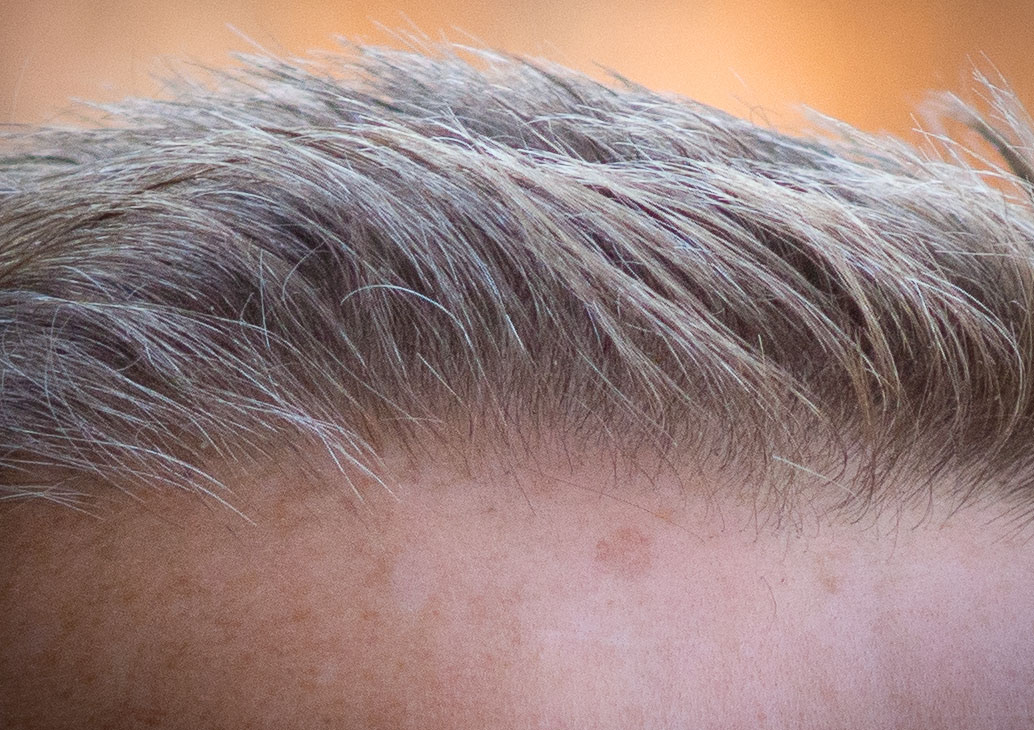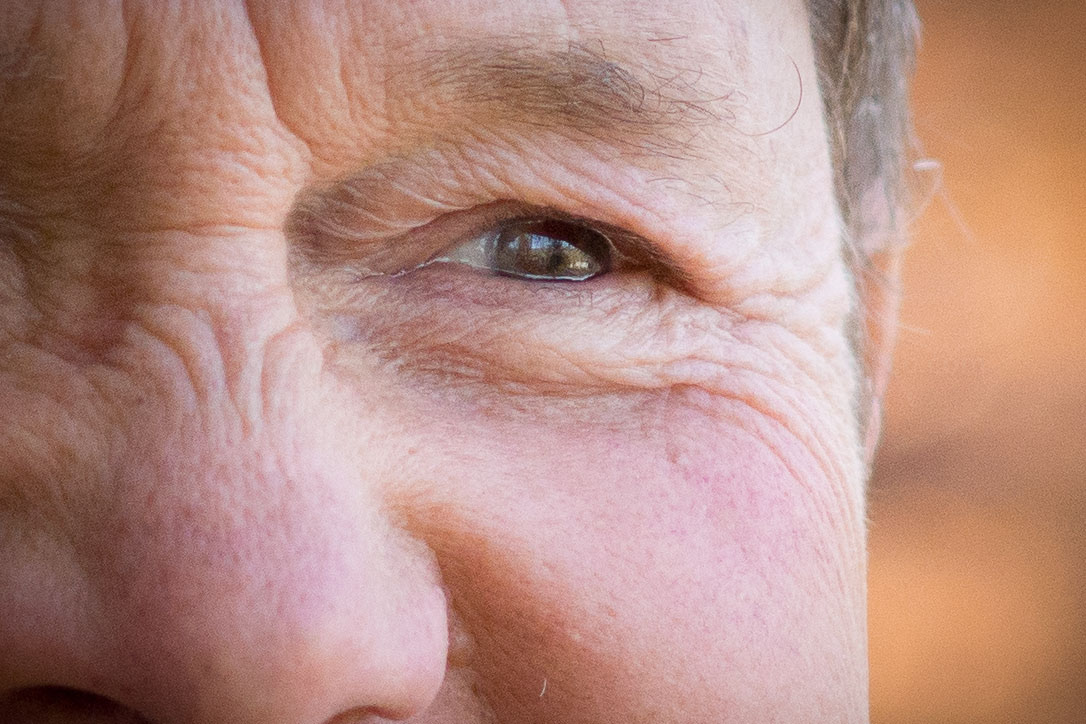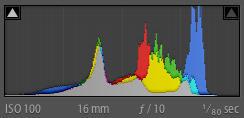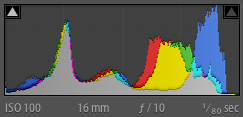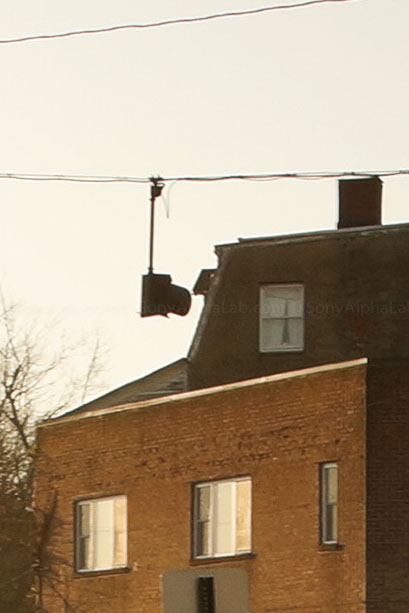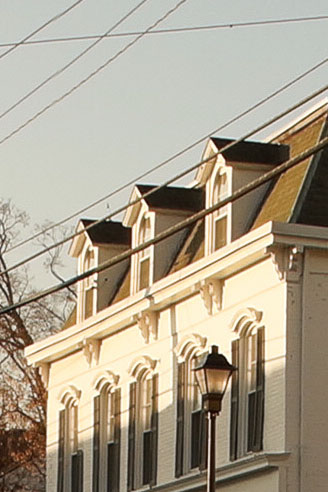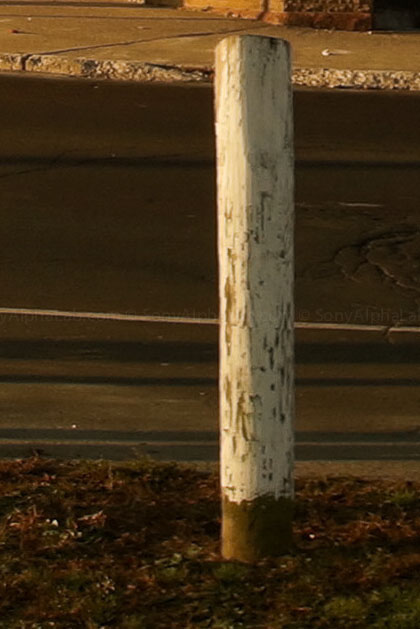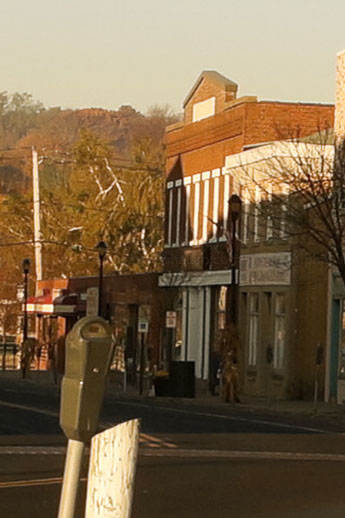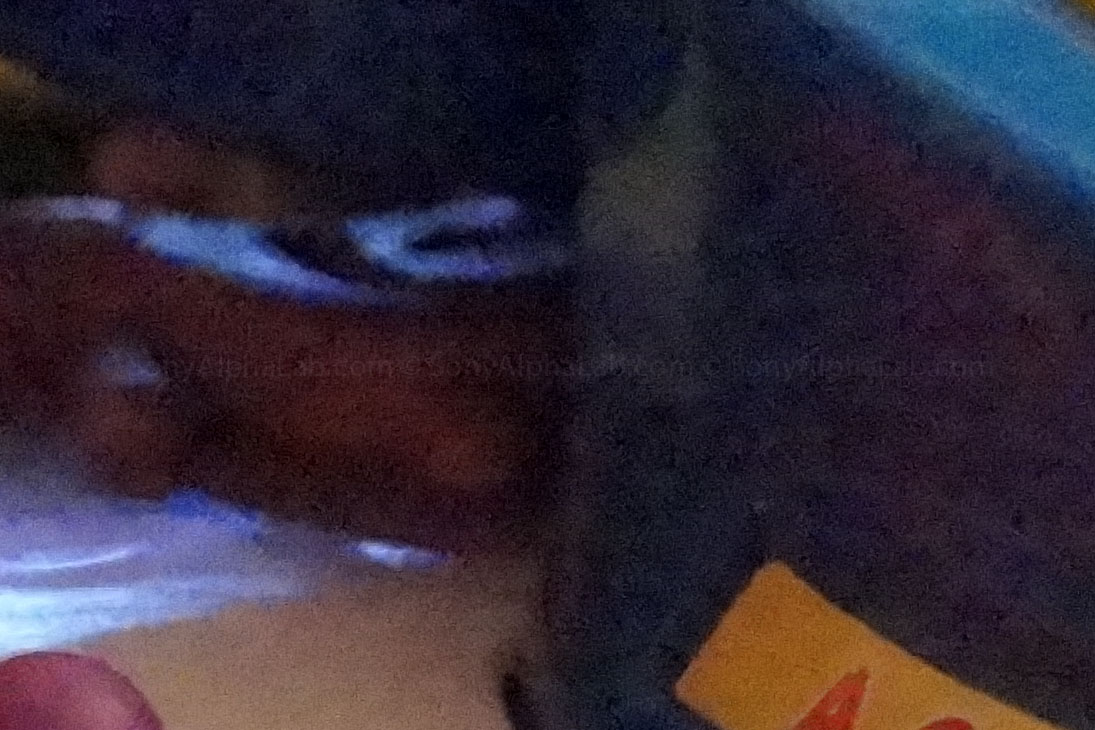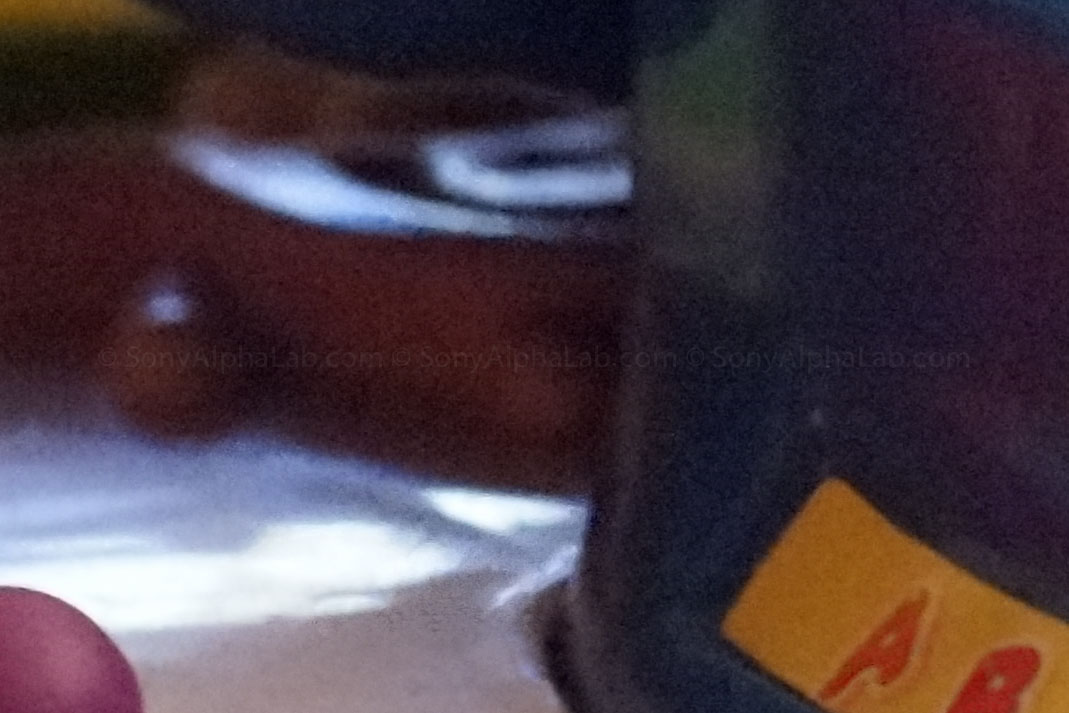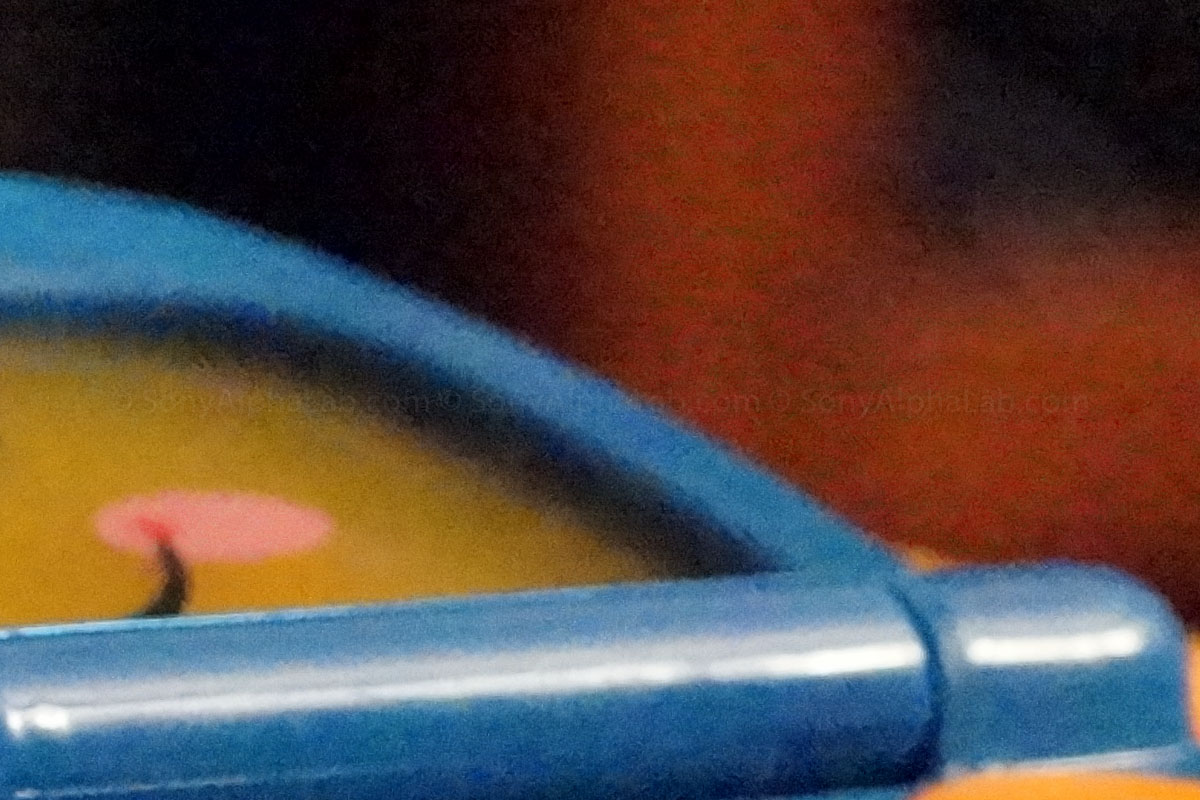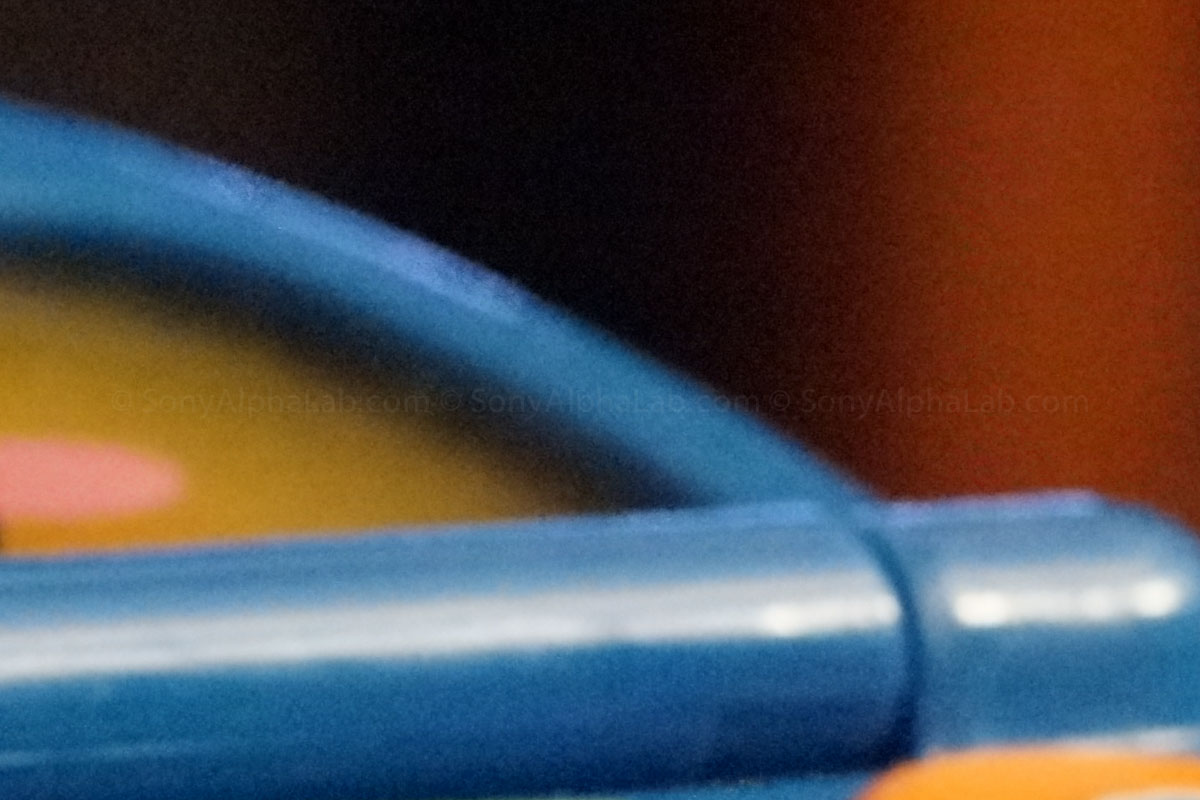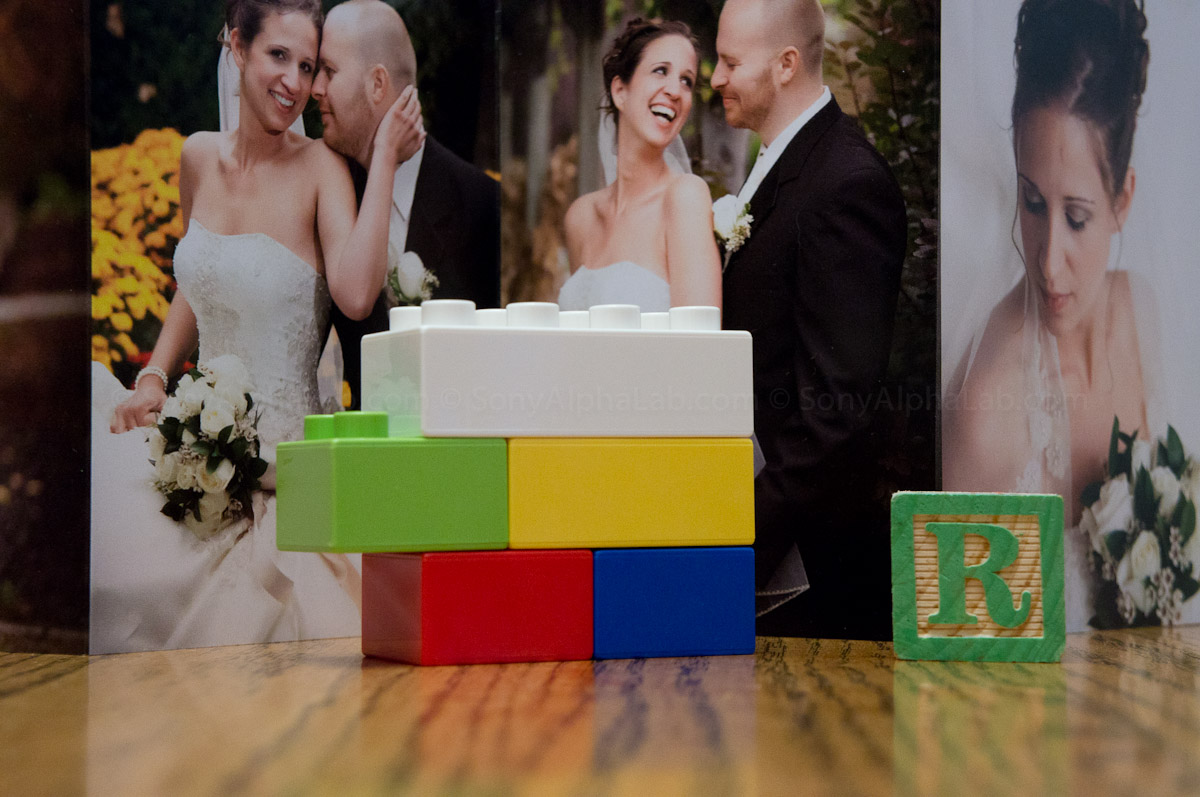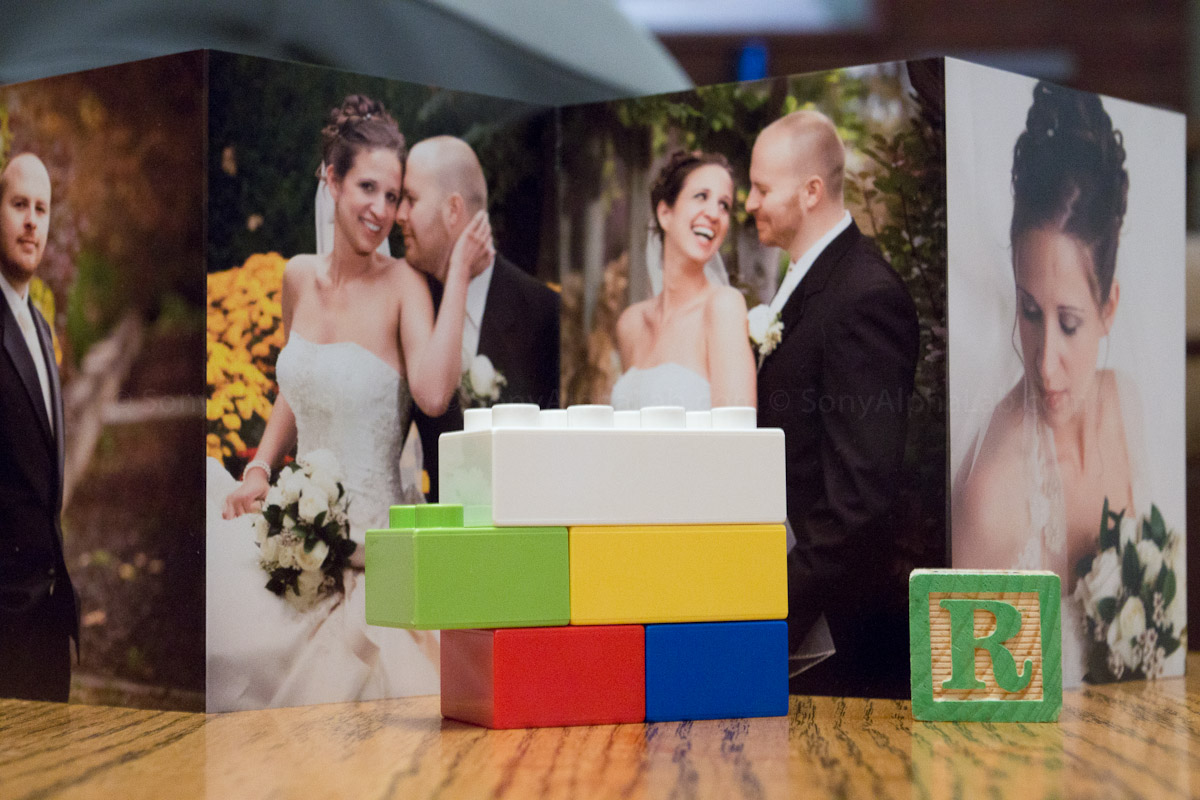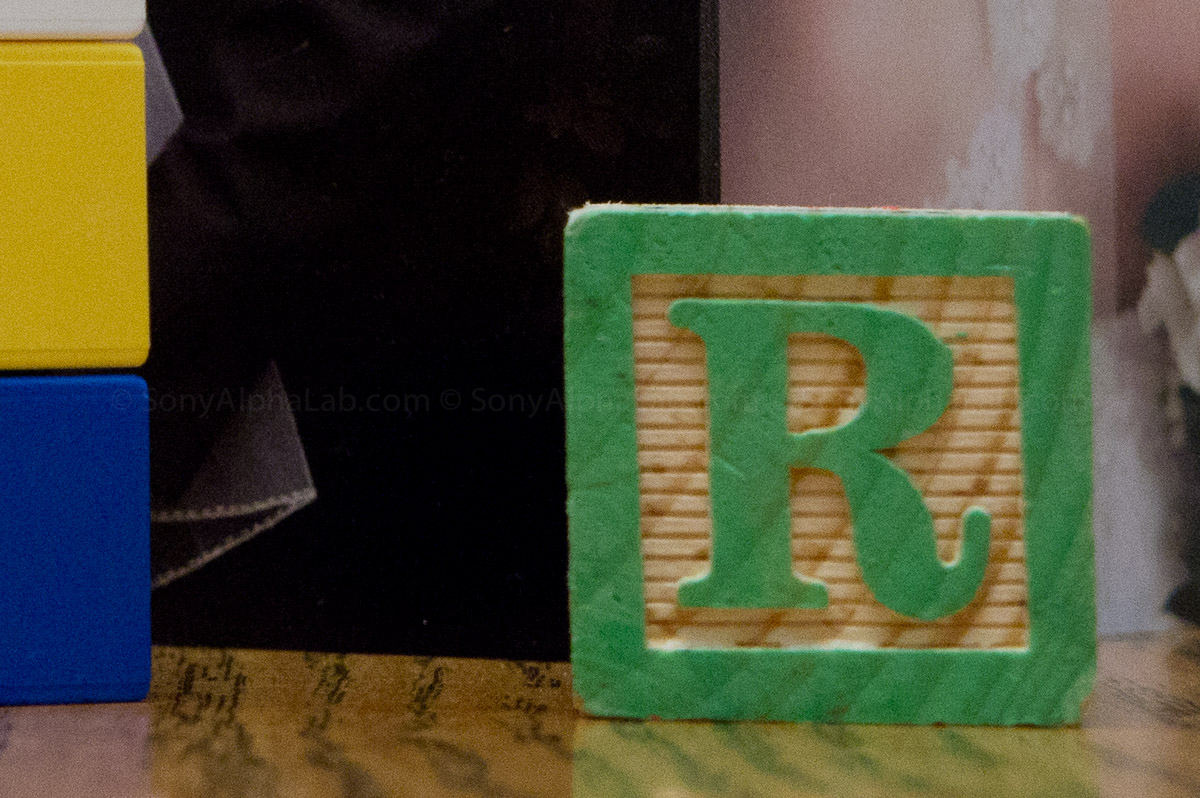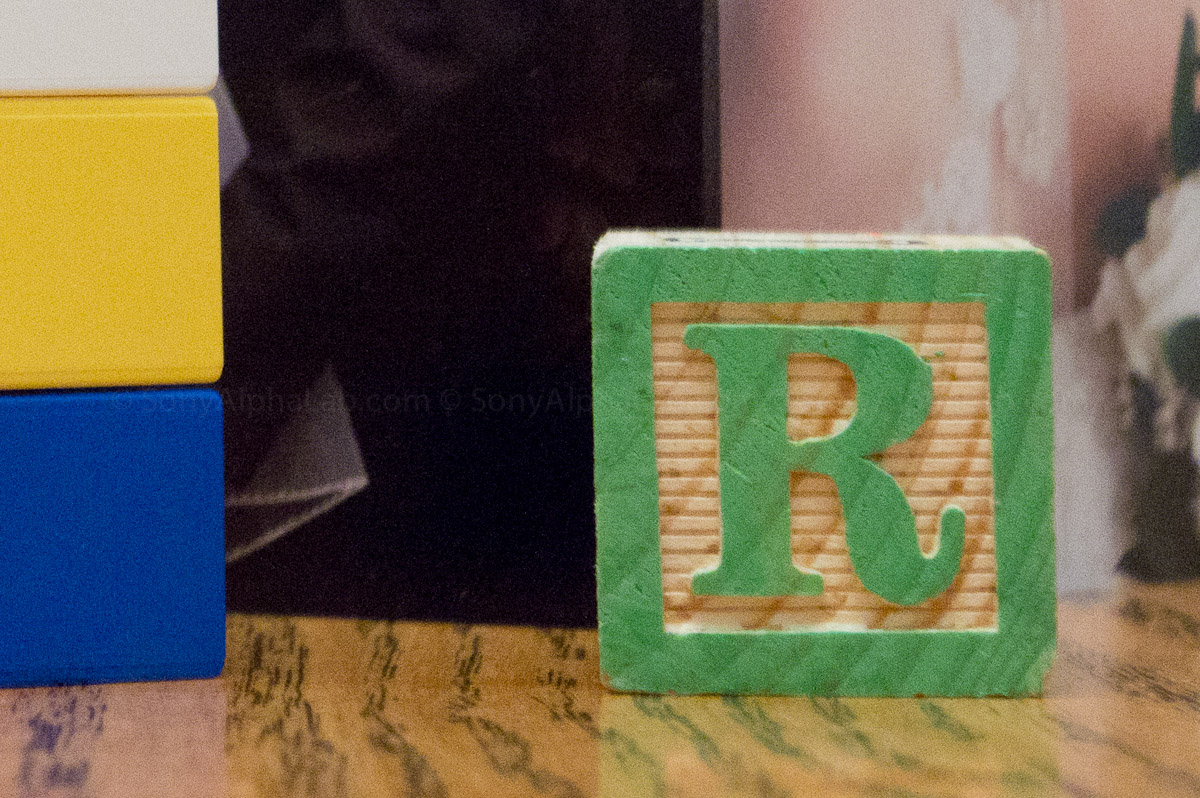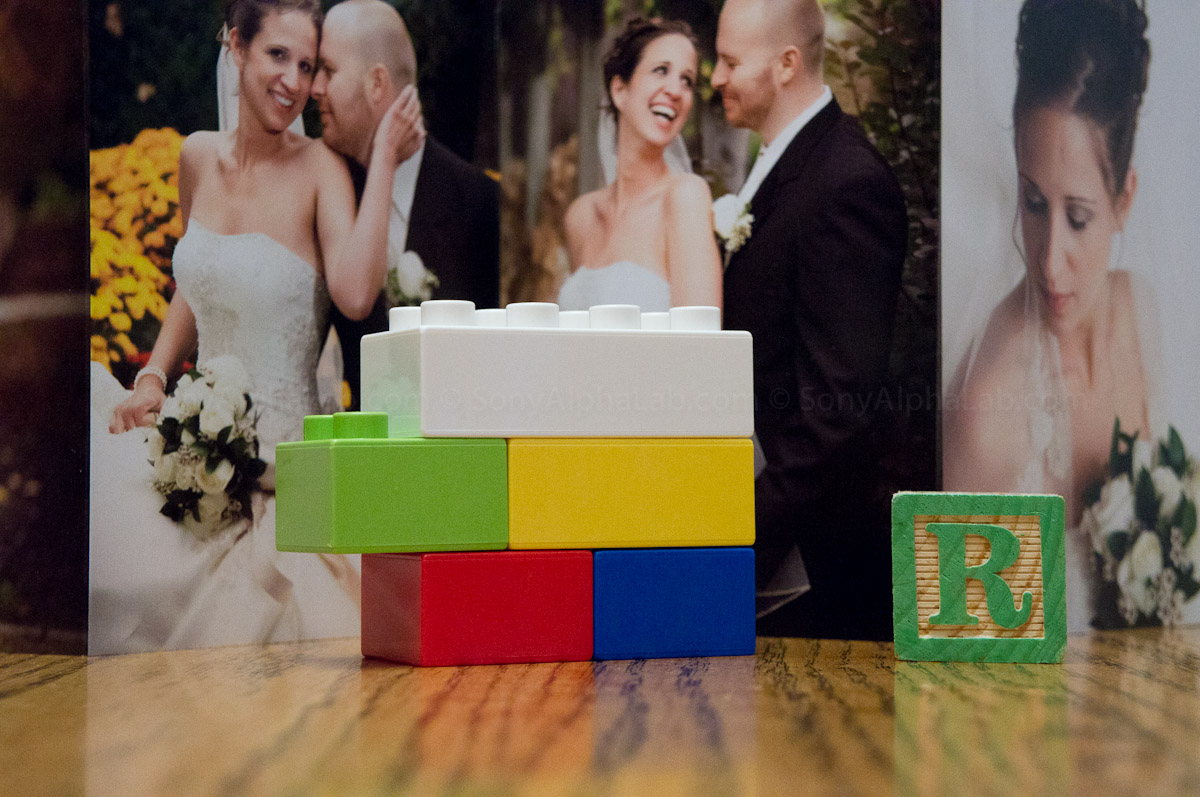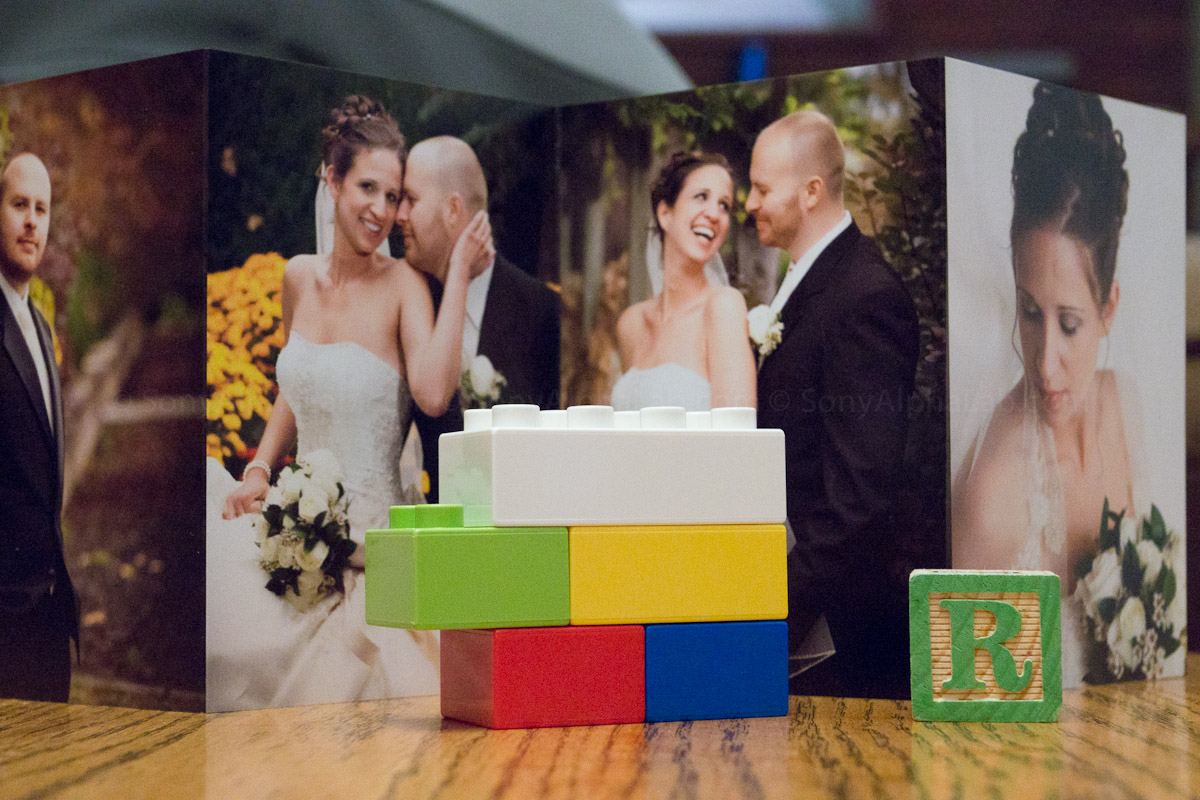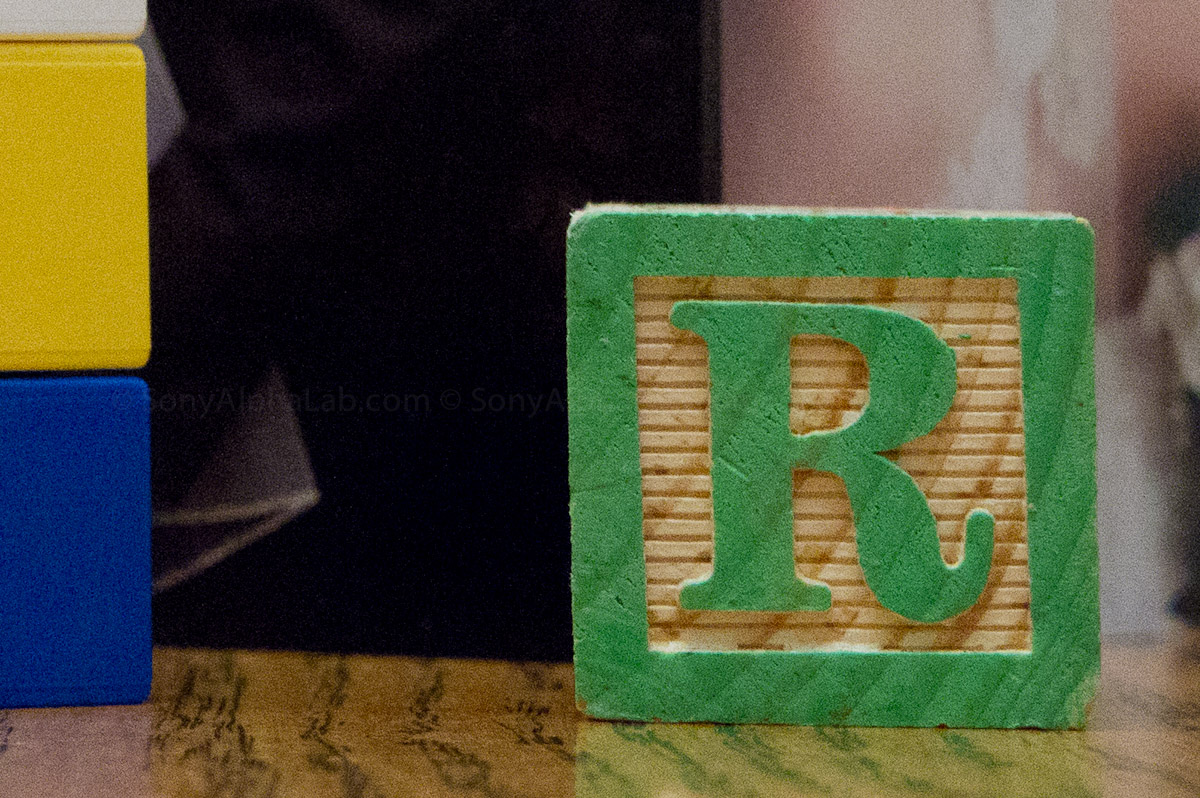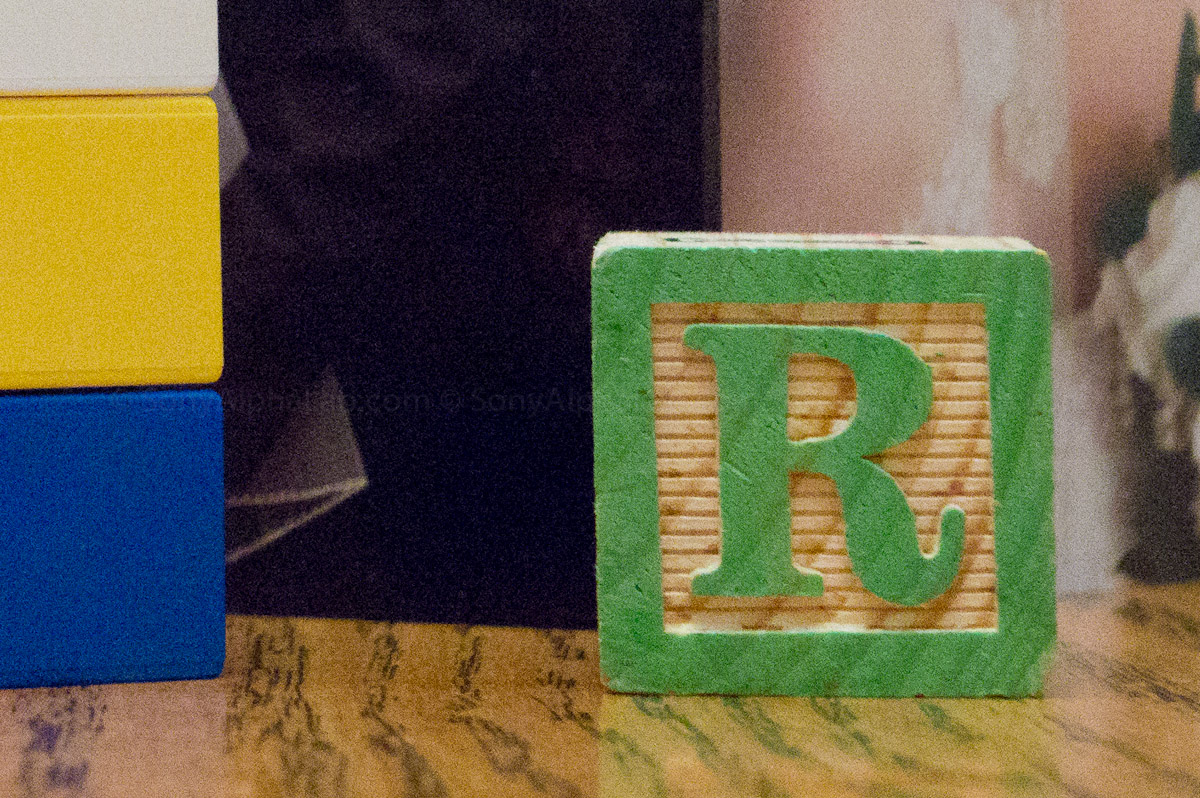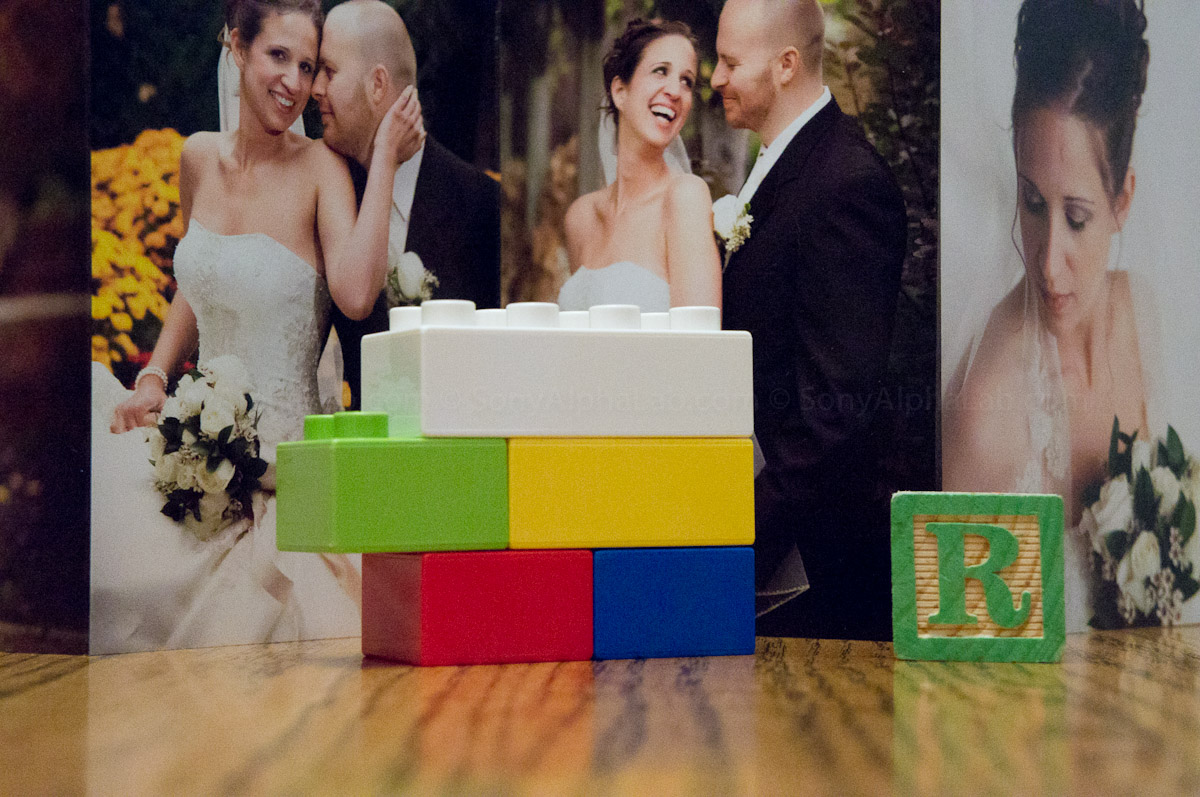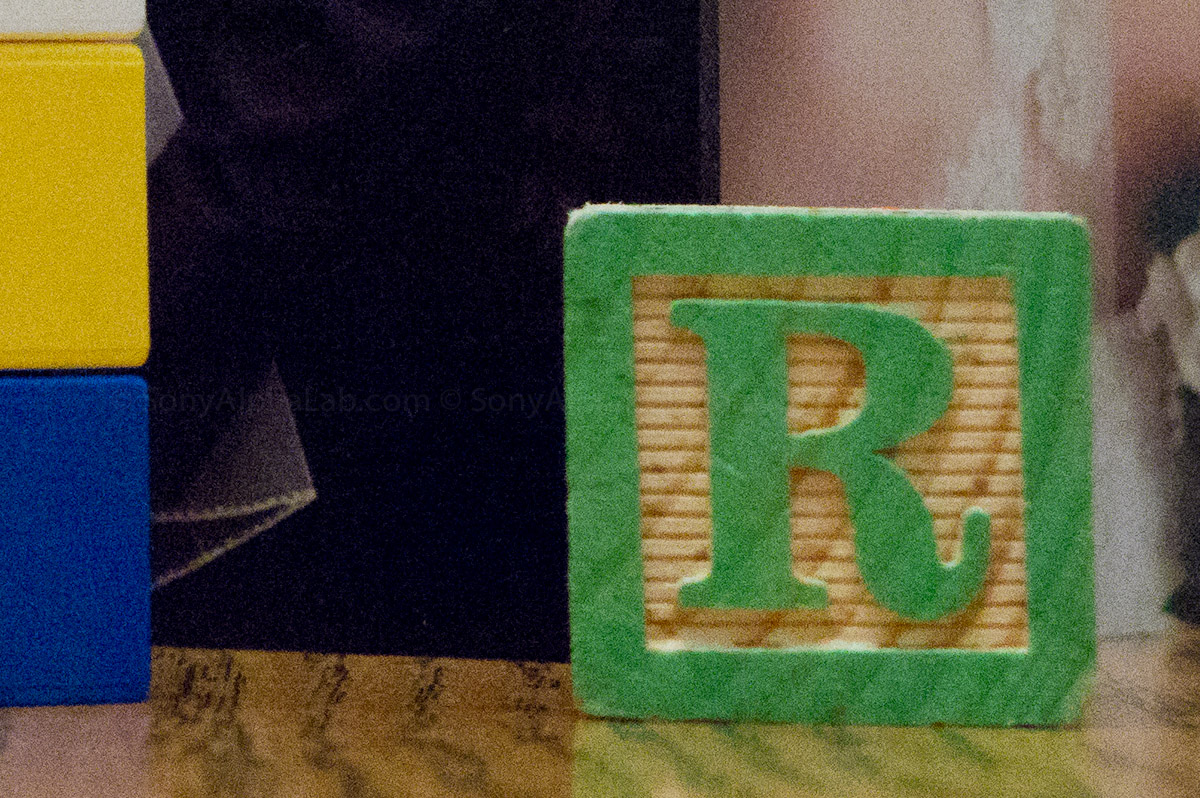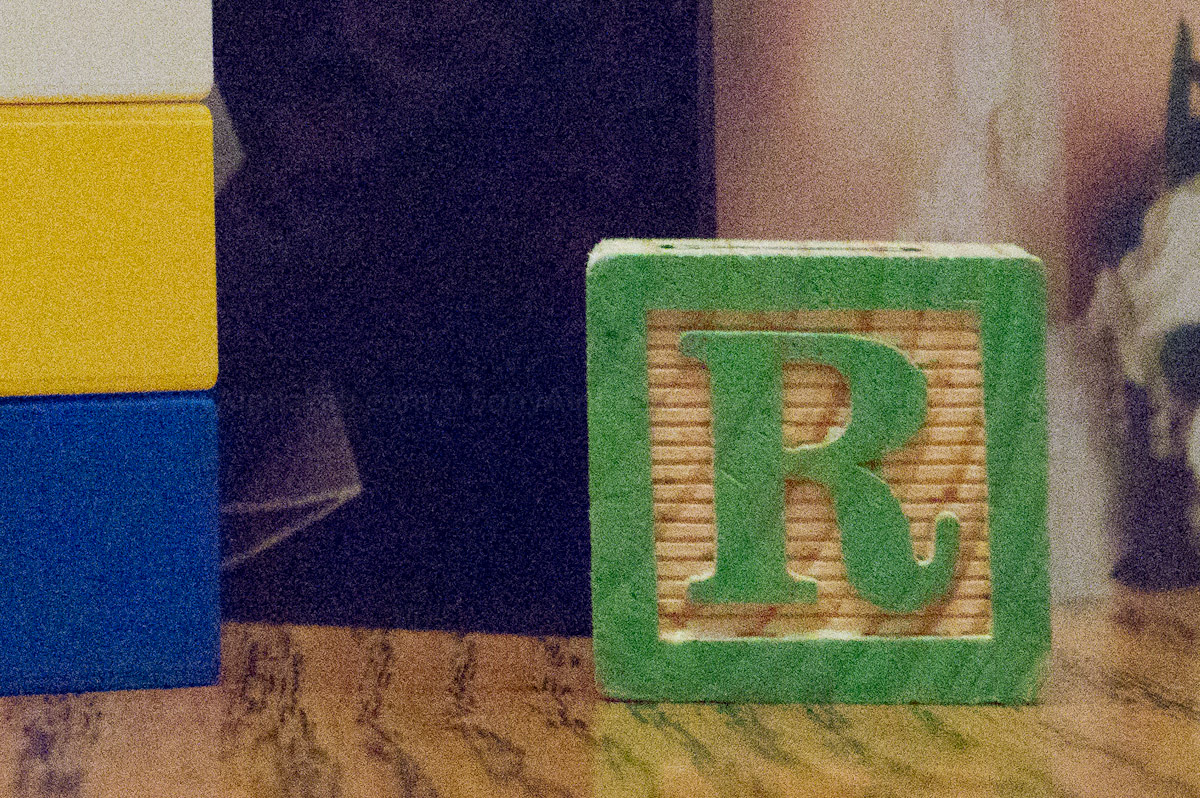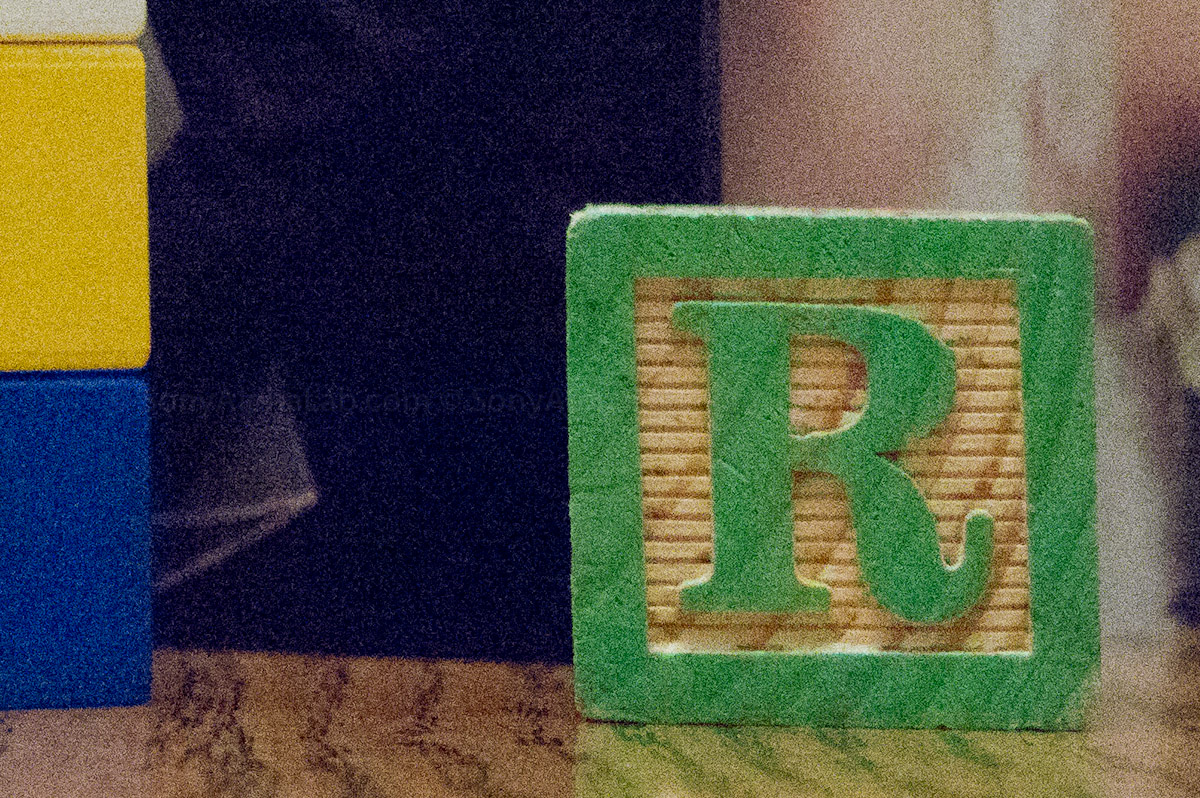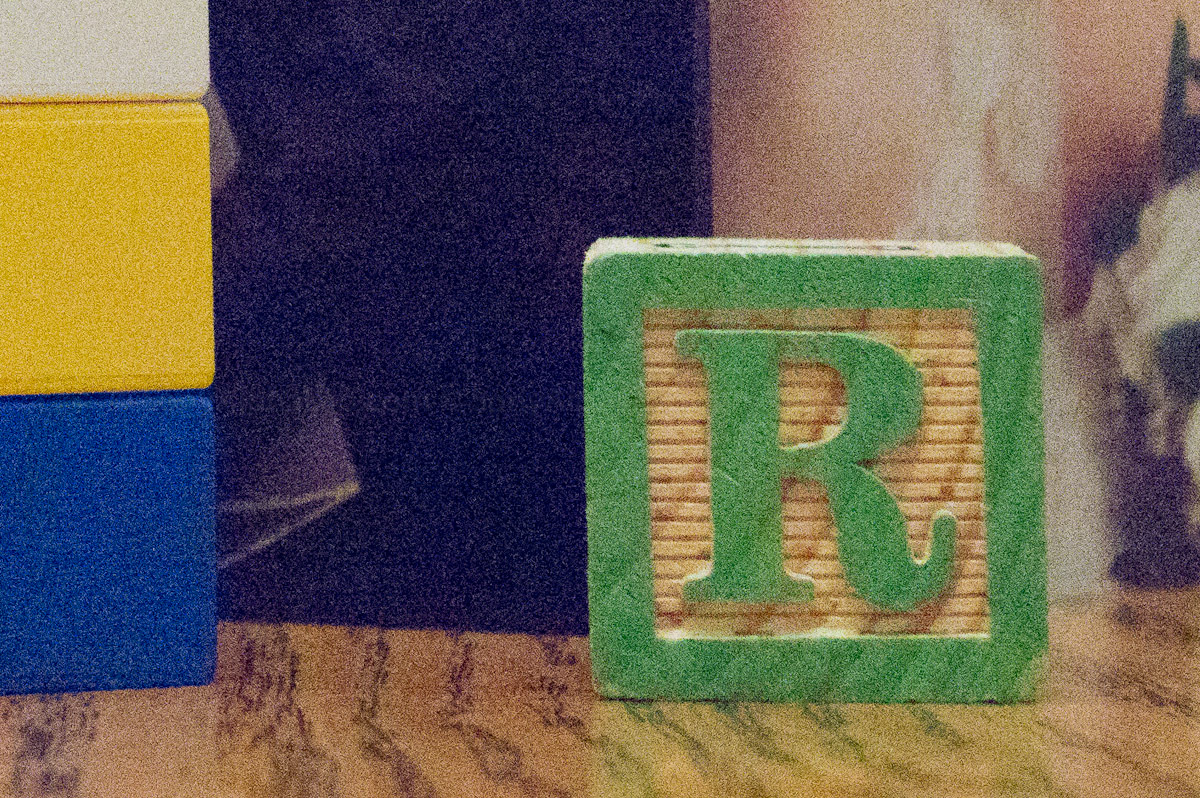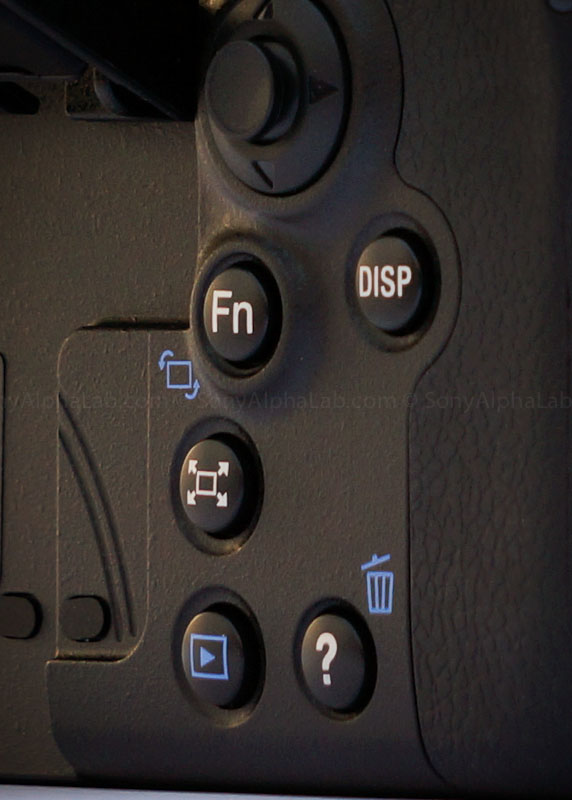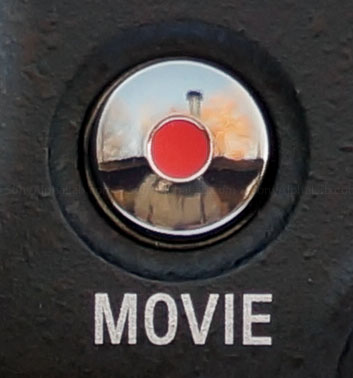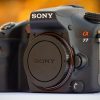In this Sony Alpha A77 Review I will cover everything you need to know about this incredibly powerful SLT (Single-Lens Translucent) Camera. I got the Alpha A77 kit which comes with the Sony 16-50mm f/2.8 lens for ~$2000, or you can grab just the camera body for ~$1400. Not a bad price considering the features and quality in my opinion. Lets go over the a77 briefly so you know what all the hype is about this highly anticipated camera.
The Sony Alpha A77 is not an SLR like the a580 or a900 for ex.. The Sony Alpha a77 like the Alpha 55 are both SLT’s and have a fixed translucent mirror inside. As opposed to a mirror that flips up and down every time your shoot like a traditional SLR. This fixed translucent mirror allows for a few things to happen which are incredibly fast 12 frames per second shooting, incredibly short release lag time of .005 sec, Auto Focus while recording video, and it is much quieter. The downside of the fixed mirror technology, at this point in time, is about 1/3rd of a stop of light lost and some possible glaring issues. Only in certain conditions but I never noticed any. The 1/3rd stop loss of light results in a little more noise as you might expect.
Special notes for this review:
I also want to note that I used the firmware ver.1.03 for most of time, and just updated the A77 to ver.1.04 a few days ago. So please keep that in mind as that may pertain to some negatives here and there in my review.
I also used Lightroom 3 to work with my images and develop the a77 Raw files. The Mac version of the Sony Image Software is terrible and crashes constantly. Sony really needs to step up their game for Mac users when it comes to their software!!
My Pics of the Sony Alpha A77 taken with the Sony Nex-5N:
I normally use the Canon 5D Mark II for my product shots, but it was gorgeous outside and the fall leaves were still hanging on. Luckily the A77 came a bit early and I still had the Nex-5n with the new 55-210mm f/4.5-6.3 lens.
Check out these high res pics I took using the awesome Sony Nex-5N. More on “Product Photography with the Nex-5N” over here if your interested >>. Full review of the Nex-5N over here >>.
Also be sure to click on these photos and a really nice crisp 1200px version will pop up for your viewing pleasure. You can then use the left and right navigation to go through the pics in a nice Gallery style view.
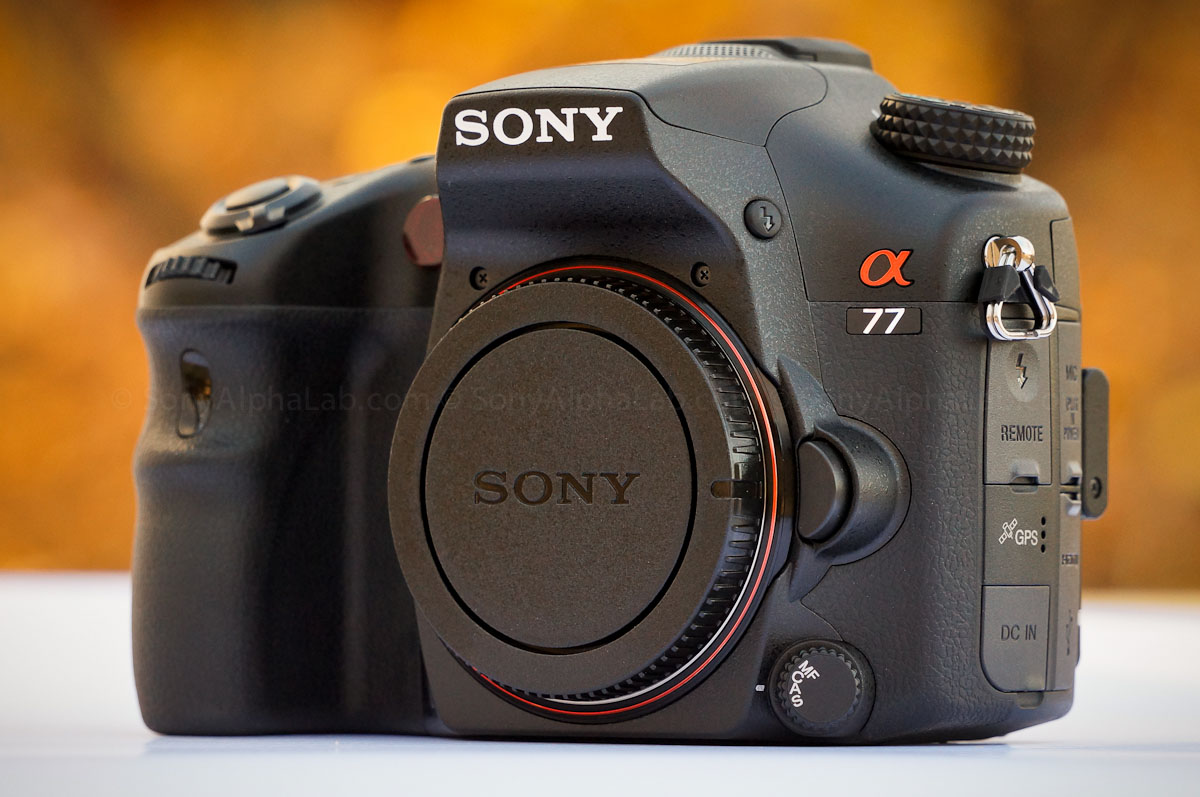
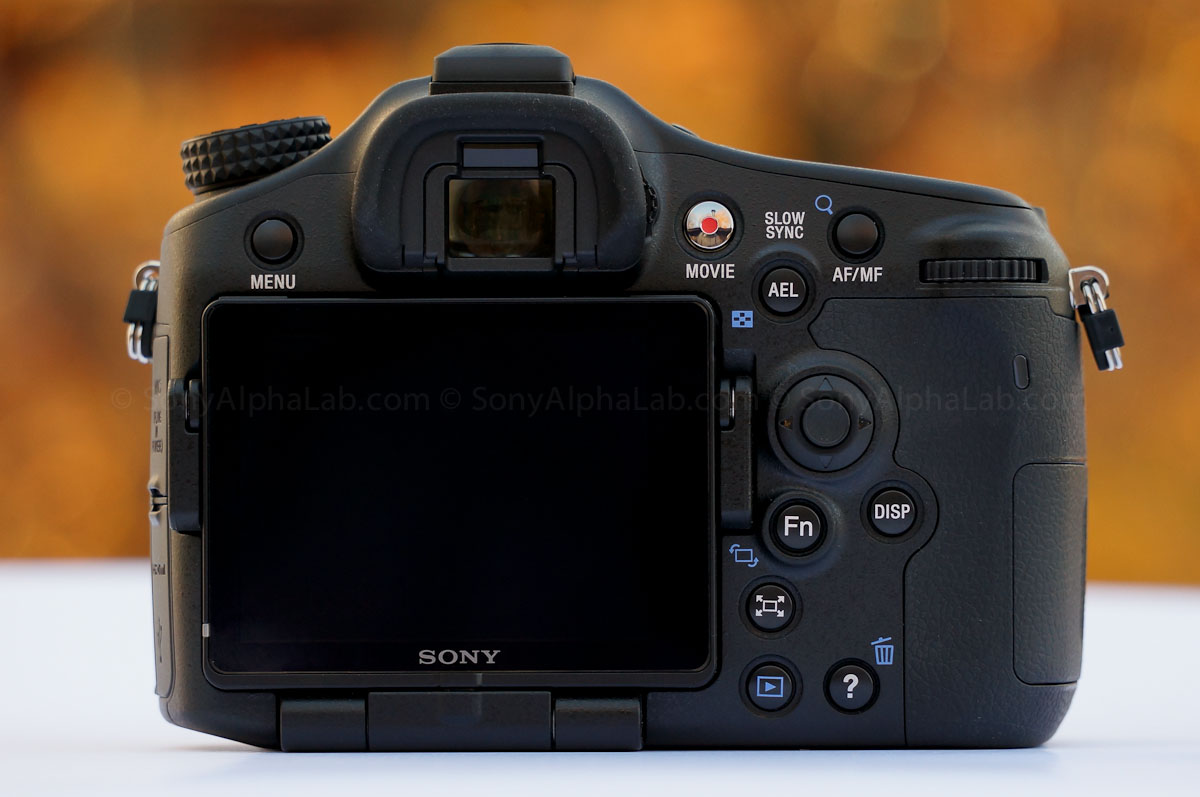
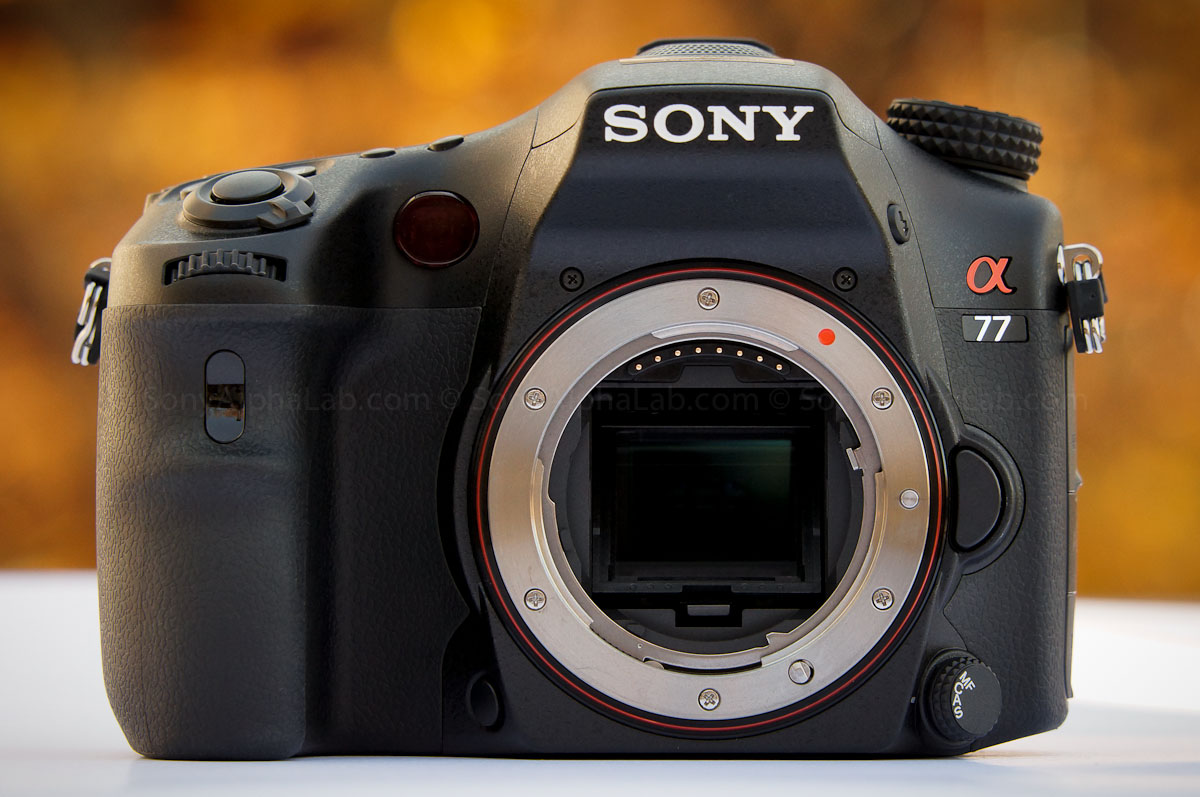
[divider]
The Sony Alpha A77 Articulating and Rotating LCD Screen
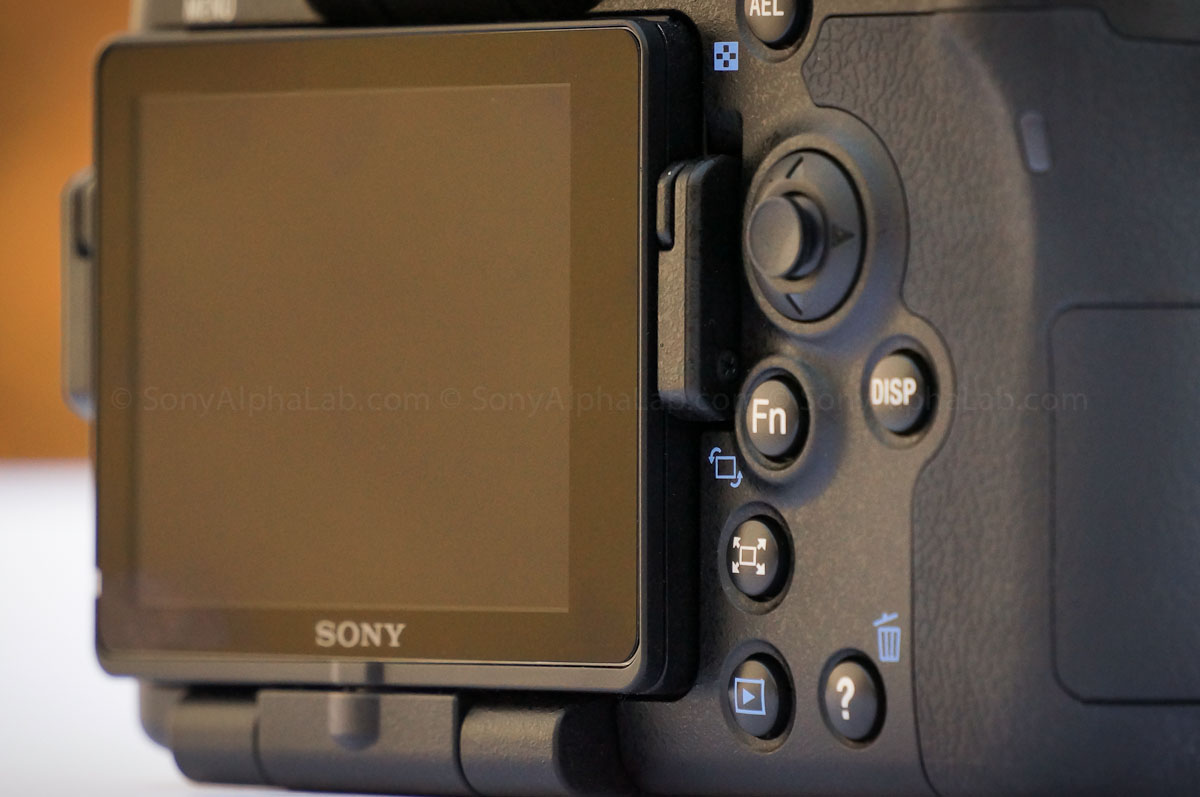
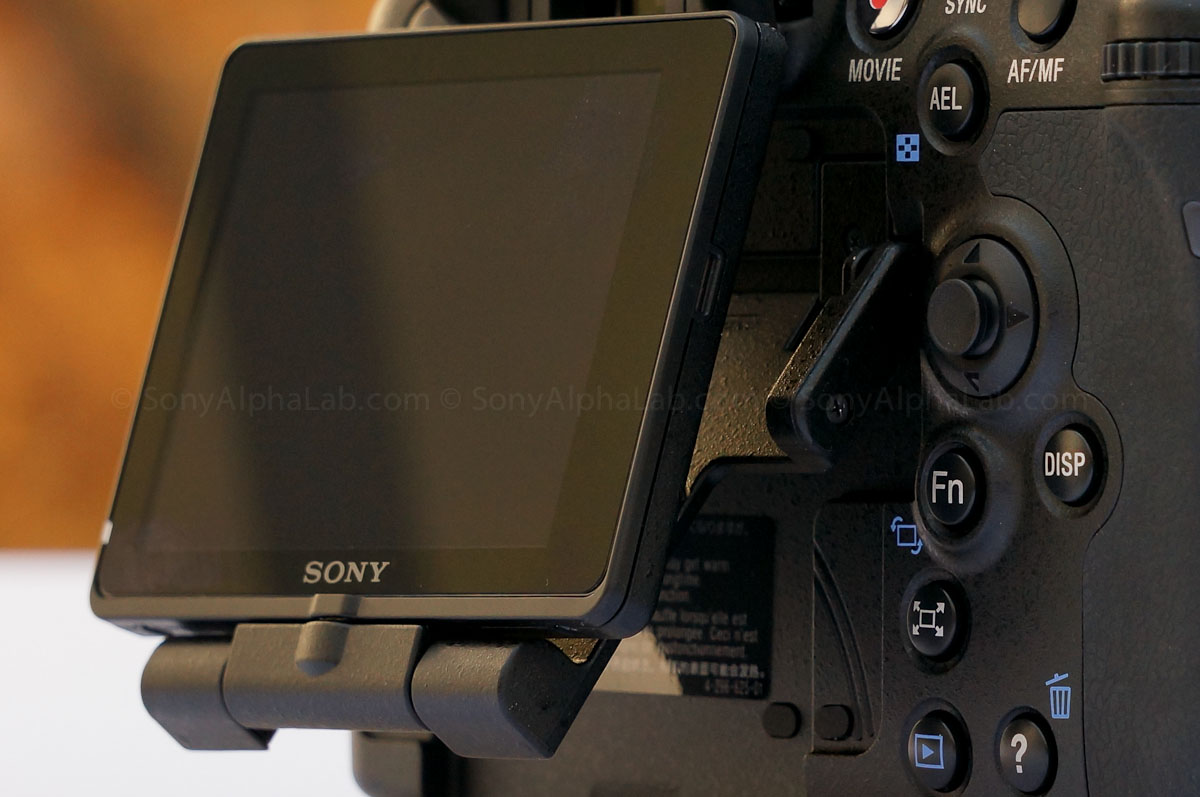
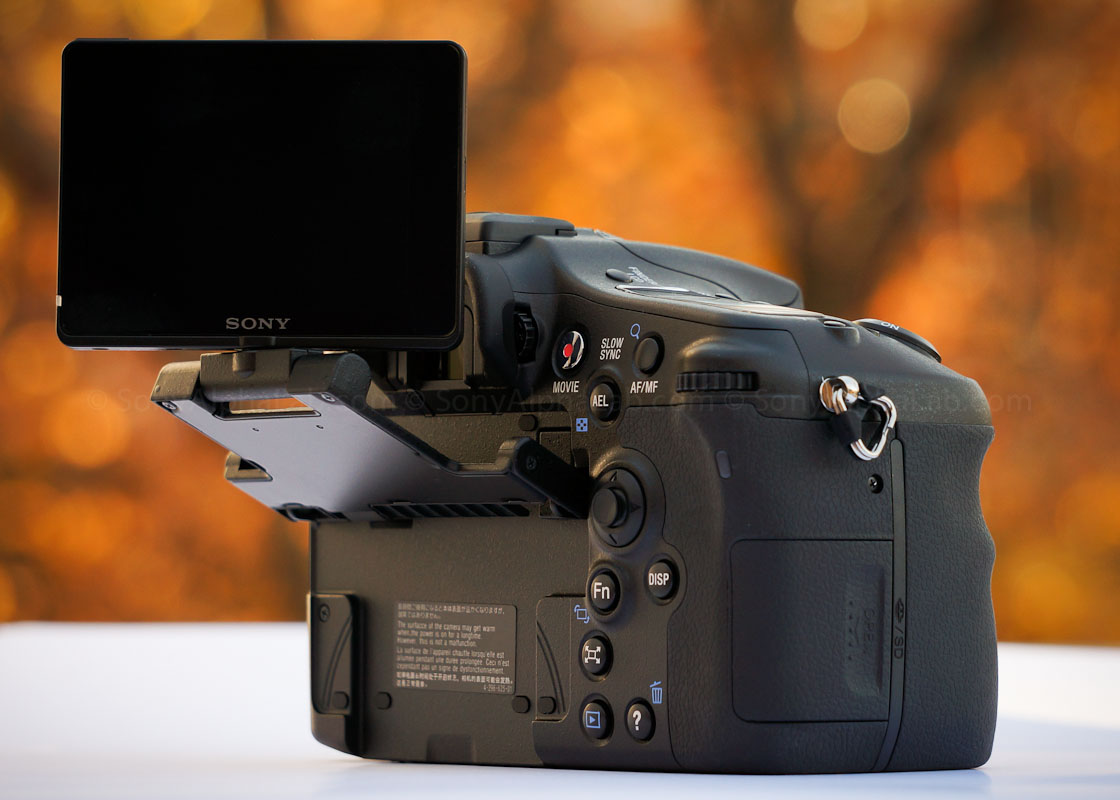
Check out the Sony Alpha A77 with the 16-50mm f/2.8 Kit lens Mounted:

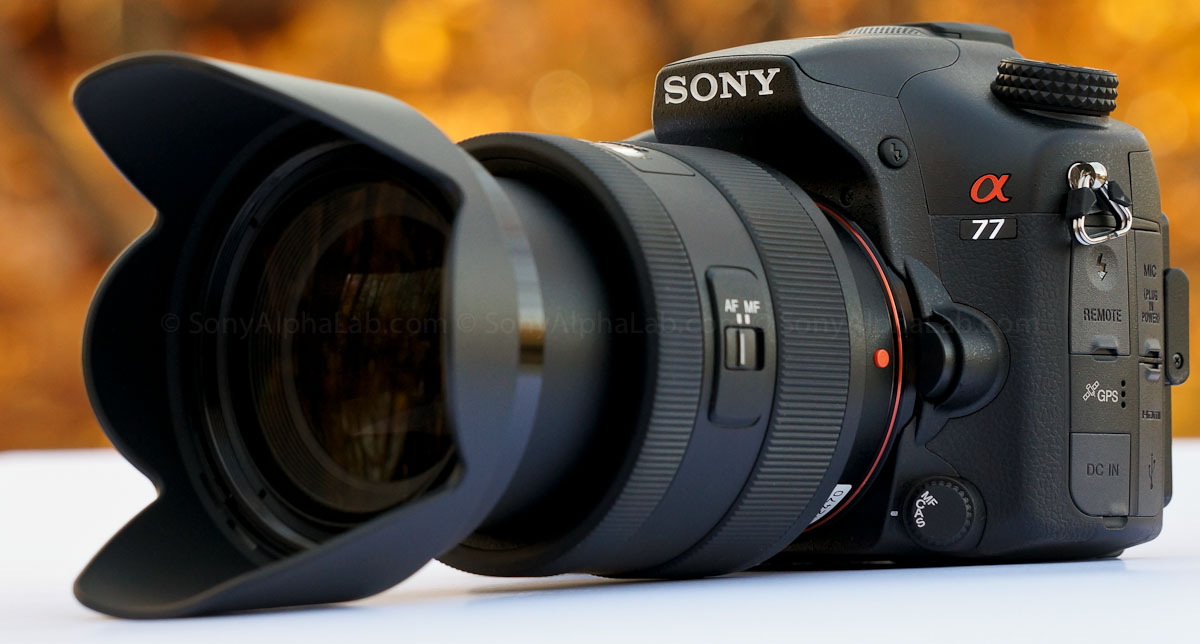
A closer look at the 16-50mm f/2.8 kit lens:
I also got the 85mm f/1.4 Carl Zeiss lens that came with the a580, so I took a photo with that lens mounted on the a77 as well. I had a weird focus issue with the 85mm f/1.4 and ended up having to make a lens adjustment inside the camera itself. It fixed the issue and more on that Back Focusing issue over Here>>
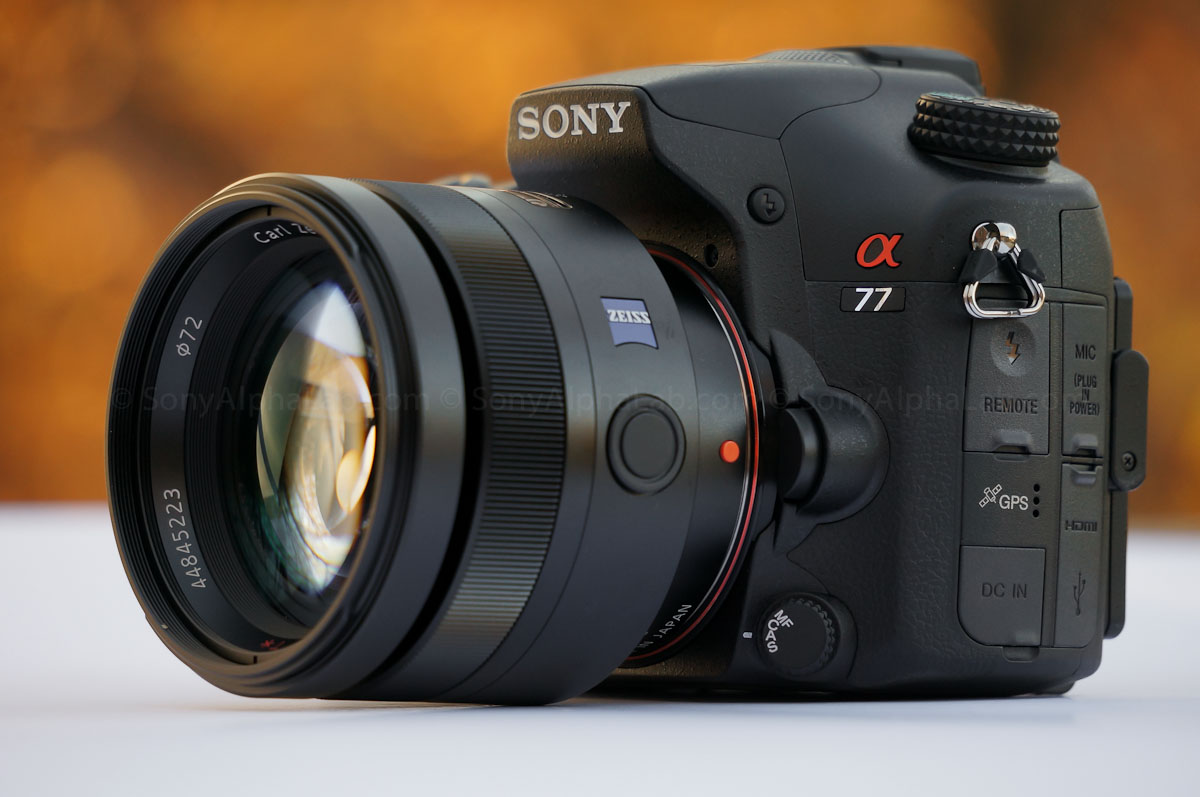
Build Quality and Ergonomics:
Moving on to build quality, the A77 is a nice step up from the A55, A35, and the A580. It should be for the price though. It feels much more solid than the other Sony models I tested so far and it’s much more on par with my Canon 40D. Not 5D Mark II rugged though. Size wise it fits in my hands great and the grip is excellent. There are tons of buttons so I can control everything while looking through the viewfinder, with no issues once I learned where the buttons were. A huge plus and welcomed benefit over the Nex style camera body. The A77 also has two adjustment wheels for quickly scrolling through settings. One in the front and one in the back. The adjustment wheels actually change functions depending on what you’re doing and/or what menu you are currently in. Sometimes both wheels do the same thing, and other times they do different things. Pretty nice set-up and well thought out Sony!!
Weather sealing is included so you can bring this camera out in some weather, but I would not go to crazy in that regard as I don’t with my Canon cameras either. Could be just me, but I’d hate to lose a camera do to shooting in the rain, because it claimed to be weather sealed. I would rather wait to take the shot or use an umbrella etc.. If you require a camera for shooting in the rain, I would not recommend this camera. Besides, I highly doubt and manufacture would give you a new camera if yours got wet and broke. That being said, the seams are tight and the tolerances are a nice step up in quality.
The LCD screen looks great, but the OLED viewfinder is incredible!! A huge improvement over the previous SLT’s viewfinders like in the a55 and a35. The dynamic range is now visible so you can see the highlight and shadow detail with much better accuracy and clarity. This made it much easier to get the correct exposure for me when shooting in tricky lighting like flowing water for ex.. The LCD screen articulates and rotates so you can get it in pretty much any position needed. It feels very sturdy and tight considering all the pivot points, so it stays put wherever you adjust it. Love the LCD Screen, but it’s tuff to see and use in the sun. That’s when you just use the awesome OLED Viewfinder instead and call it a day 😉
AF System:
The a77 uses Phase Detection Auto Focus which takes advantage of the translucent mirror by reflecting some of light upwards towards the 19 focus sensors. 11 of which are cross sensors which helps with both vertical and horizontal subjects. The focusing system works pretty good in bright contrast scenes, but struggles in low light more than I would expect. It also focuses right past small subjects sometimes which seems weird. Even if I’m using a specific focus point it will still focus right past stuff. Like leaves in a tree for example. It will focus right past the leaf in front of the focus point then come back and maybe lock on. It seems to get confused more than I would expect for such an advanced AF system.
As long as there is a human in the scene it can usually find something to focus on in Full Auto, but when you move to similar colors at different distances or a smooth surface with little contrast it just hunts forever sometimes. Based on the amount of sensors in this camera I would think the focus would be closer to my Canon 5D Mark II. I know they are on a different paying fields, but the focusing system on the 5D Mark II is not exactly great as far as Canon’s AF goes, and it’s relatively old. Perhaps the actual sensors themselves are of a different quality? Or I was thinking maybe the ~30% of light being reflected up towards the sensors is limiting the AF System a bit on the A77? I honestly don’t know and can’t find the answer anywhere, but I’m still doing re-search on this 😉
Menu System:
Sony went with a standard menu system on the a77 and I think that was a smart move! The picture influenced menu’s of the Nex cameras although easy to figure out for beginners can be a bit slow in comparison. The standard menu simple has tabs on the top from left to write divided up into categories that make sense. You can use either navigation wheel to scroll through the menu options in no time. Great job Sony!! Playback of photos is a tad bit laggy, but the firmware upgrade improved this significantly.
Battery life:
Overall the battery life is pretty good on the a77 compared to the any of the Nex cameras, the a35 and a55 which all use a smaller battery. Compared to my Canon 5D Mark II it’s realistically about half the life I would say. I didn’t actually time it or anything, but I use the cameras a lot the OLED and LCD screen both drain the battery quick. I would definitely carry a few spares with you on a day trip if you do a lot of shooting or video!!
Image Quality in the Real World:
I did extensive real world testing with the Sony A77 and took 1000’s of photos and lots of video in all sorts of scenarios looking for faults and seeing how the Sony handles things in comparison to my Canon gear and other Sony cameras I’ve tested so far. Out of the gate I was very impressed!
Raw Image Files:
The image quality when shooting Raw is outstanding at ISO 800 and below. Beyond that it’s pretty noisy and you will need to reduce the noise a bit in post processing. Adjustments in Lightroom to the raw files are taken well and you can push it pretty far before noticing banding and other issues. Coming from Canon I must say the Sony sensors are better in the Highlights department for sure. The detail is retained in the highlights better than my Canon 5D Mark II. In the shadows the A77 also does a great job retaining shadow detail and when using the Dynamic Range Optimizer you can really lighten up the shadows a lot!! DRO is set to Auto by default on the A77 just so you know. I tuned it off for most of the time though.
Lets move on to some real world images and will get more into specifics about image quality as we go through them.
For starters lets focus on the dynamic range of the 24.3 megapixel Exmor™ APS HD CMOS sensor. Check out the excellent highlight detail on Sadie’s white fur in direct sunlight. Also be sure to Click on the pics for a larger version!!
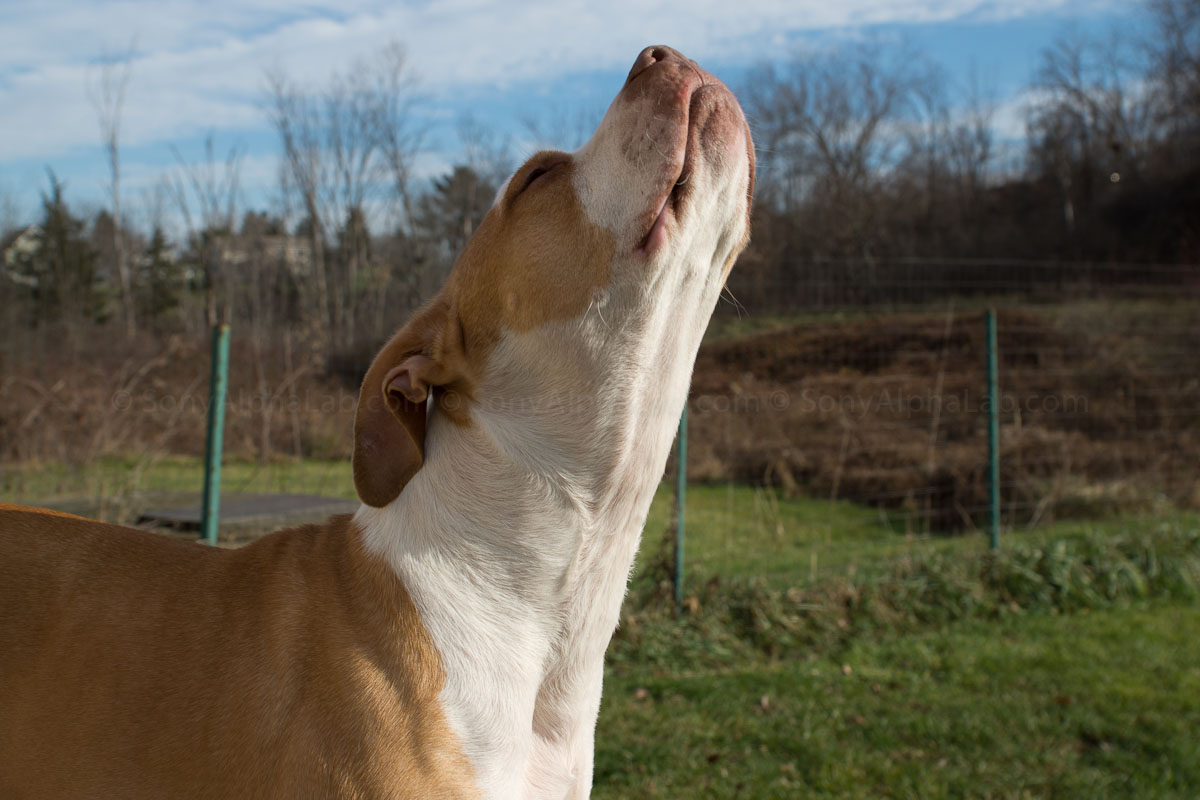
Here’s the Histogram of the Raw file from Lightroom 3 showing all the info captured in the Shadows and Highlights. Excellent Dynamic Range!
A closer look at Sadie’s white fur and Highlight Detail
Here is another scenario with extreme dynamic range. Again the Sony a77 performed very well on both fronts especially in the highlights department. The shadows did clip a bit in the lower left, but that is easily recoverable in Lightroom if you shoot raw. The 16-50mm kit lens also performed quite well despite all the negative press I’ve read over the past few weeks. Perhaps I got a sharper version than some others or maybe a batch was let out mis-calibrated?
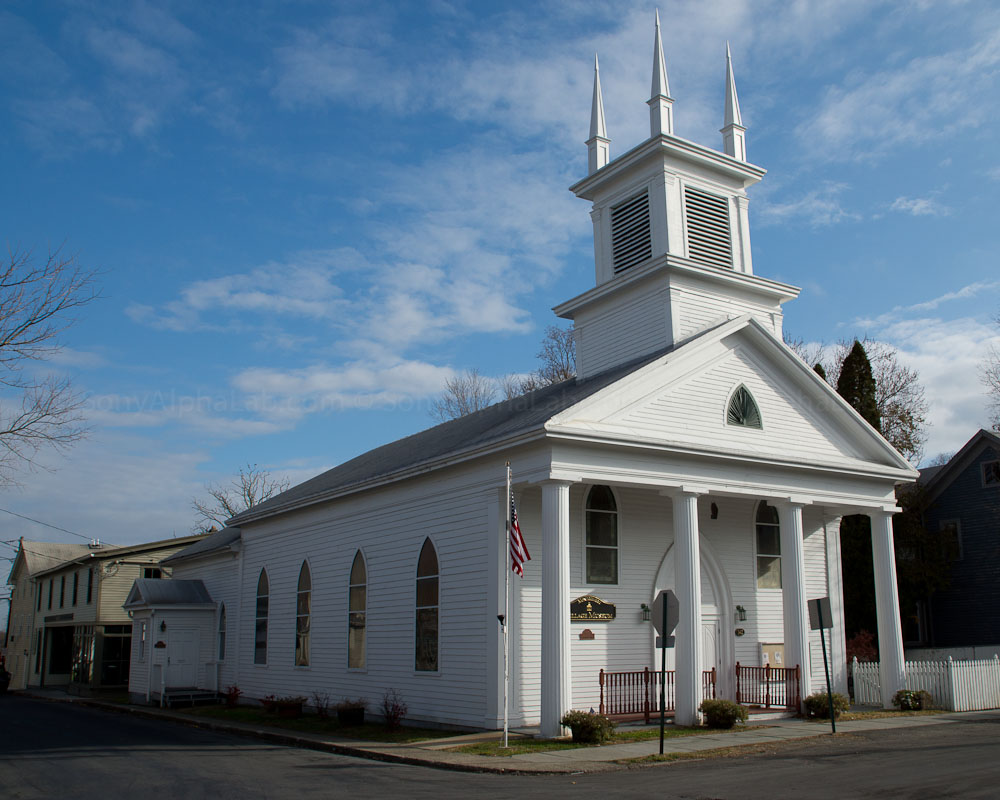
Here is another scene from the same town with some serious dynamic range. I would normally shoot these scenes using HDR if I was using my Canon 5D mark II, because it would probably clip the highlights. To be fair I did not measure the dynamic range so the 5d mark II may have been able to handle the scenes. The Sony a77 can handle the dynamic range no problem though and notice in the histogram how it protects those highlights.
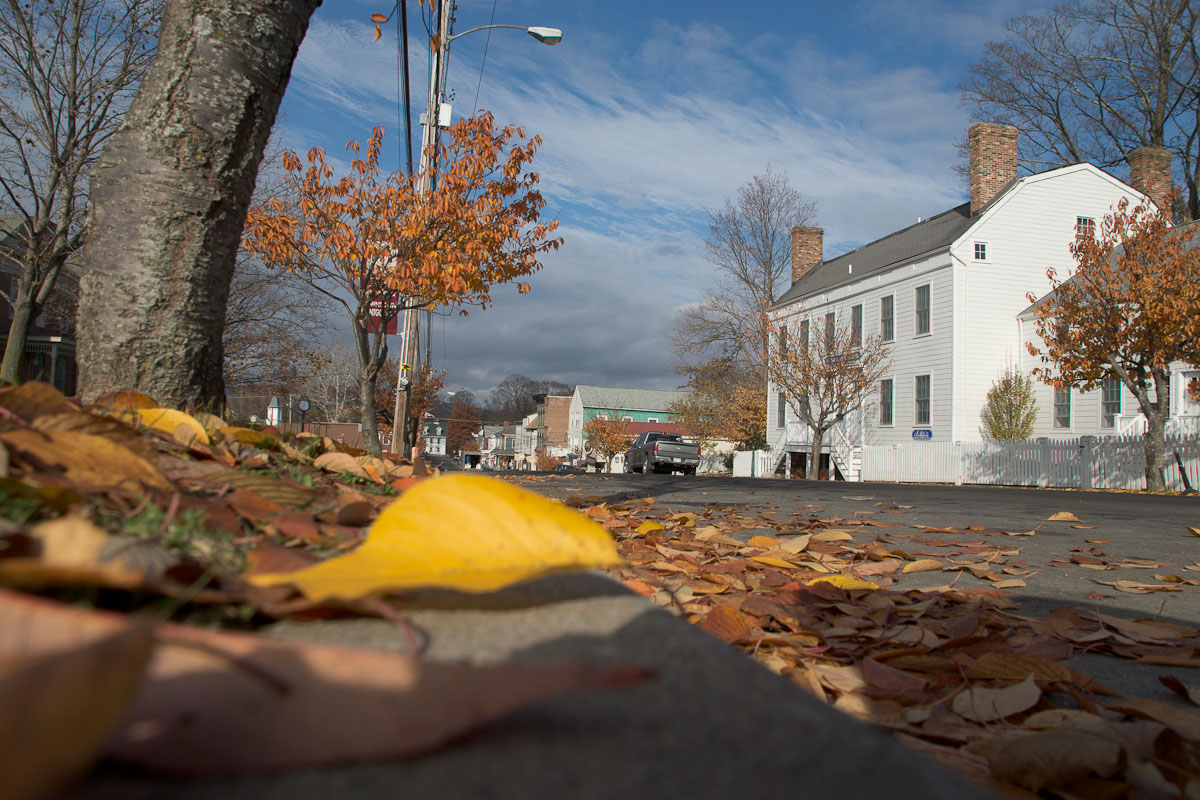
Having some fun before work I managed to get a bunch of photos during the Golden Hour 🙂 I really like the vibrant colors that the Sony Alpha 77 pumps out. The depth of field and bokeh with the kit lens is also not bad at all in my opinion. Even at f/3.5 in the image below it’s very sharp in the center where I focused and the highlight detail is still retained in the out of focus extremely bright background on the left side. Check out the histogram and you see the reds just barely clip and the blacks clip a bit more on the shadow under the fence cross member. I shot this image Raw so I could easily recover the slightly clipped areas, but it’s fine for my purposes in this review.
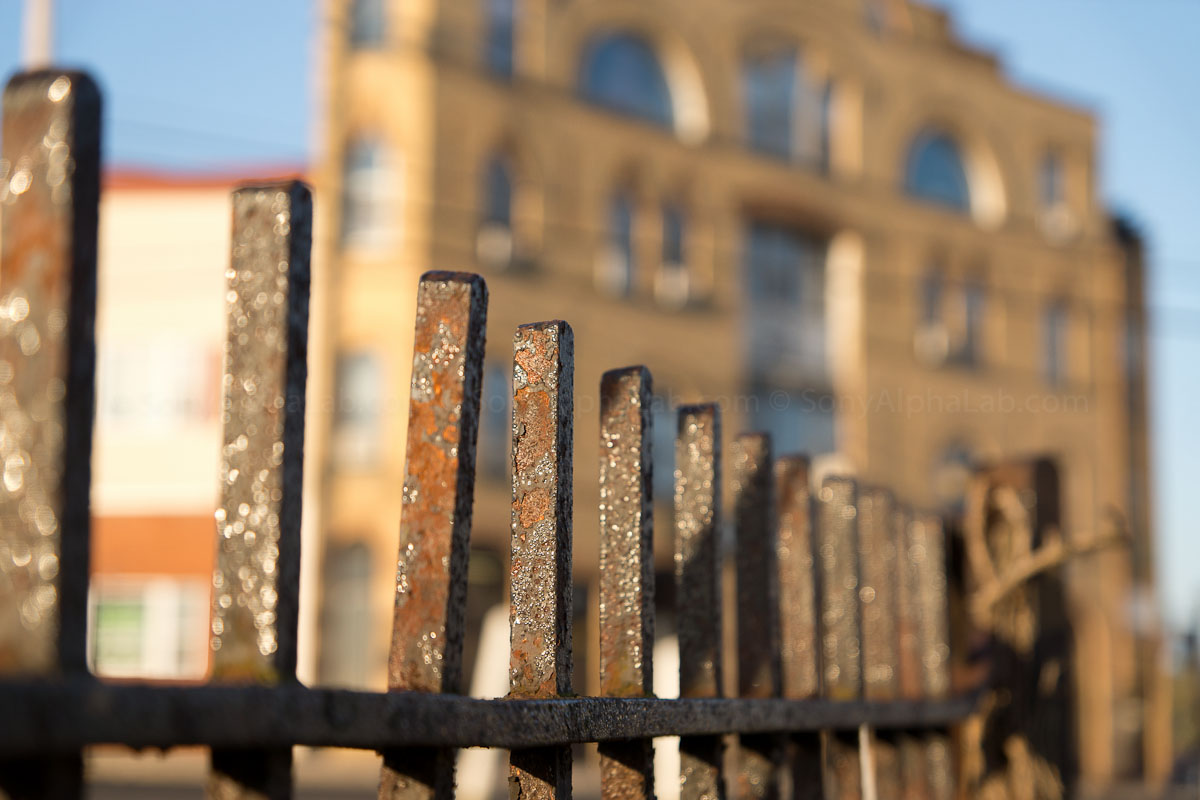
There is a little bit of noise in these raw files even at ISO 100, but there is no noise reduction applied at all so it’s really not bad at all in my opinion and about the same as the Canon 5D mark II. I remember when I first got that camera and saw the noise at ISO 100 I was like what the?? However, when shooting raw you need to post process at least somewhat, so keep that in mind. These images have the default Adobe raw profile applied as they were imported into lightroom 3, so they are technically processed to some degree similar to the jpeg images, but it’s in a non destructive way. In Lightroom you can actually zero out your raw file if you like, but it looks really flat and dull. Adobe engineers do a great job and you can always tweak the settings as needed.
Moving on check this fall foliage color and Bokeh out. The 16-50mm f/2.8 lens is also notable sharp at f/8 and 50mm.
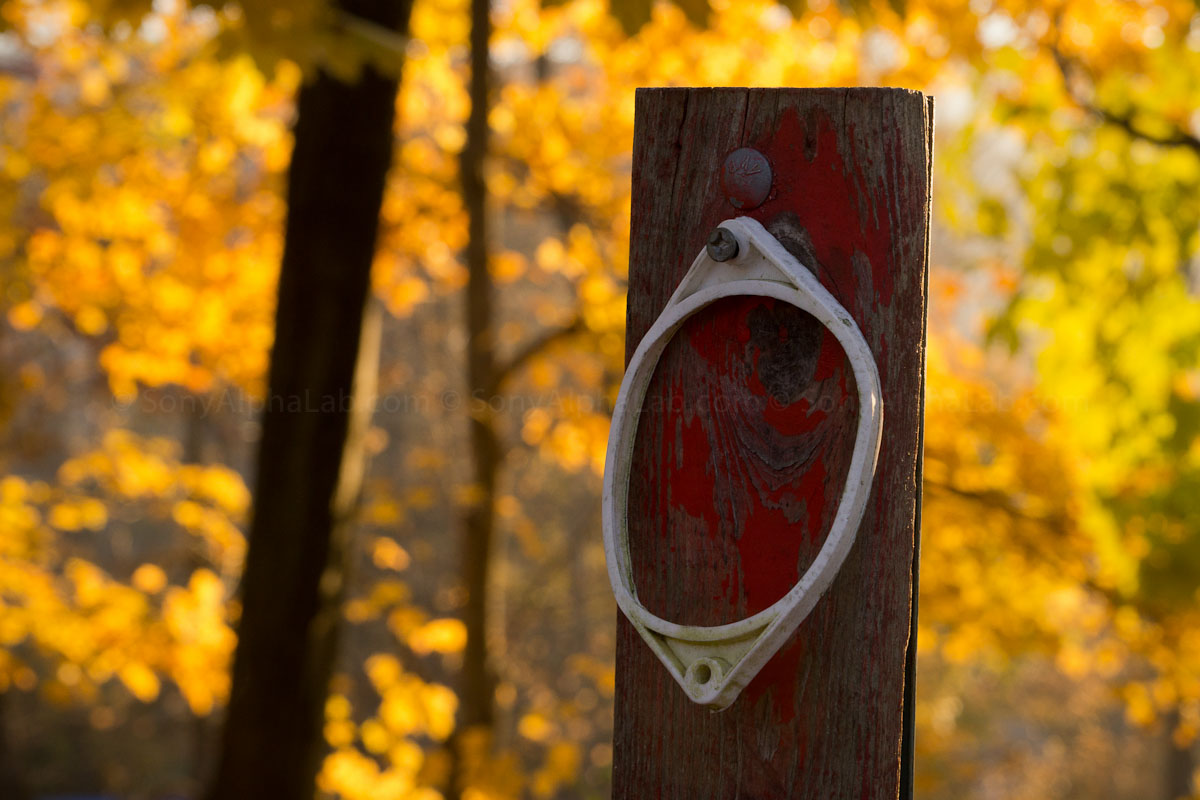
Sharp at 100%!!
This is a cool old gear mechanism used for something back in the day, but I have no idea what for. In any event it has great textures and colors so I took a few different angles in the early morning.
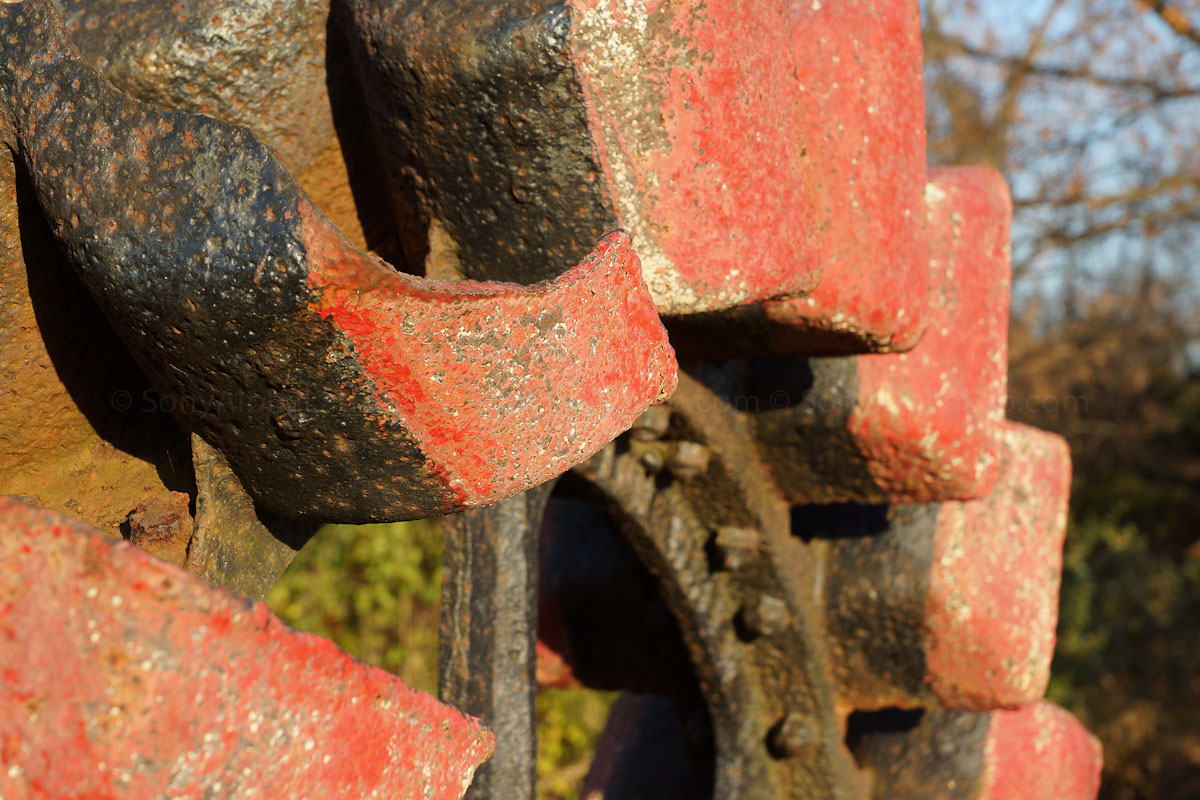
Sharp at 100%!!
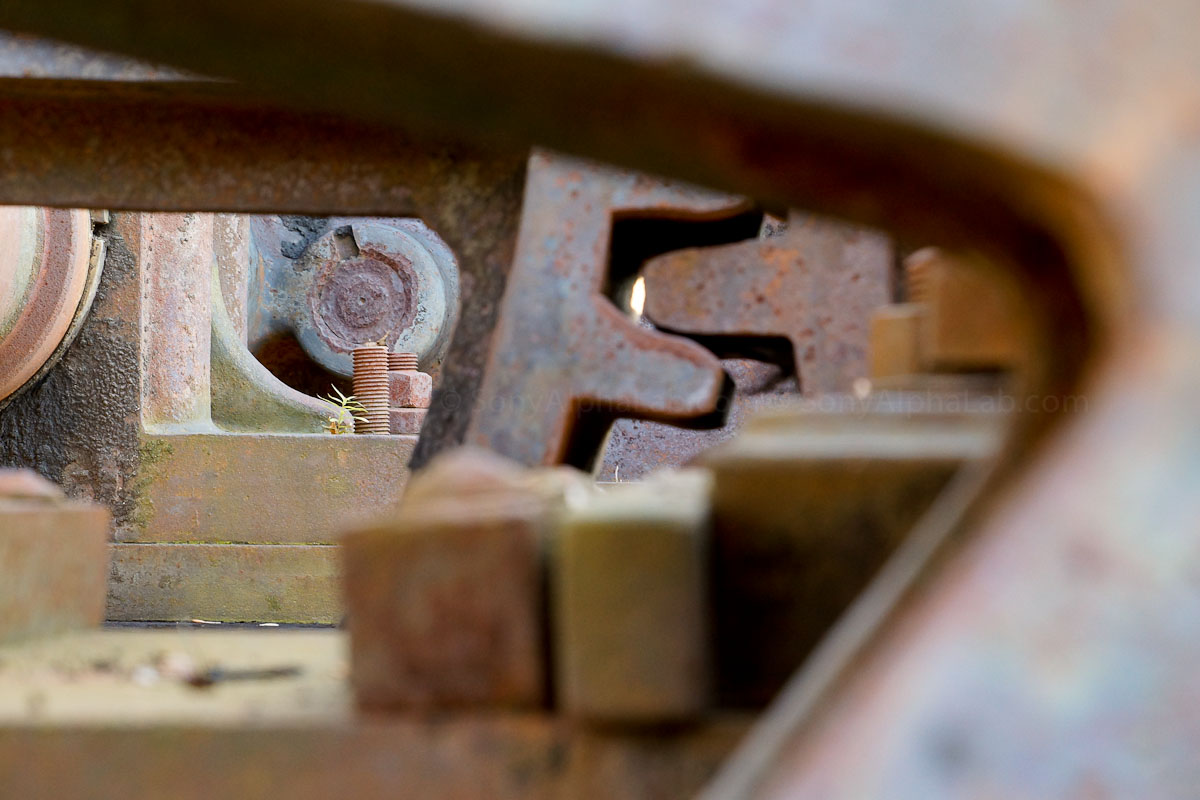
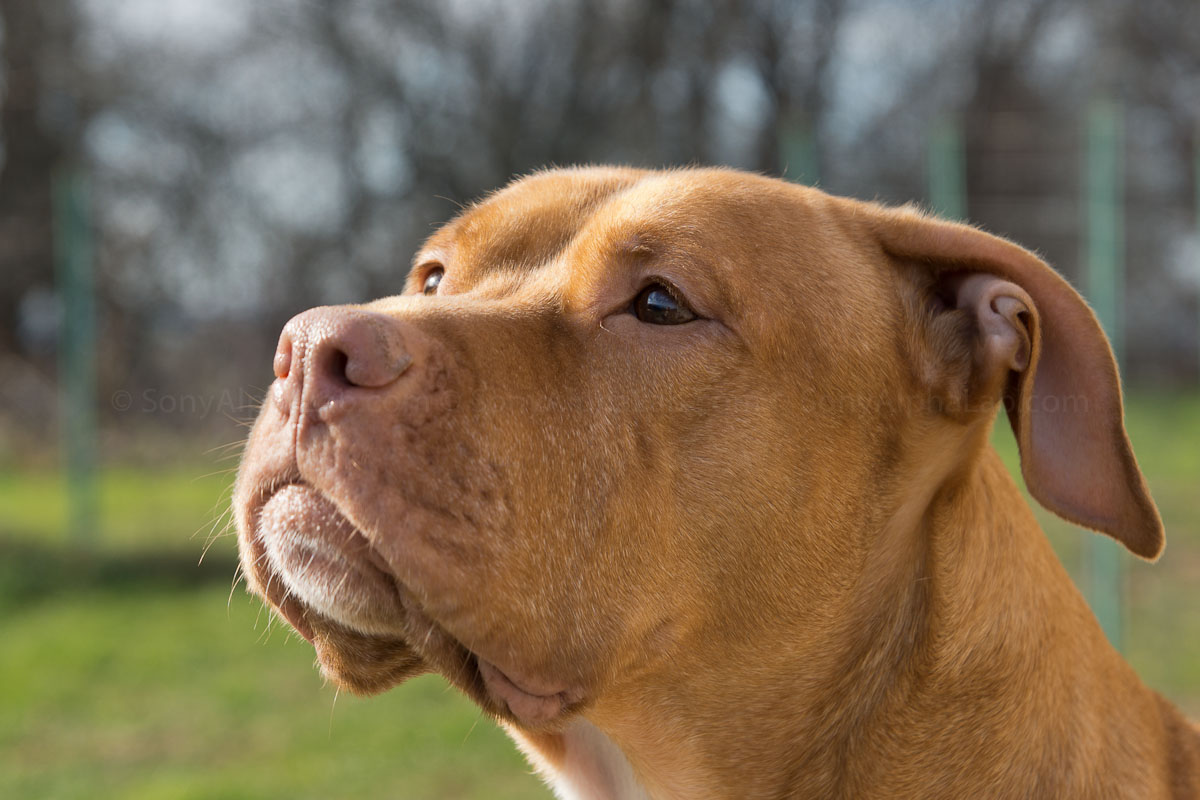
Pretty sharp at 100%
A cool water scene from just down the road. I took some video from here as well you’ll see in a few minutes 😉
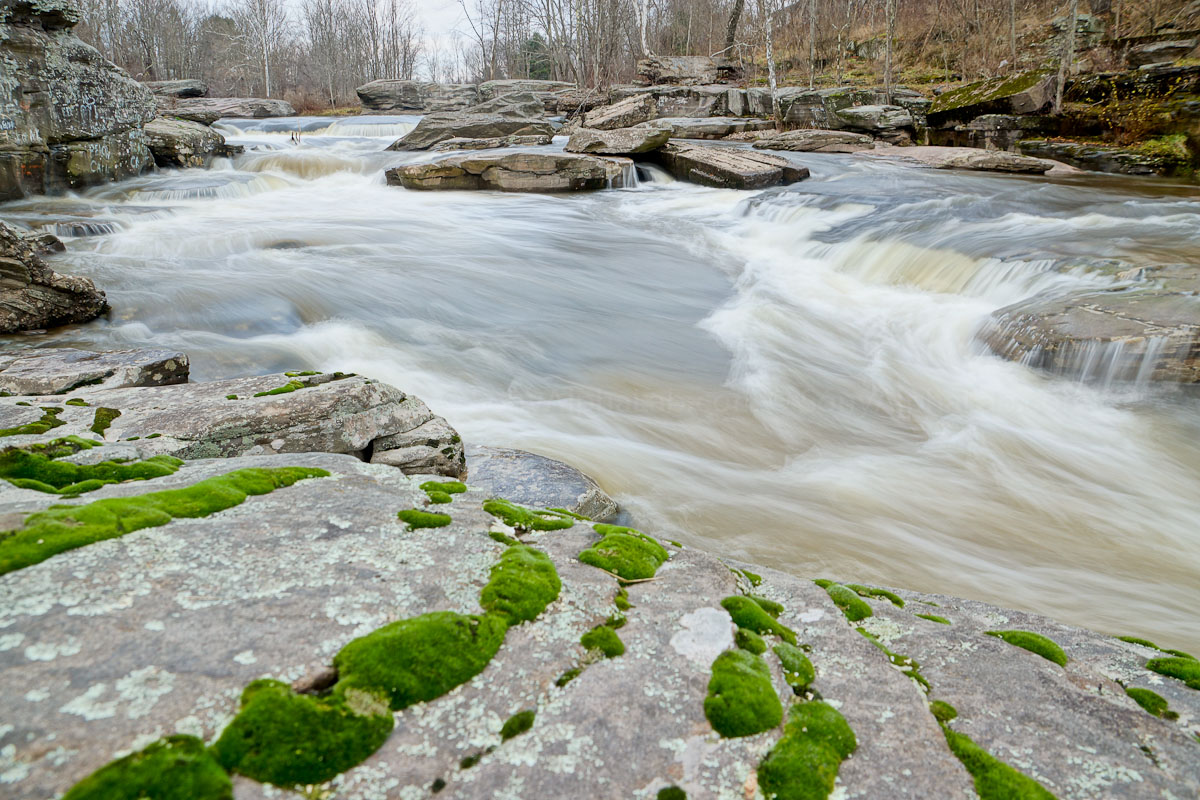
When using the Carl Zeiss f/1.4 85mm lens the A77 image quality really steps up a notch in sharpness, color, and contrast. Although I did have a focusing issue with the 85mm lens I was able to correct it using an awesome feature called AF Micro Adjustments. The lens appeared to be focusing about 1/8th of an inch or so behind and was not very noticeable unless your shooting at the minimum focus distance and shooting wide open at f/1.4 like I want to do 😉
More importantly check out some of these sample pics with the 85mm and be sure to click the images for a nice large version.
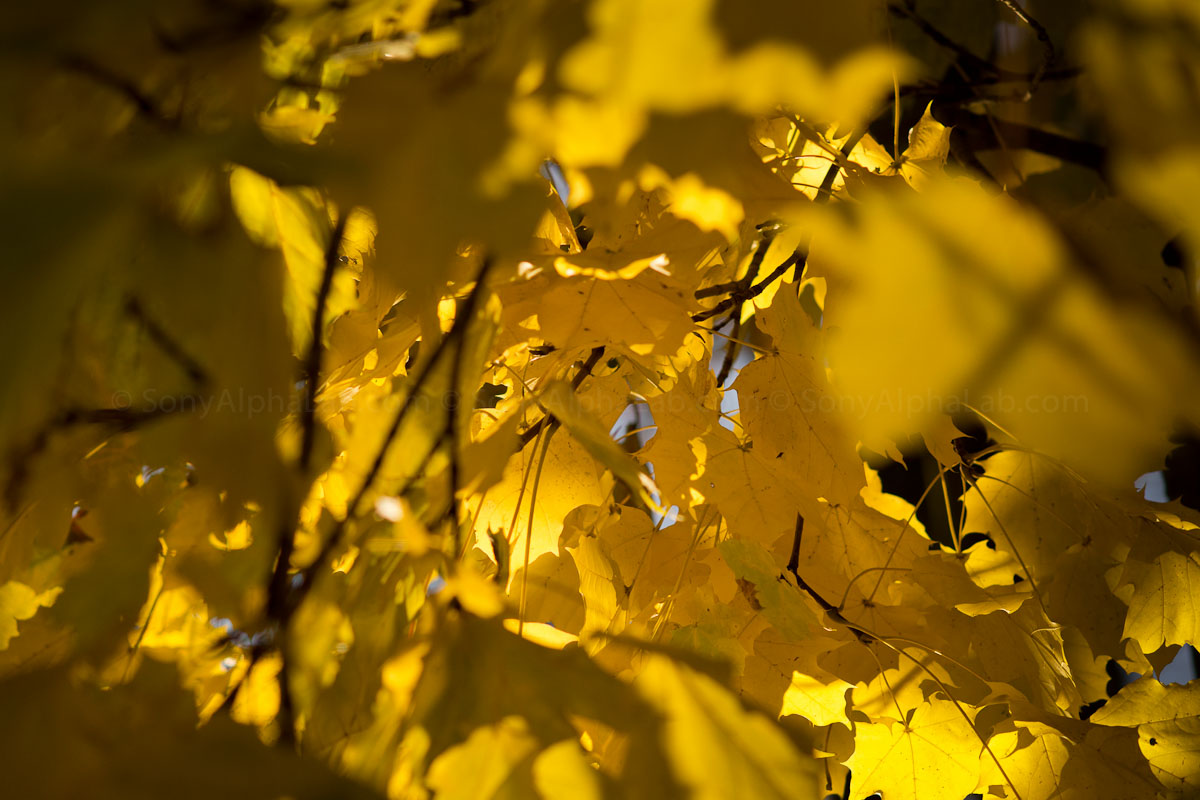
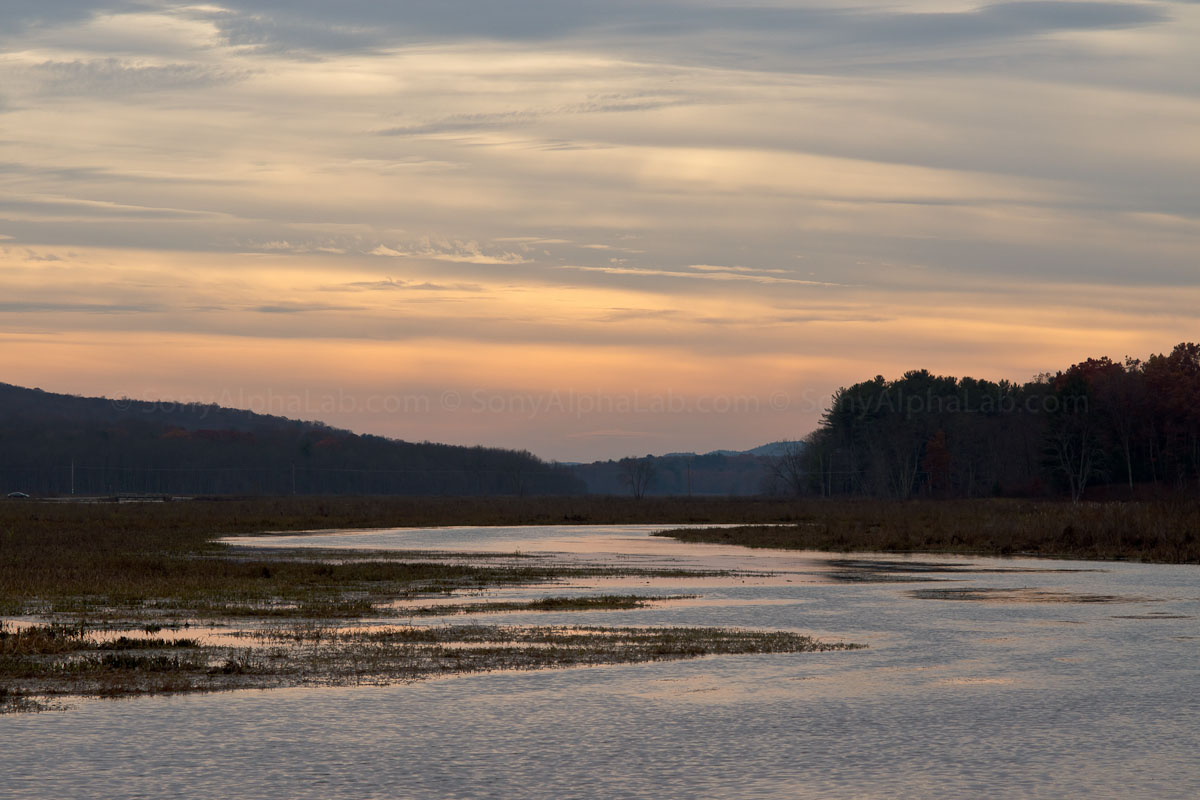
Notice how well the a77 resolution holds up in this 100% crop below. There is definitely some noise in between the trees and stuff, but that car was over 1/2 a mile away so I think there was some haze and or fog influence as well so I’m still impressed.

The 85mm wide open at f/1.4 in direct sunlight performs pretty well on the A77 as well. There is some noticeable purple fringing on the specular highlights visible in the 100% view version below around Chub’s eye.
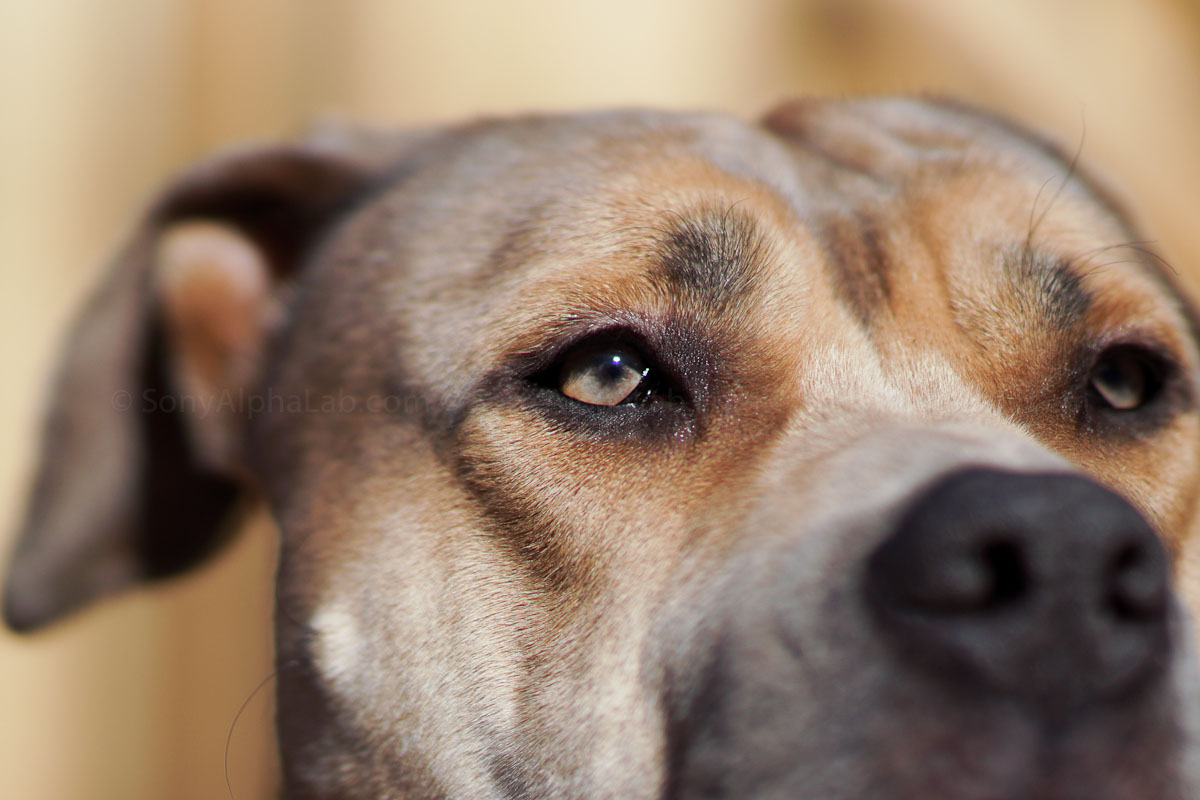
The Carl Zeiss 85mm f/1.4 lens really is a nice piece of Glass! Just look at how sharp this raw picture of my Dad is at f/4 below:

Special note about the Jpeg image files:
When shooting in Jpeg mode the camera in my opinion tended to over processes some of the images. I noticed this on the Sony A35 and Nex-5n as well, but the processing seems significantly more aggressive on the A77. Both Sharpening and Noise Reduction look overdone to me when viewing at 100% in Photoshop. They do however look great at normal viewing size. Shooting raw solves this problem as you get to develop the photos yourself, but the file sizes are a bit larger, so it may slow down your work flow a bit. Totally worth it though IMO as jpeg files in general stink compared to raw files for a laundry list of reasons.
Some of the a77’s advanced shooting modes require you use jpeg mode only, and the camera will kindly tell you every time that you can’t use this mode in Raw etc… AutoHDR, AutoPano, Handheld Twilight, and Multi-shot NR(noise reduction) all require jpeg mode.
The New firmware did tweak the jpeg files a bit, but my thoughts still holds true in my opinion.
A Few More Real World Sample Photos
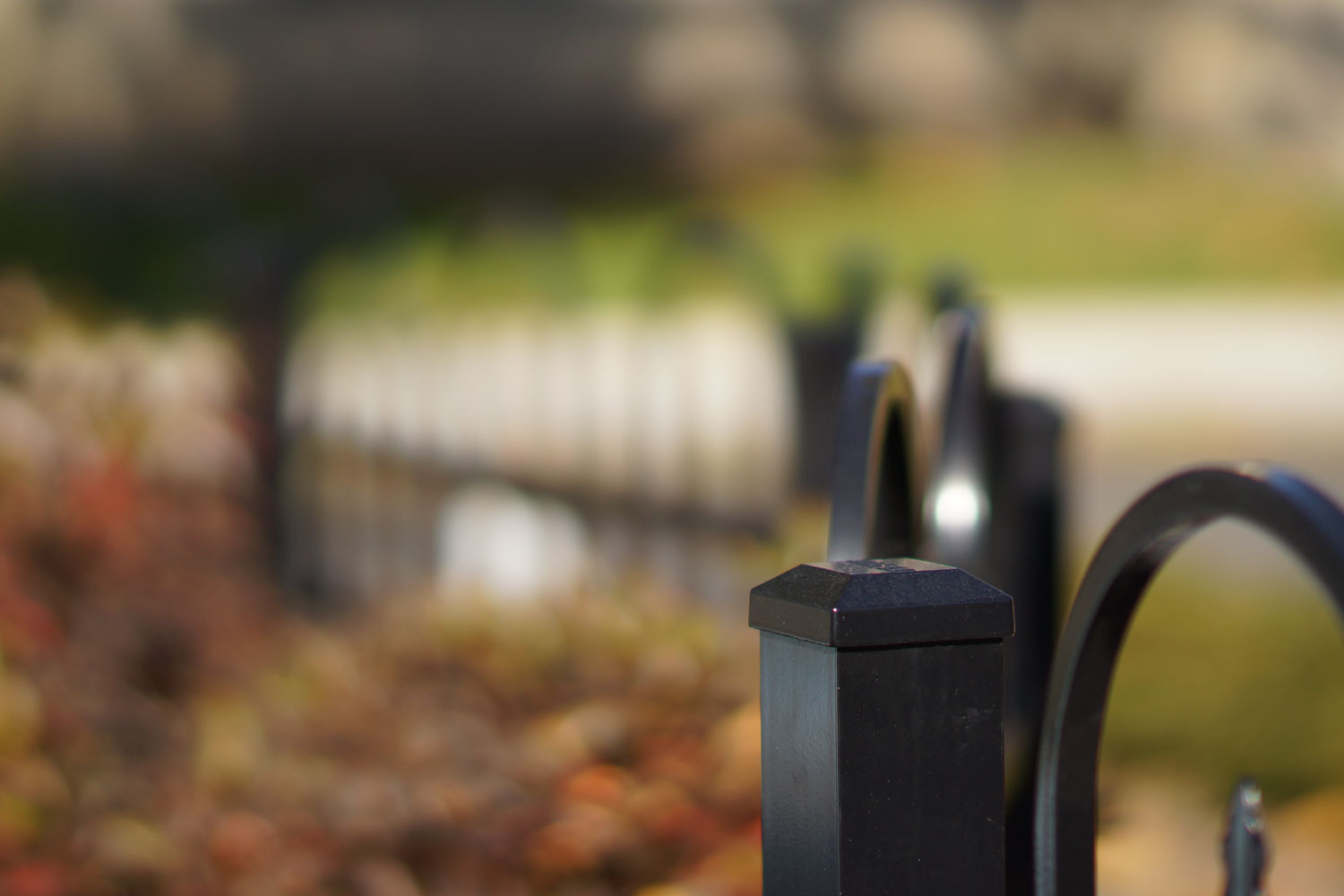
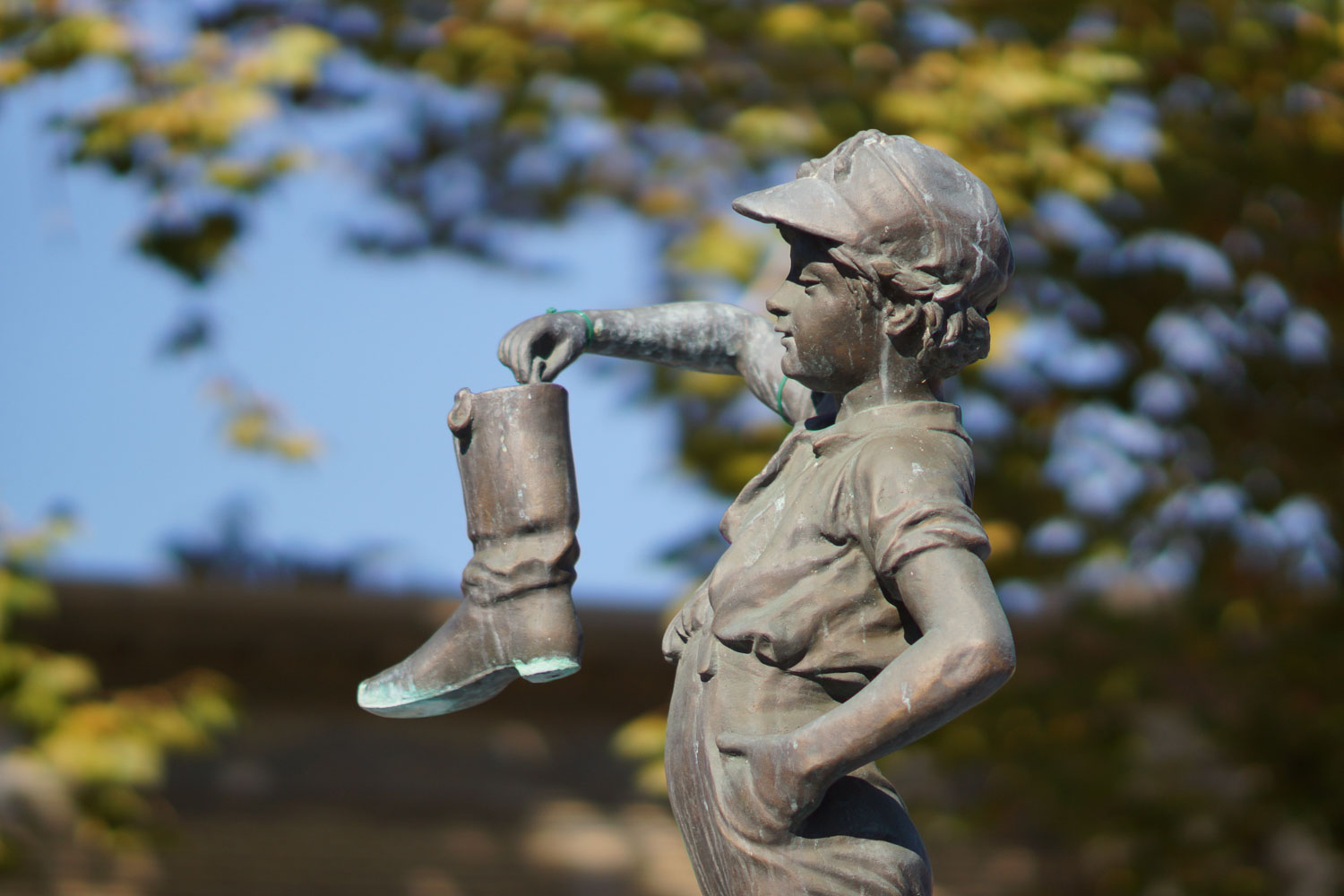
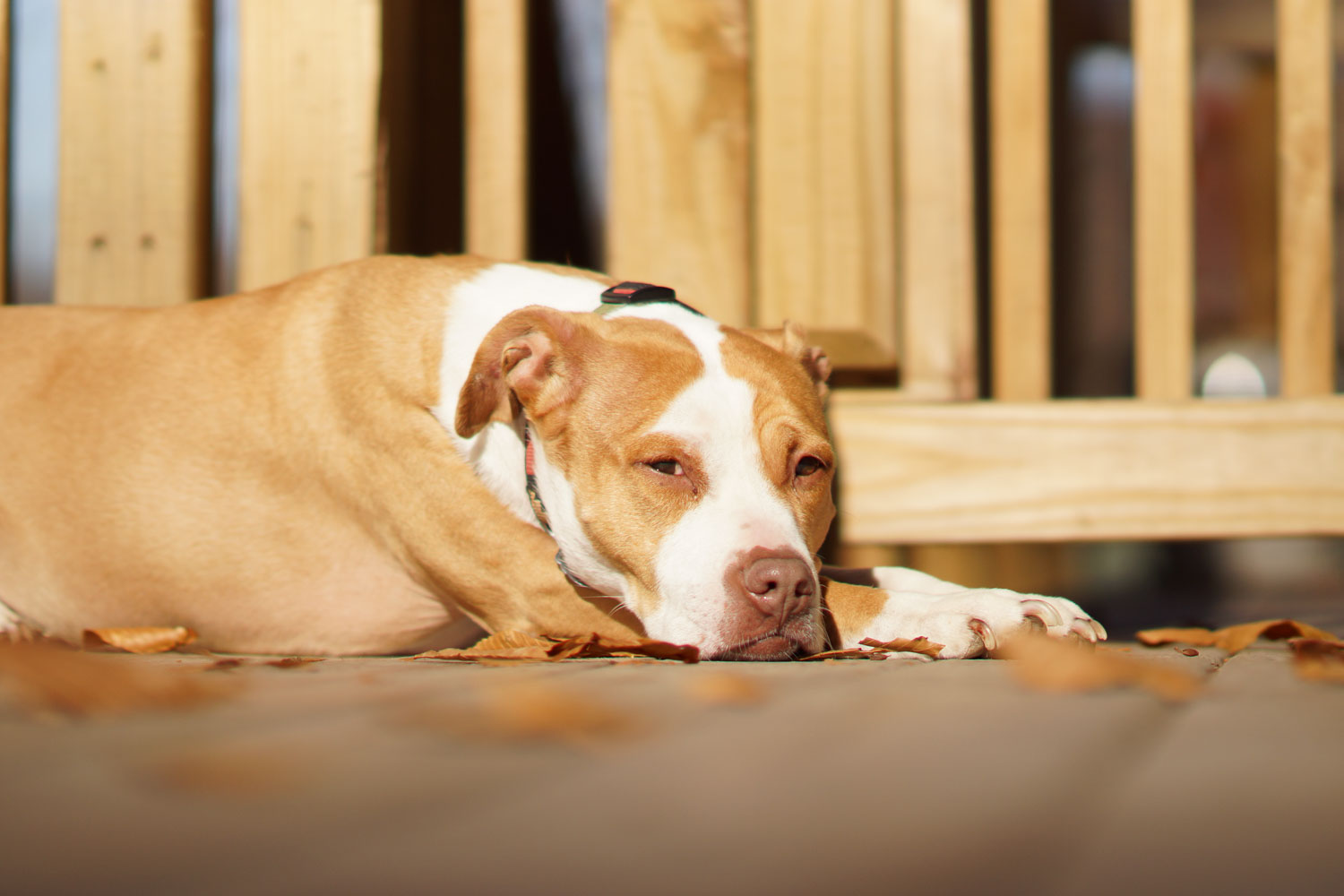
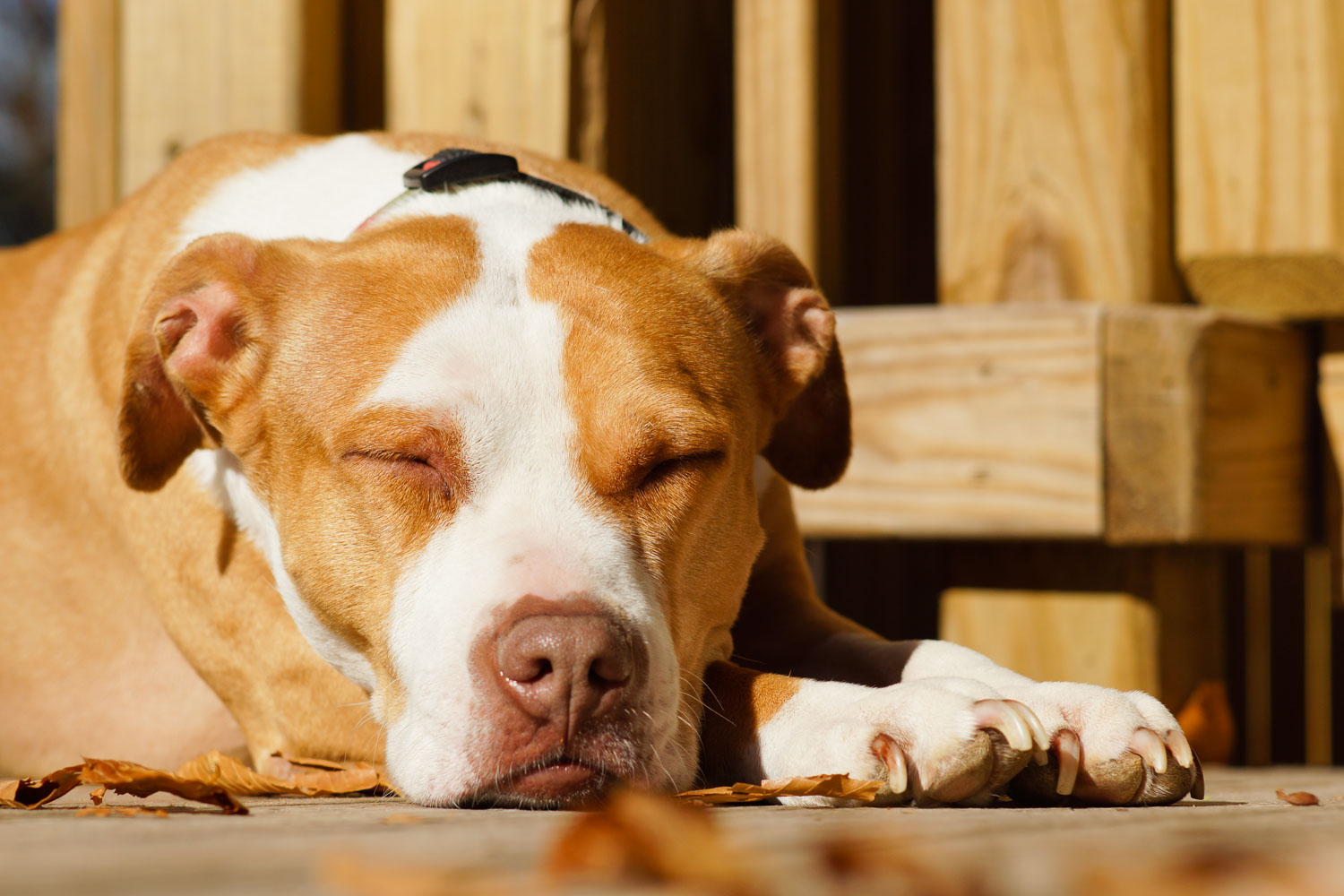
Sony Alpha 77 – Sample Photos 
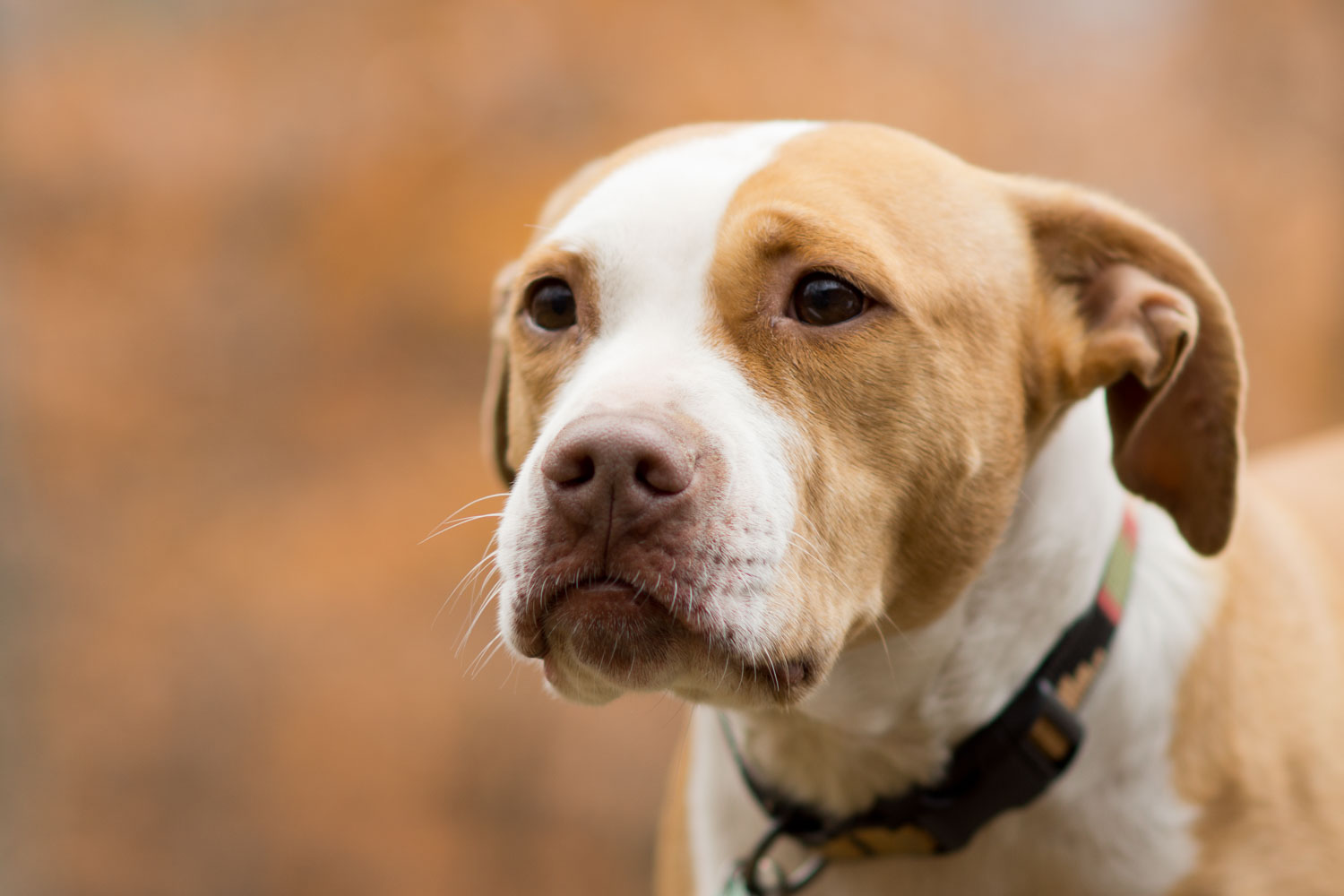
Sony Alpha 77 w/ 16-50mm f/2.8 Kit Lens – Sample Photos 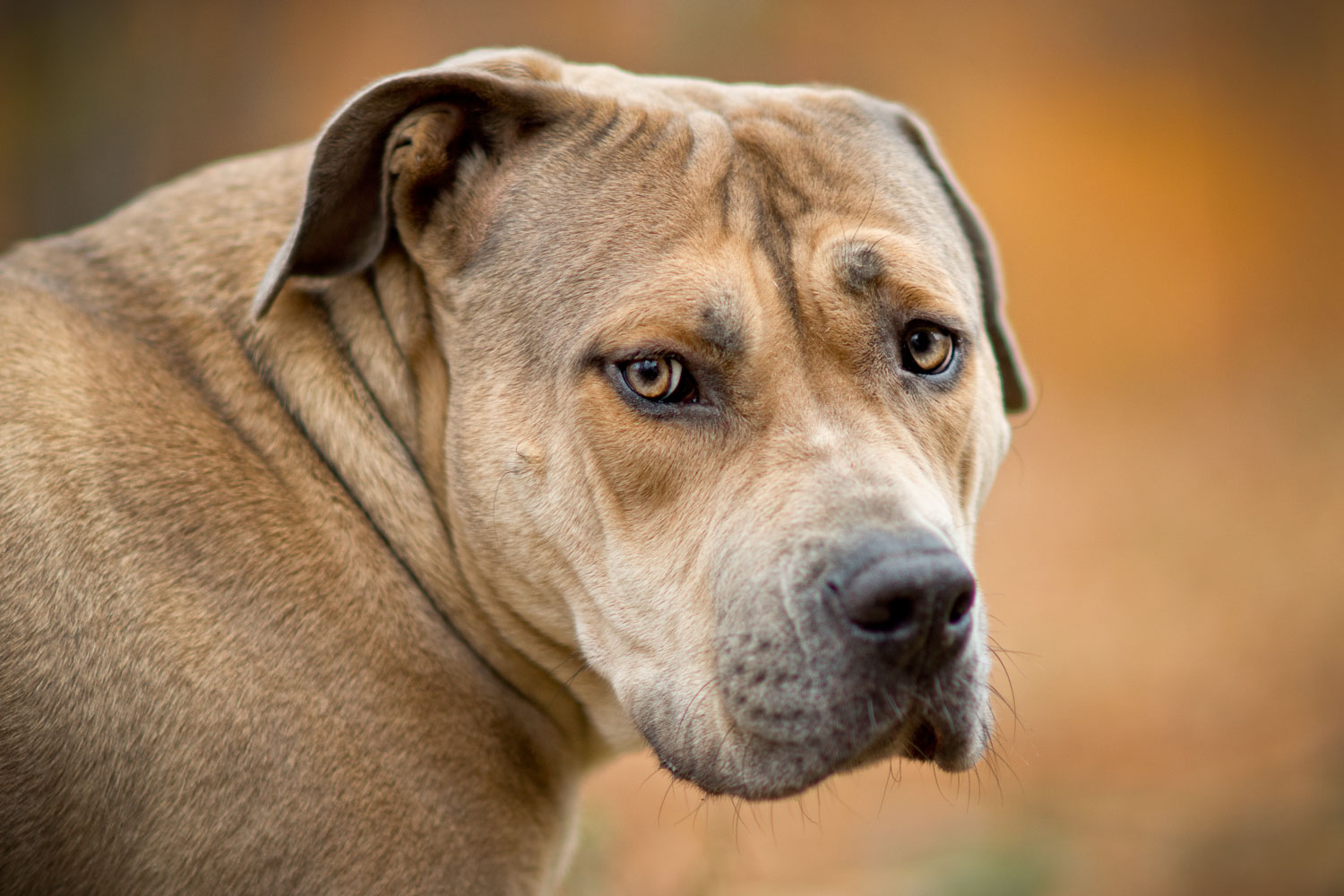
Sony Alpha 77 w/ 16-50mm f/2.8 Kit Lens – Sample Photos 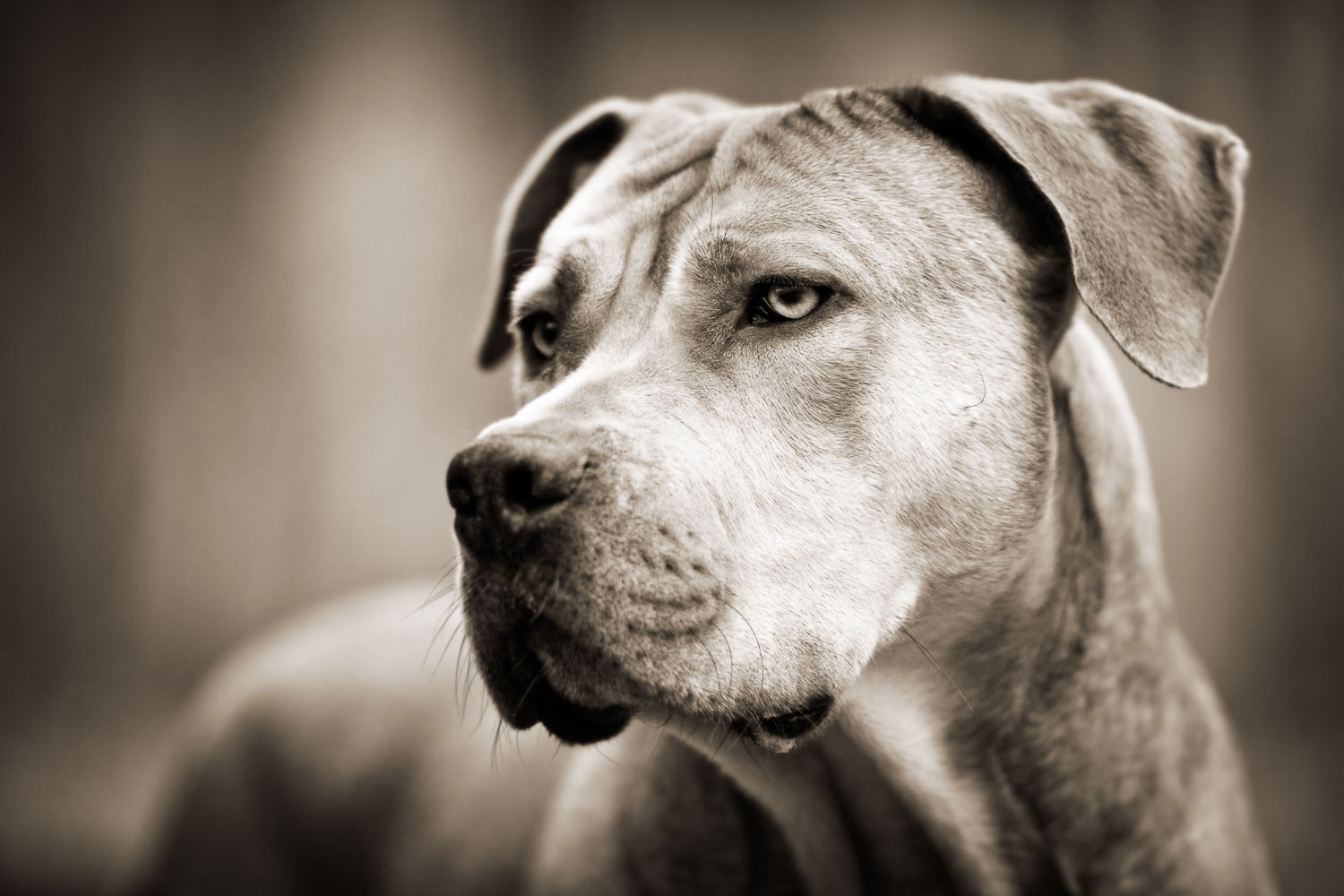
Sony Alpha 77 – Sample Photos 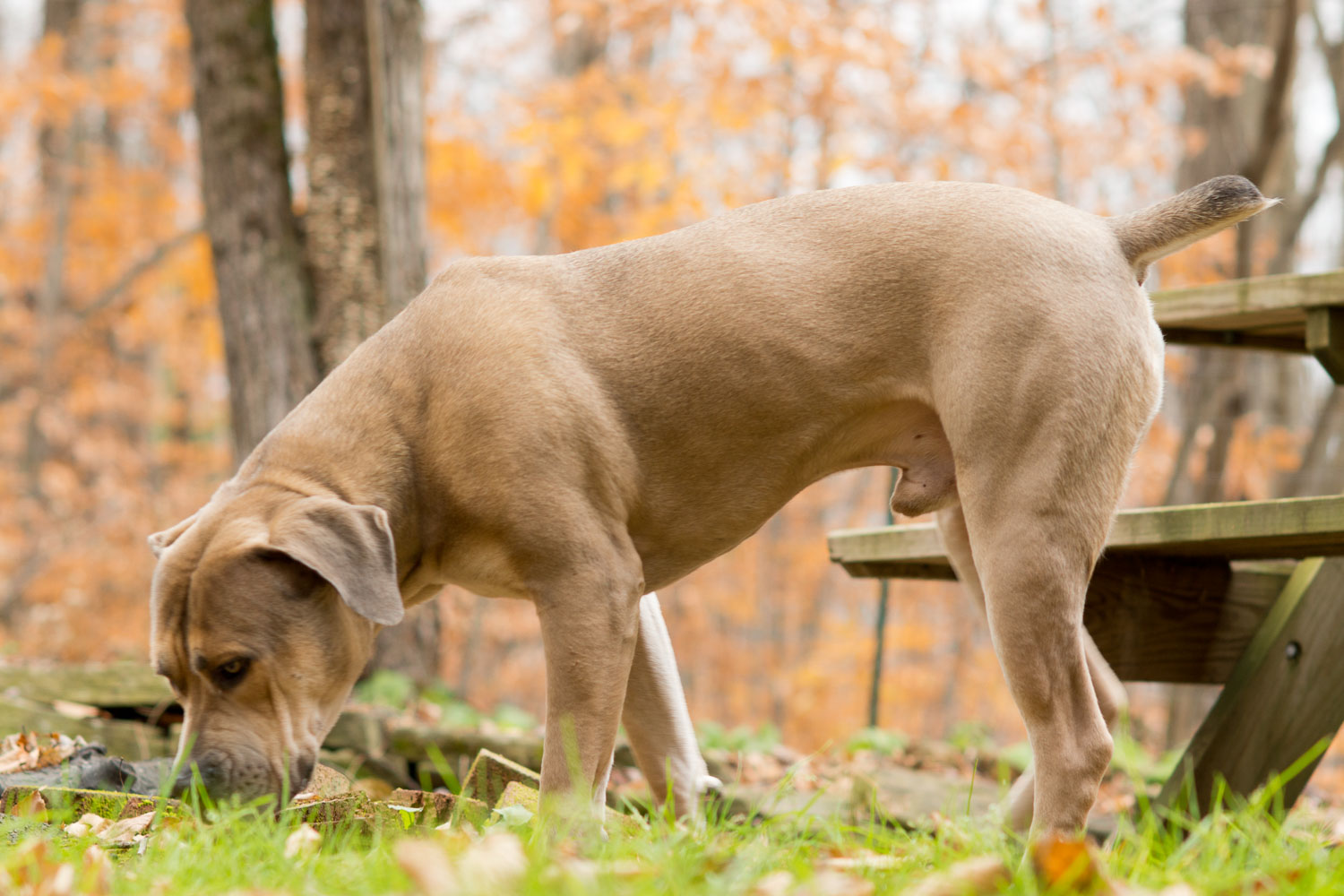
Sony Alpha 77 w/ 16-50mm f/2.8 Kit Lens – Sample Photos 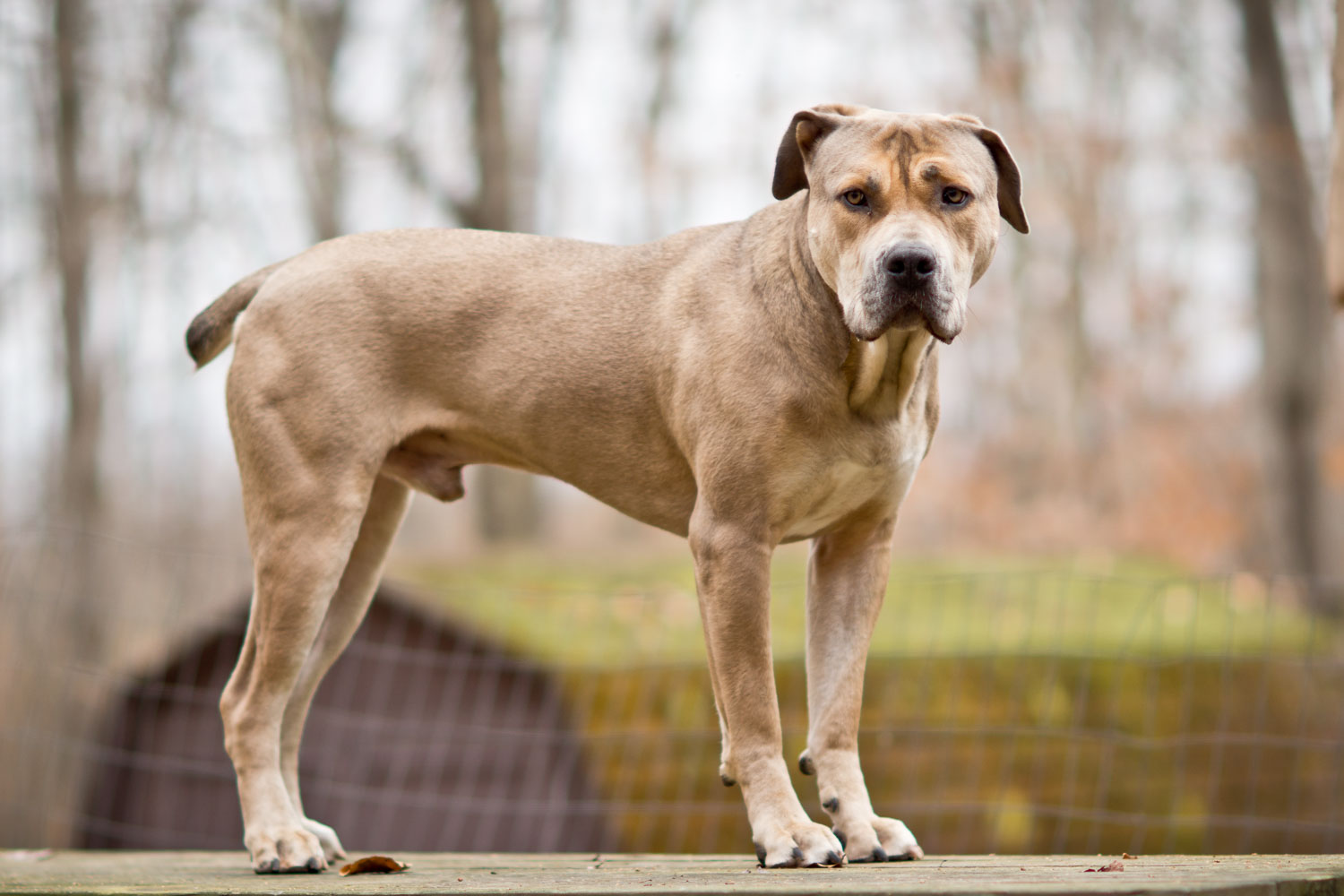
Sony Alpha 77 w/ 16-50mm f/2.8 Kit Lens – Sample Photos 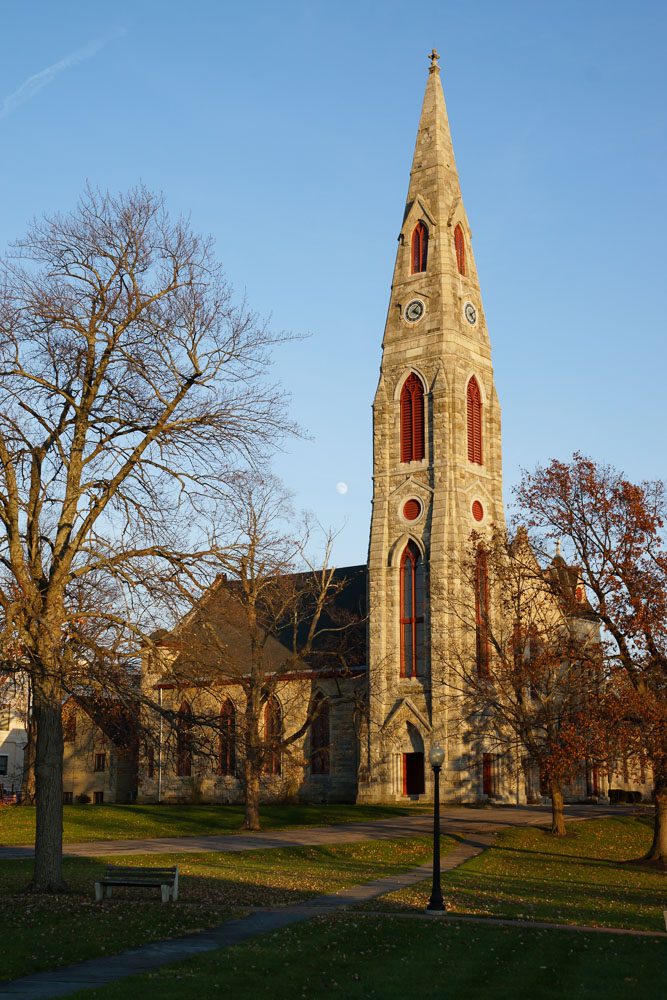
Sony Alpha 77 – Sample Photos 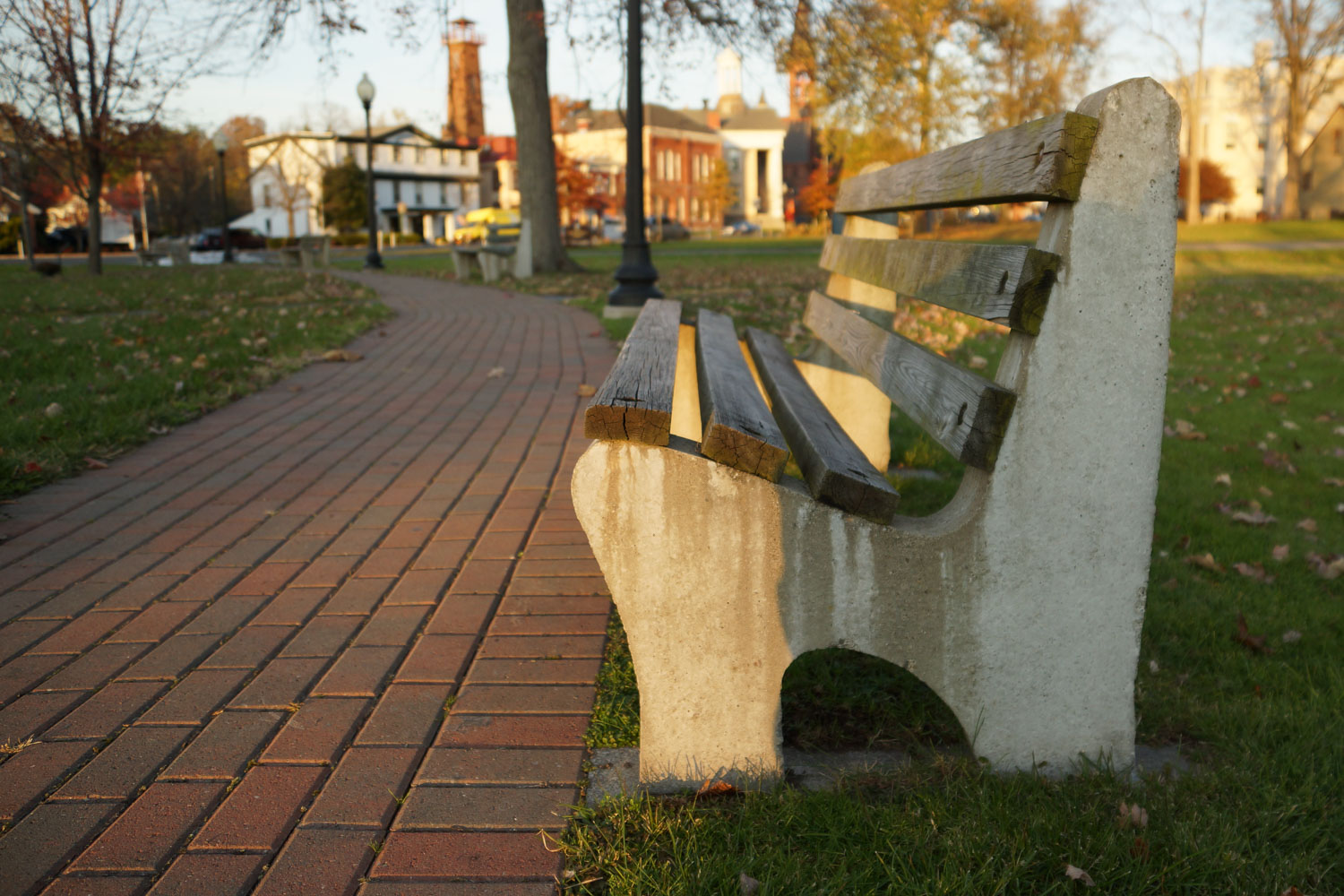
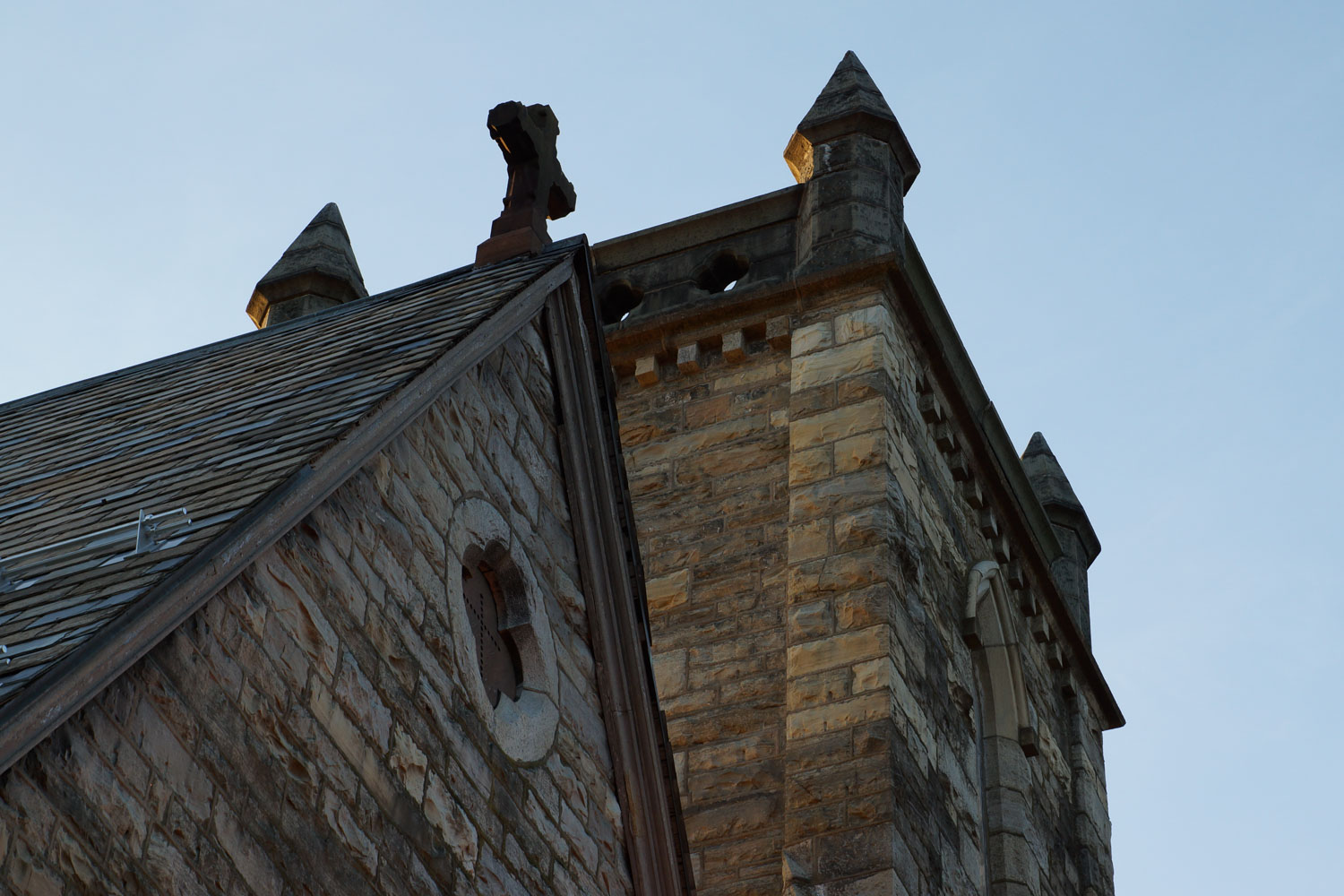
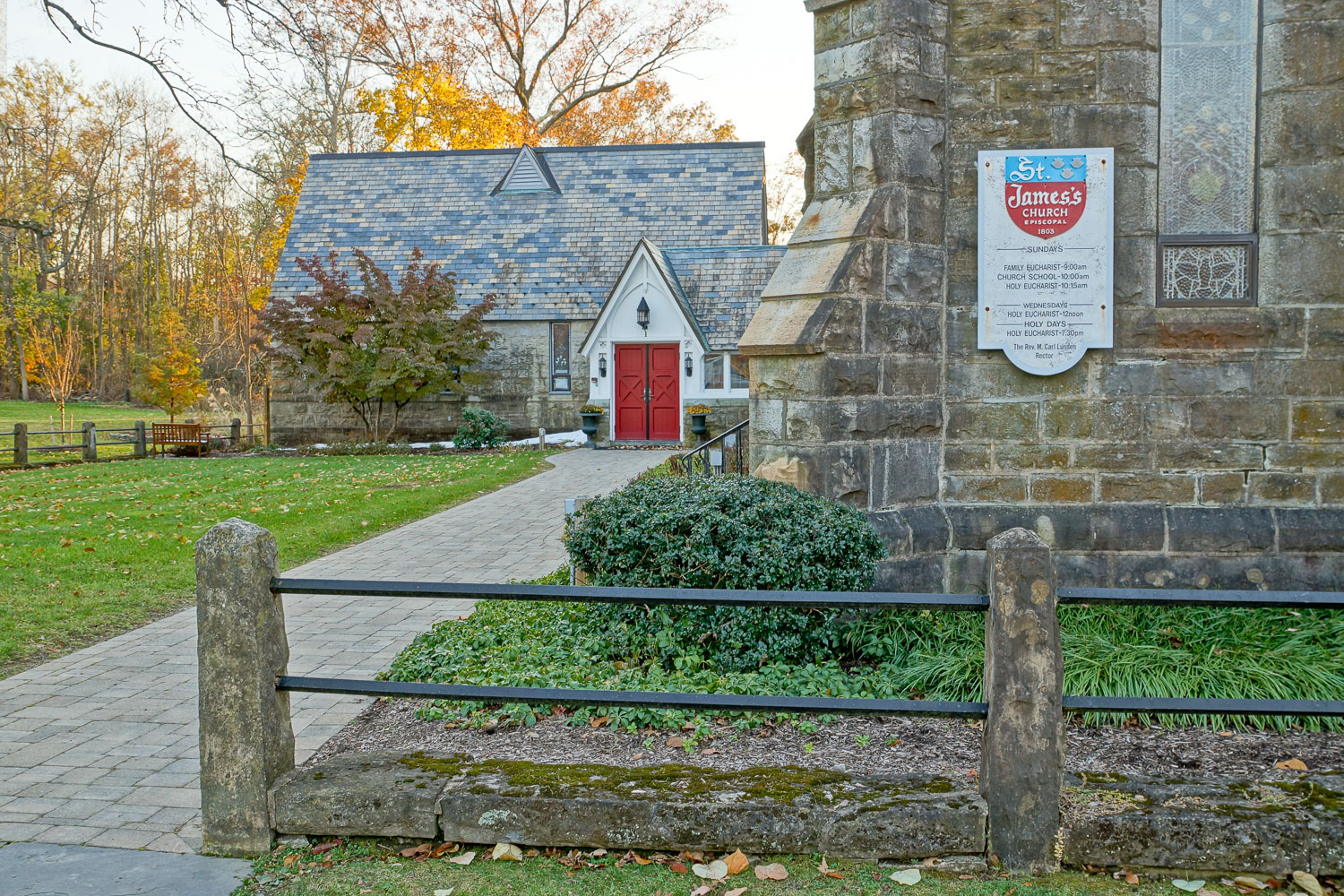

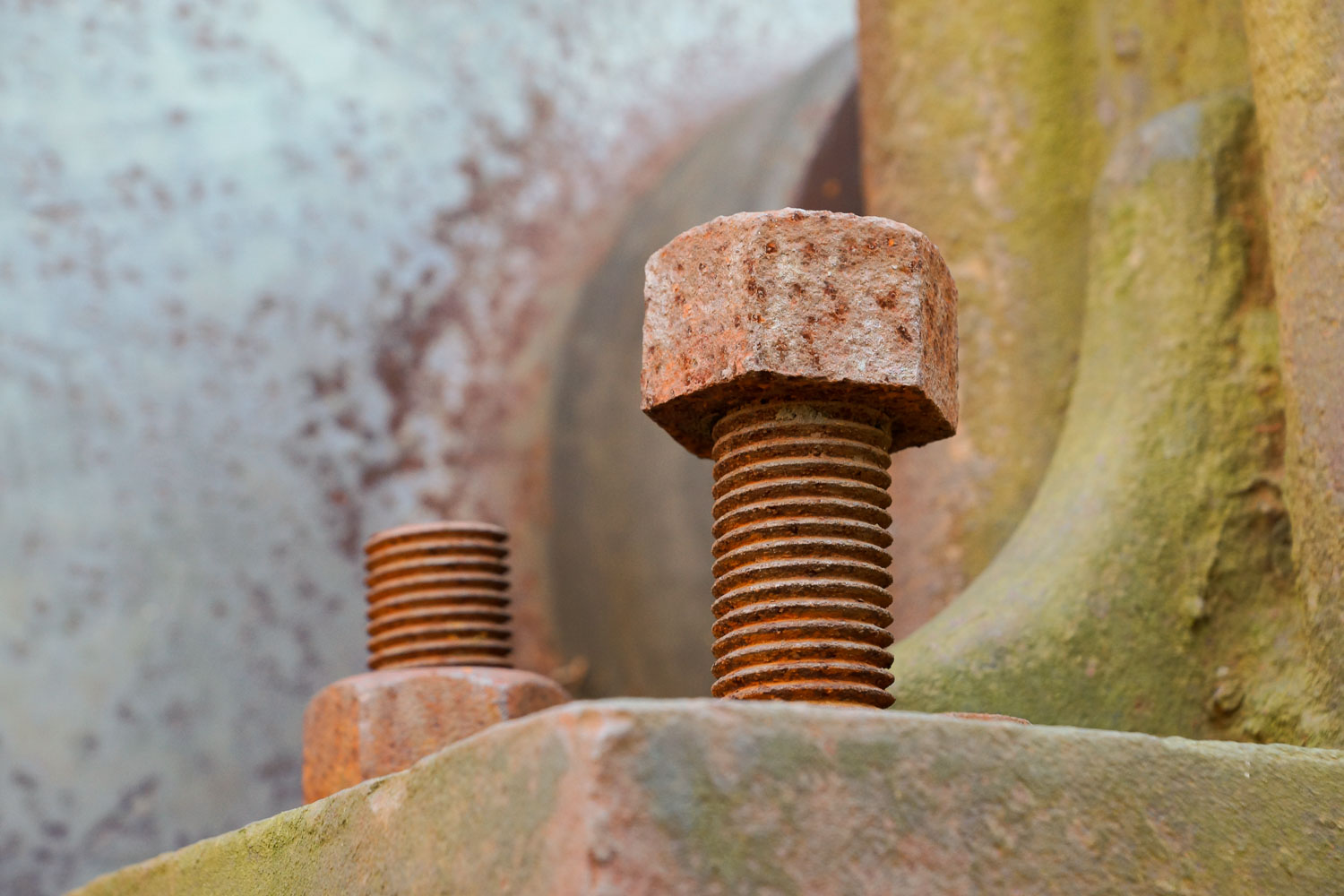
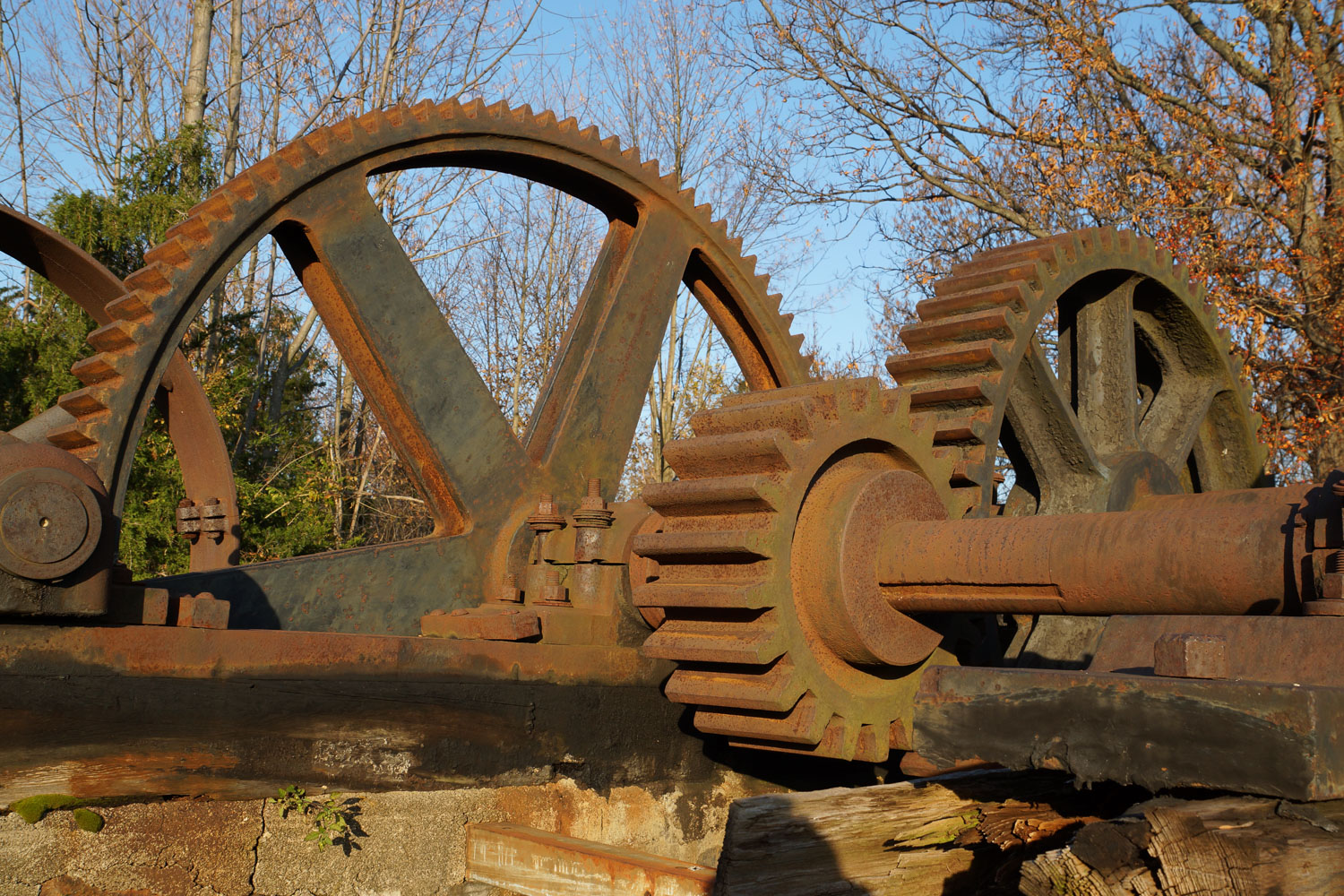
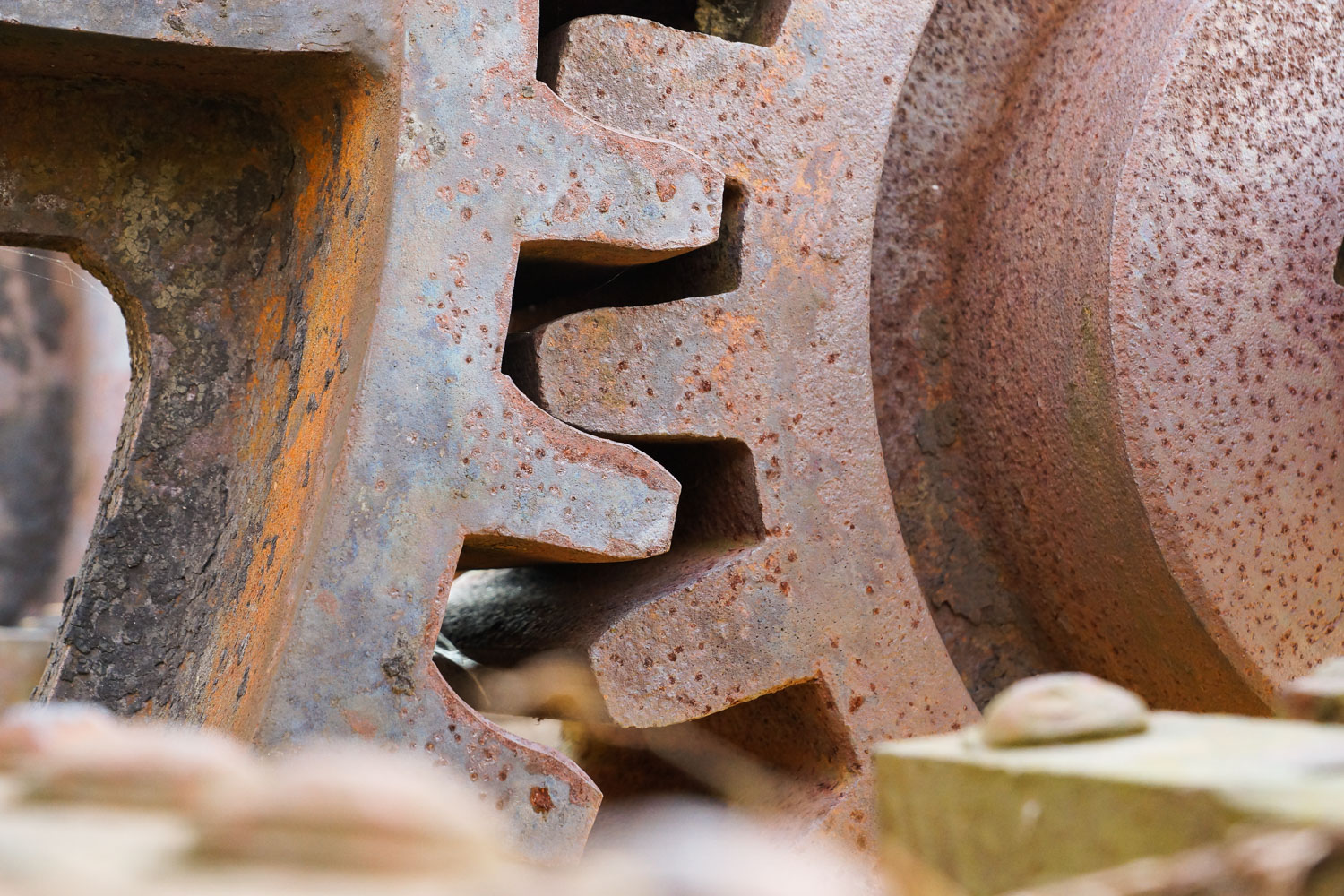
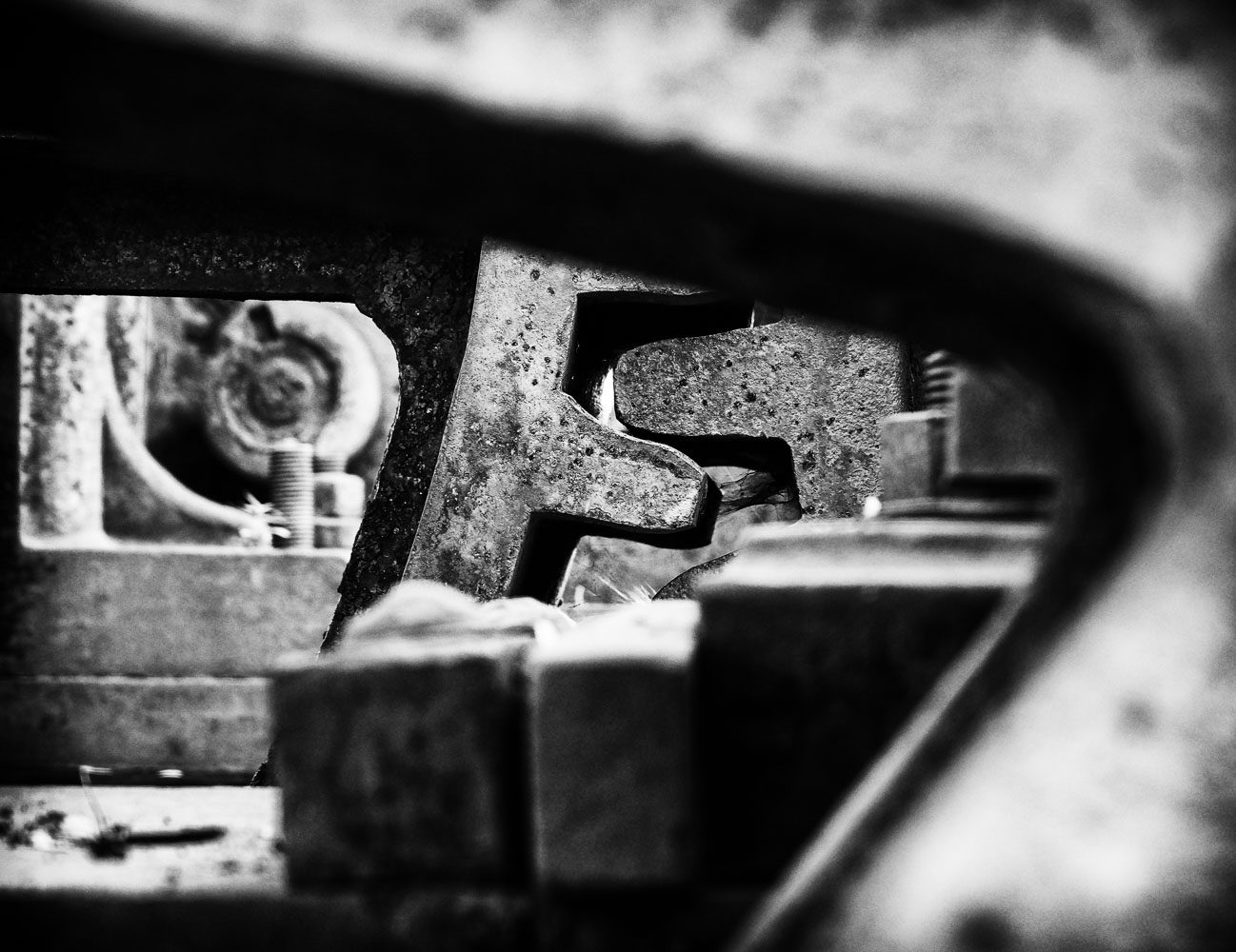
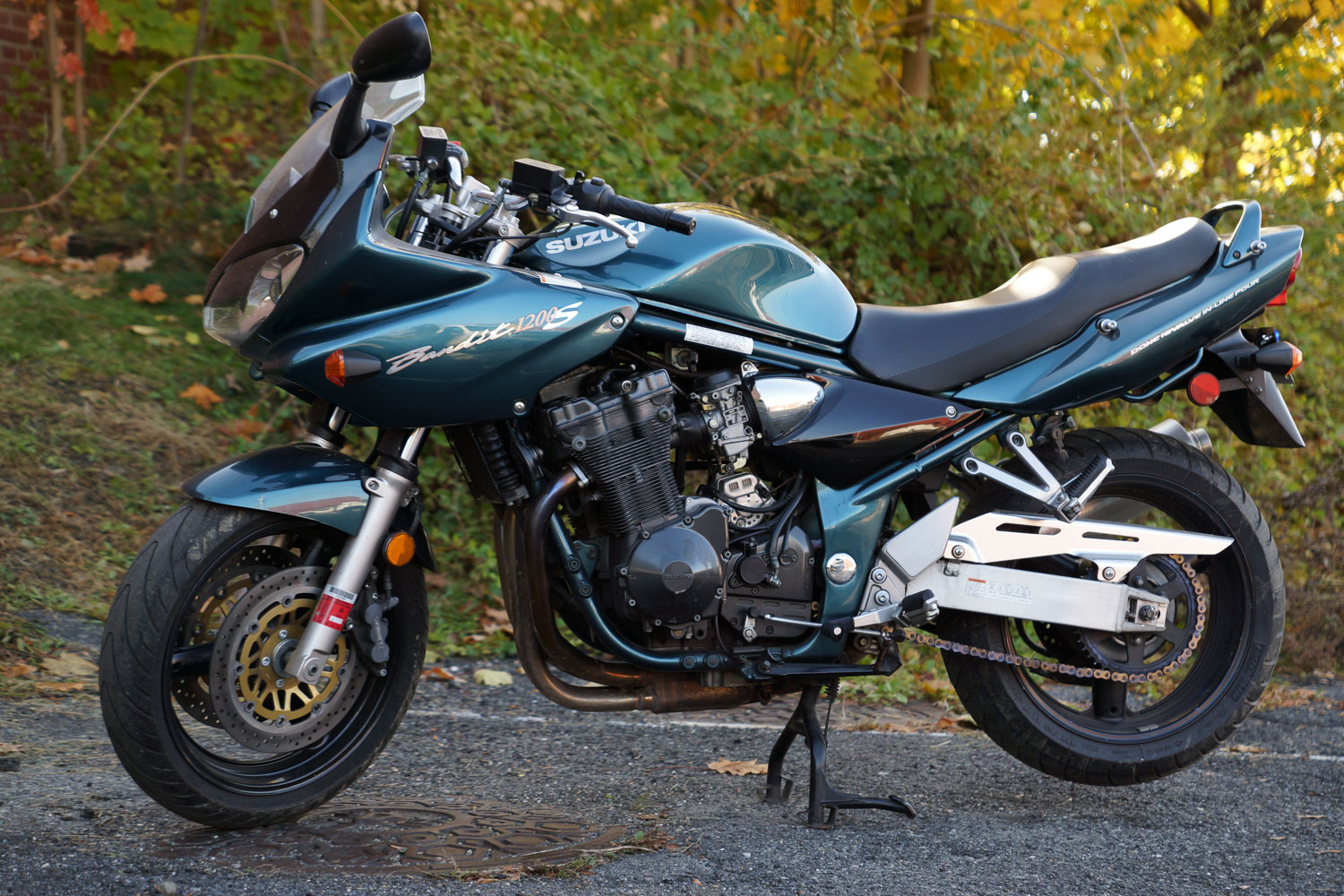
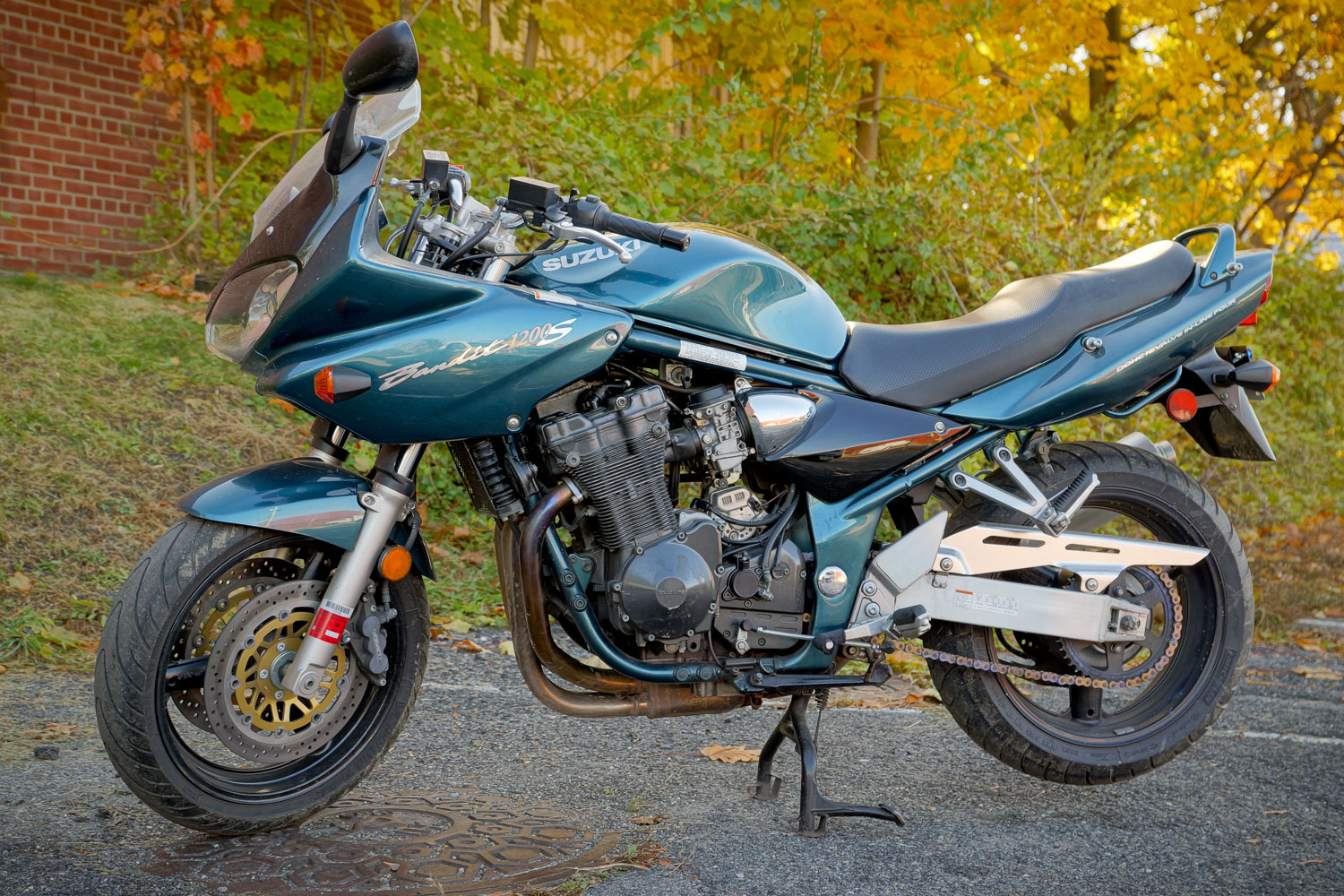
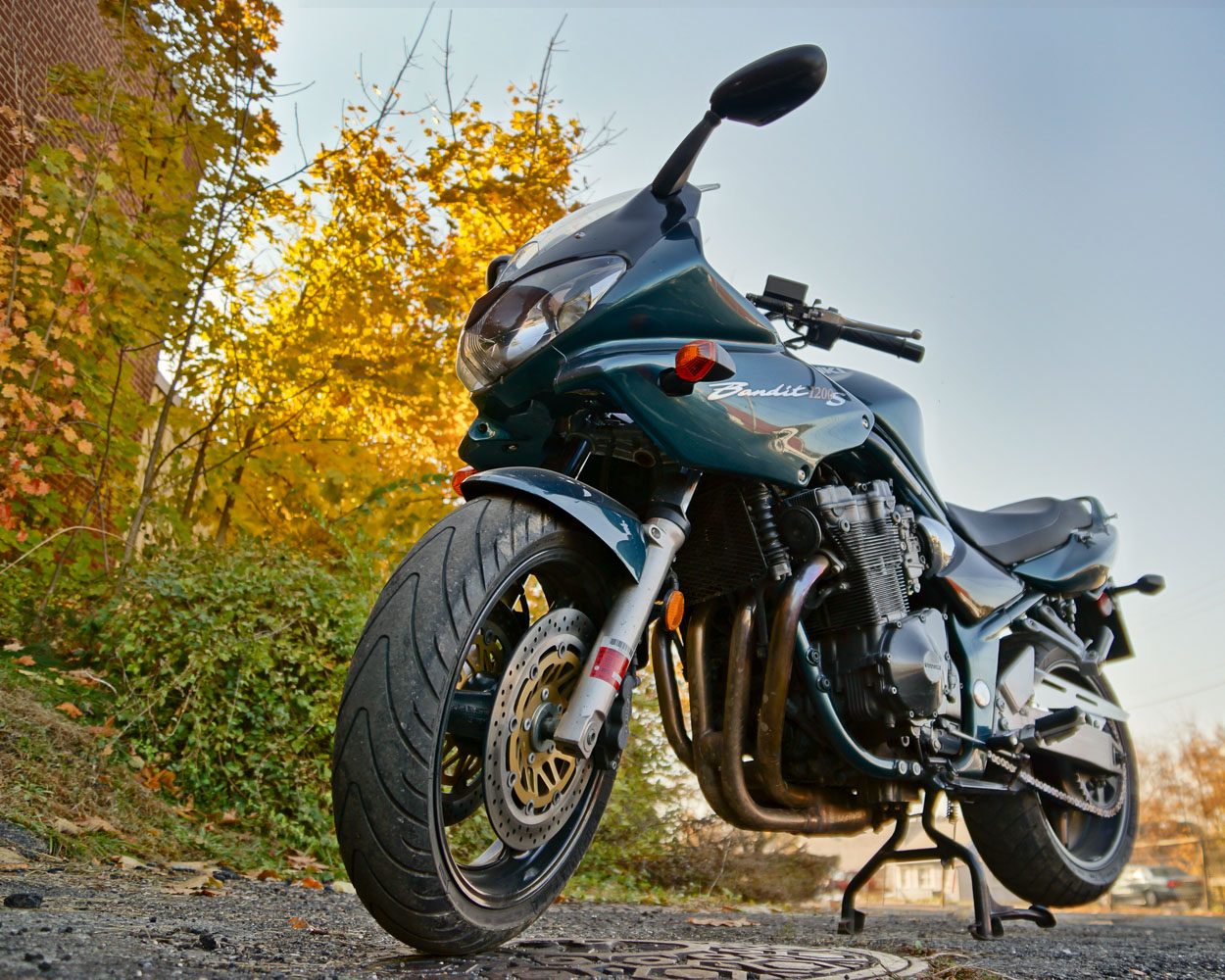

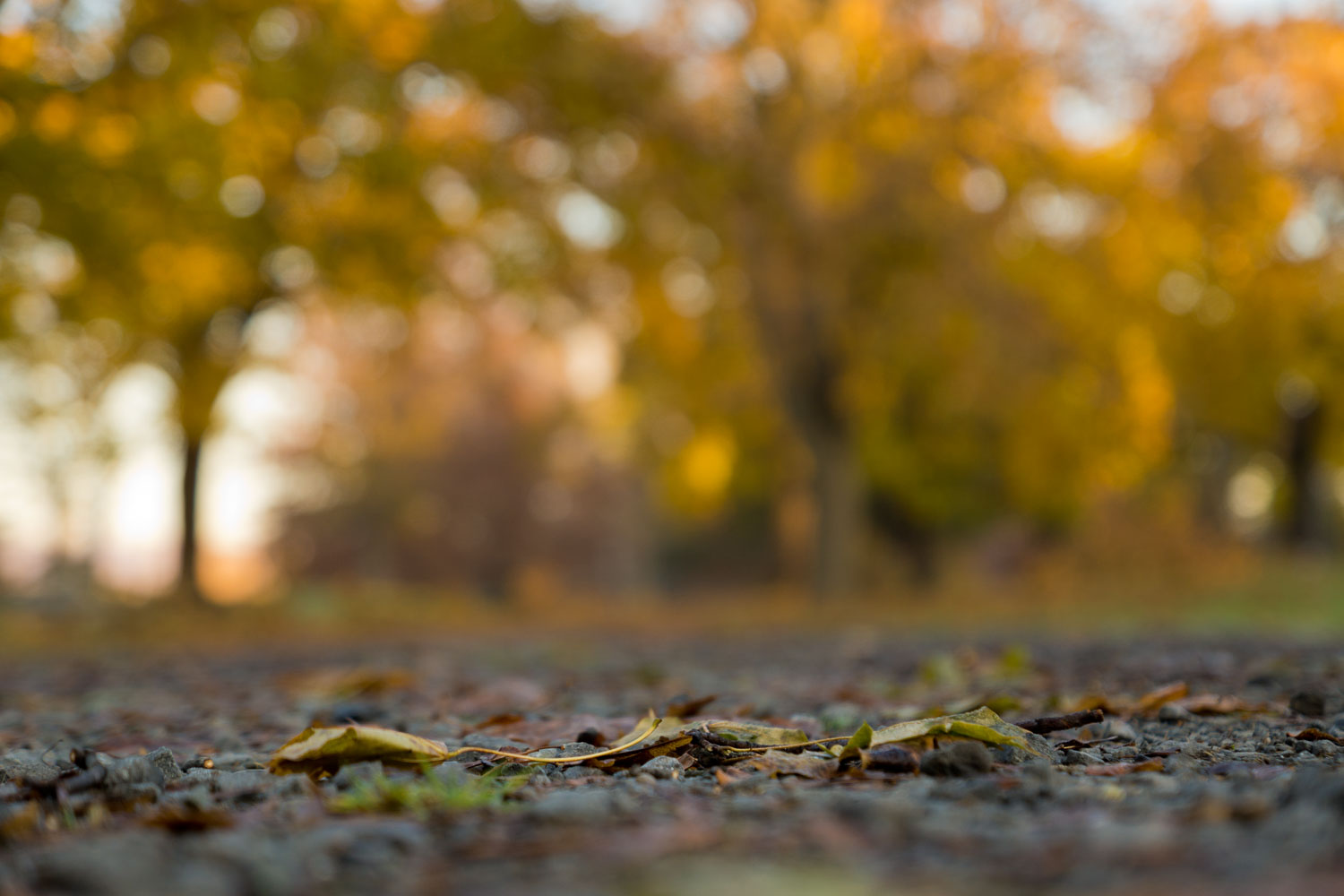
Sony Alpha 77 w/ 16-50mm f/2.8 Kit Lens 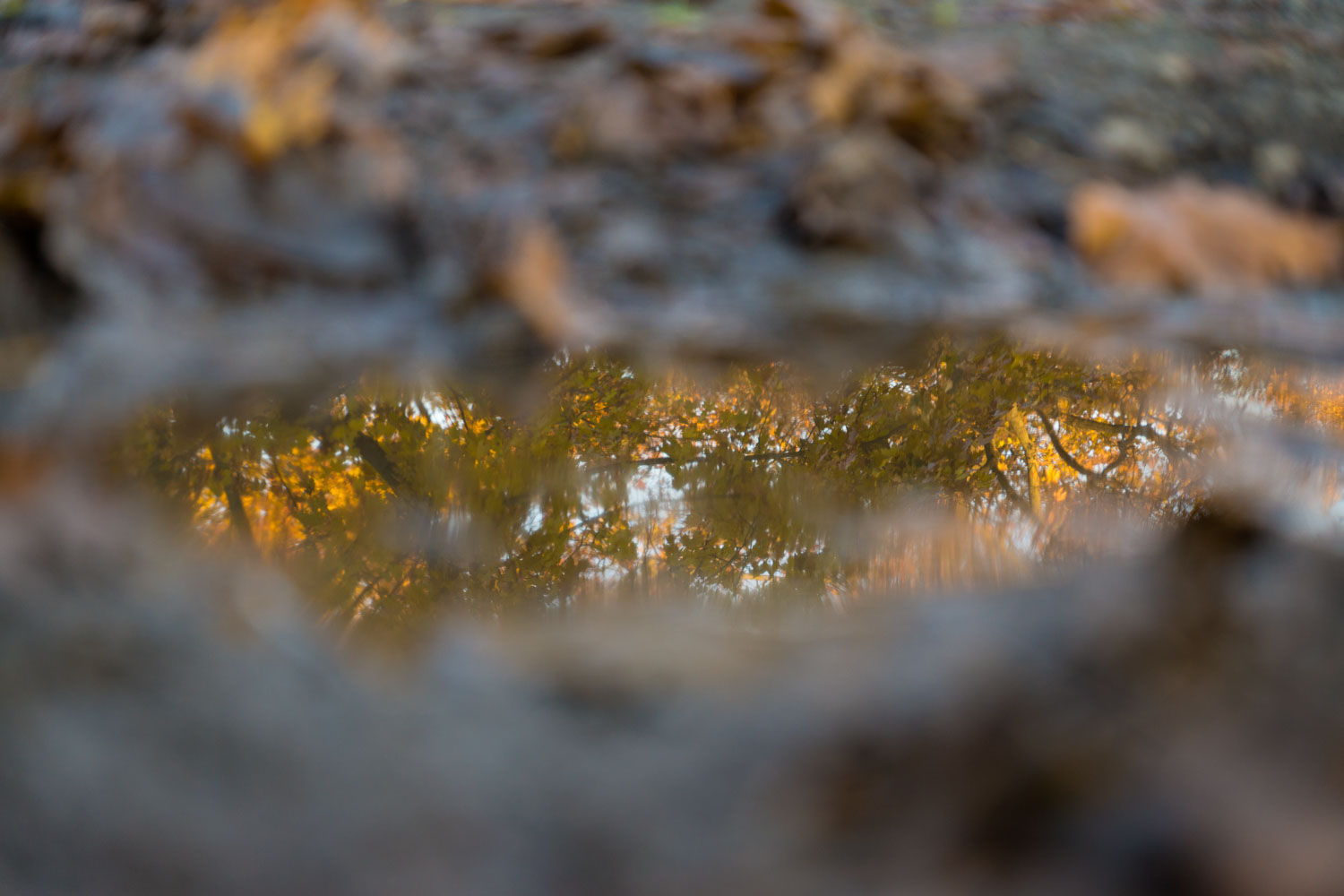
Sony Alpha 77 w/ 16-50mm f/2.8 Kit Lens 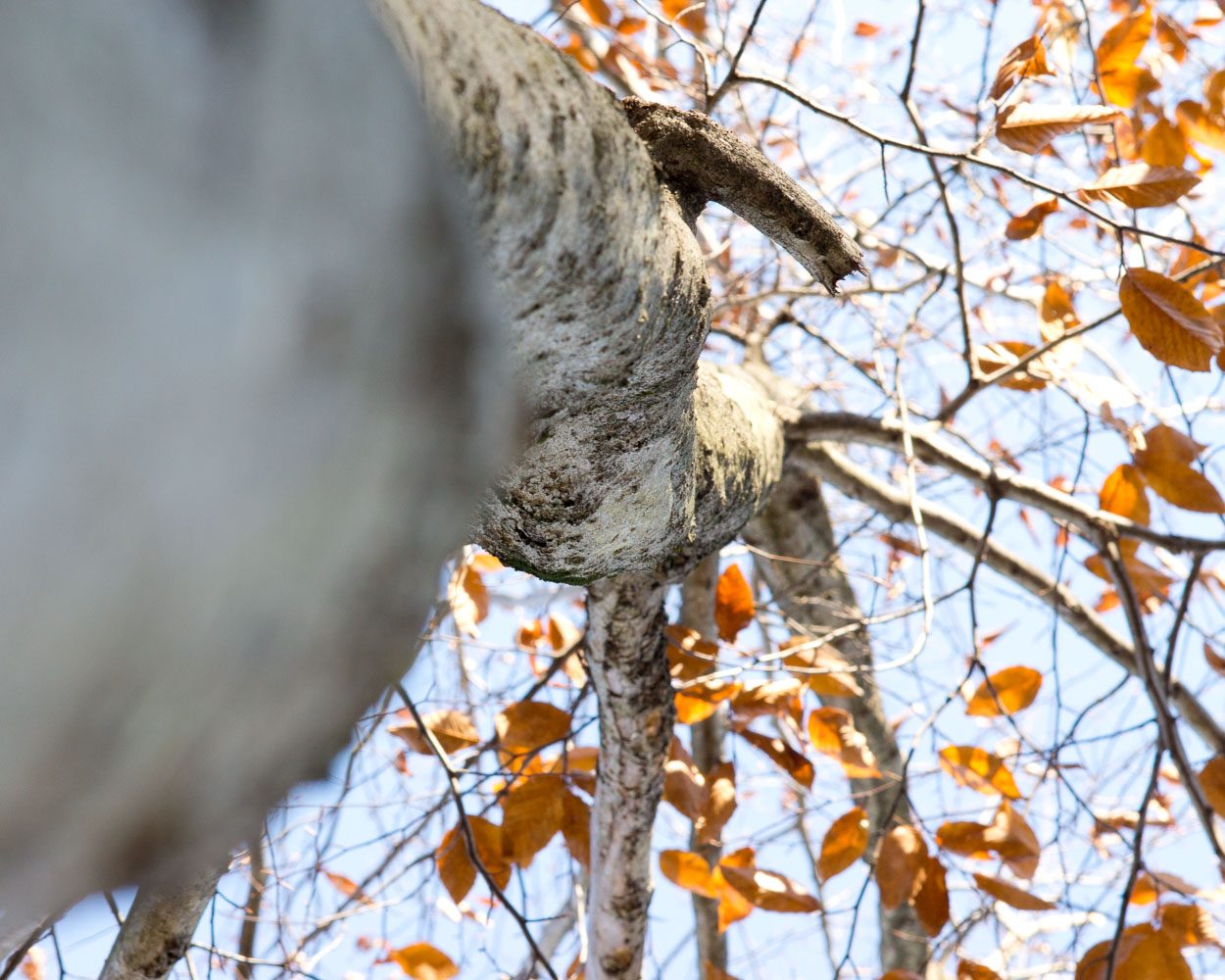
Sony Alpha 77 w/ 85mm f/1.4 Carl Zeiss Lens – Apeture Test Shots 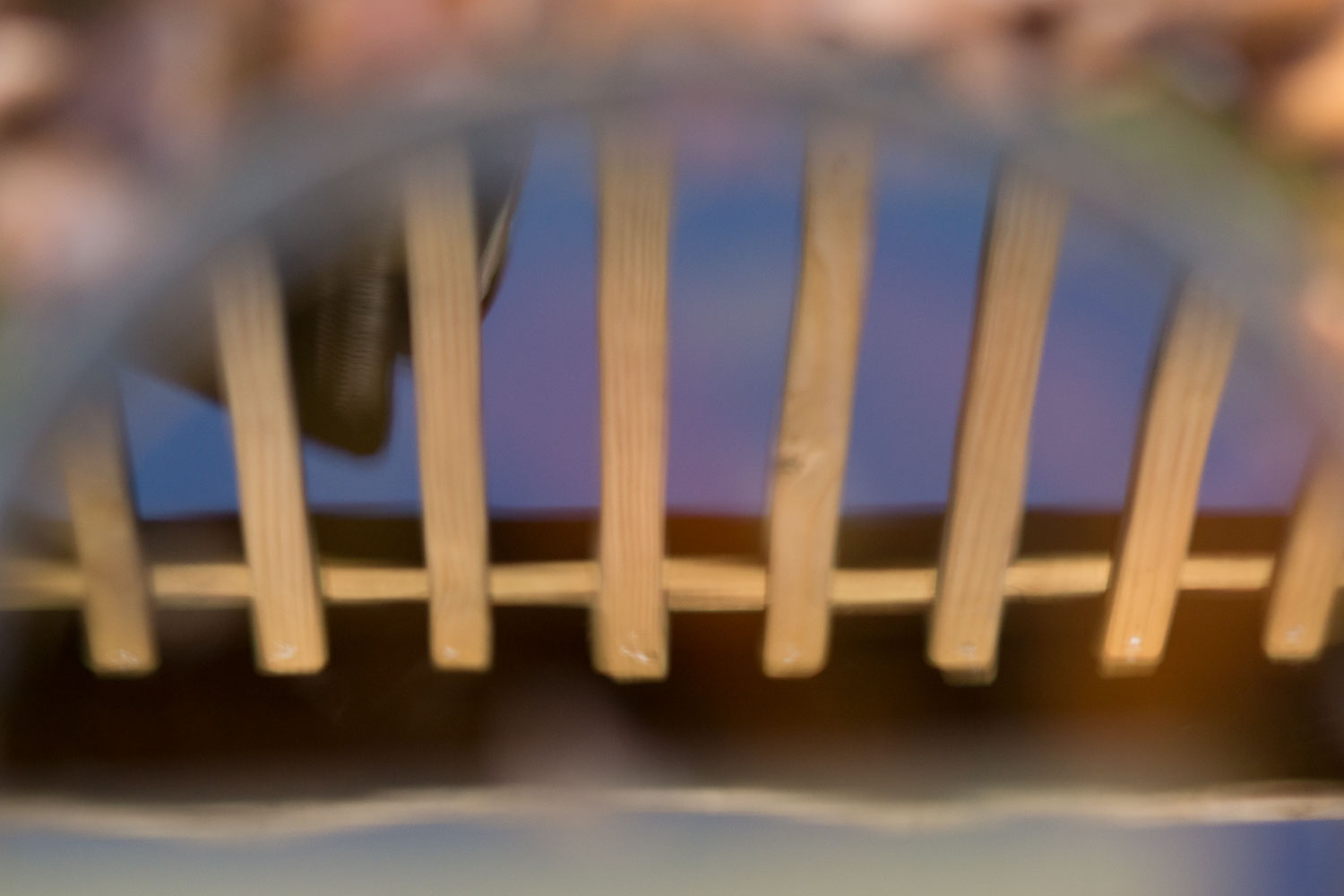
Sony Alpha 77 w/ 85mm f/1.4 Carl Zeiss Lens – Apeture Test Shots 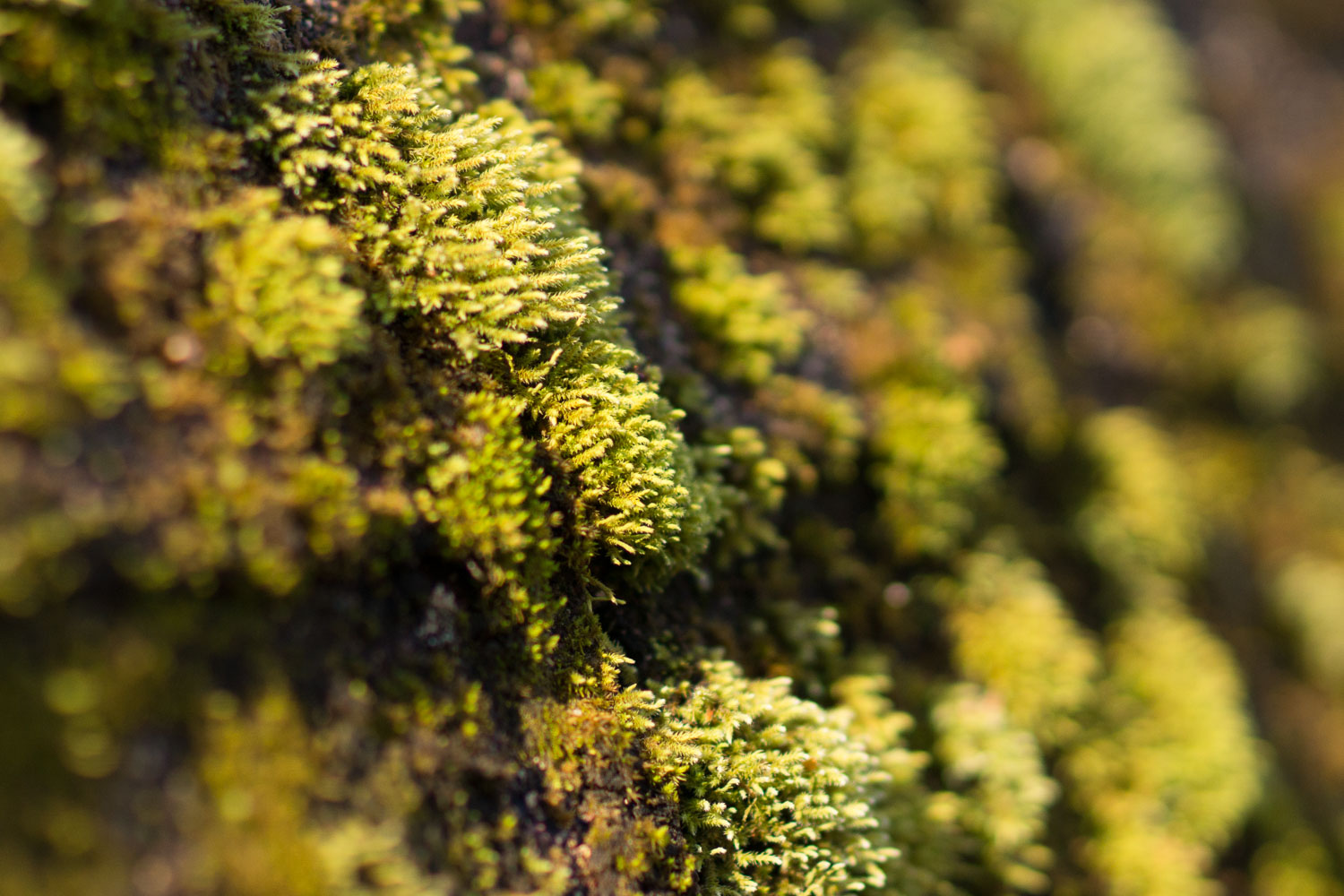
Sony Alpha 77 – Sample Photos 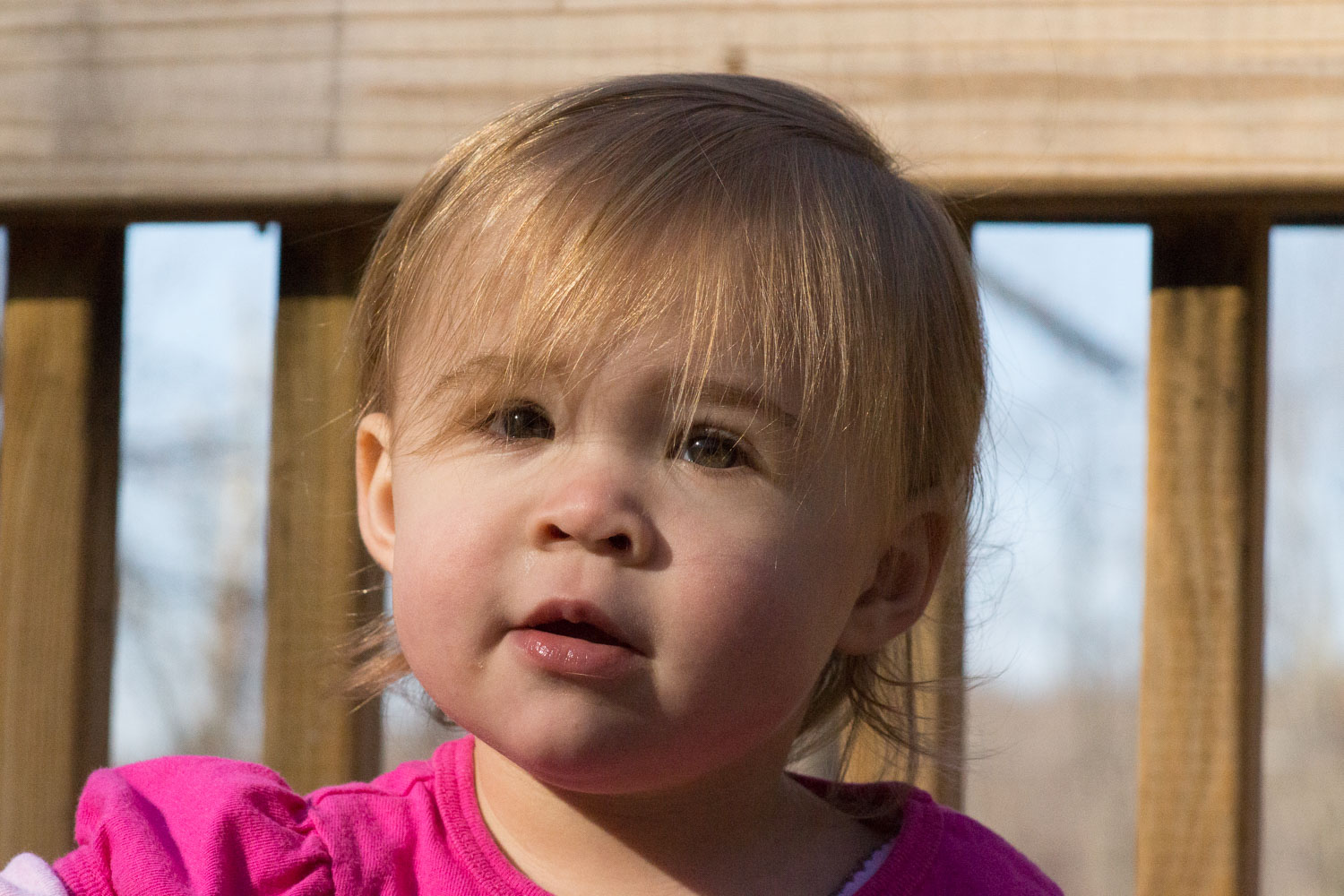

Sony Alpha 77 – Sample Photos 
Sony Alpha 77 – Sample Photos 
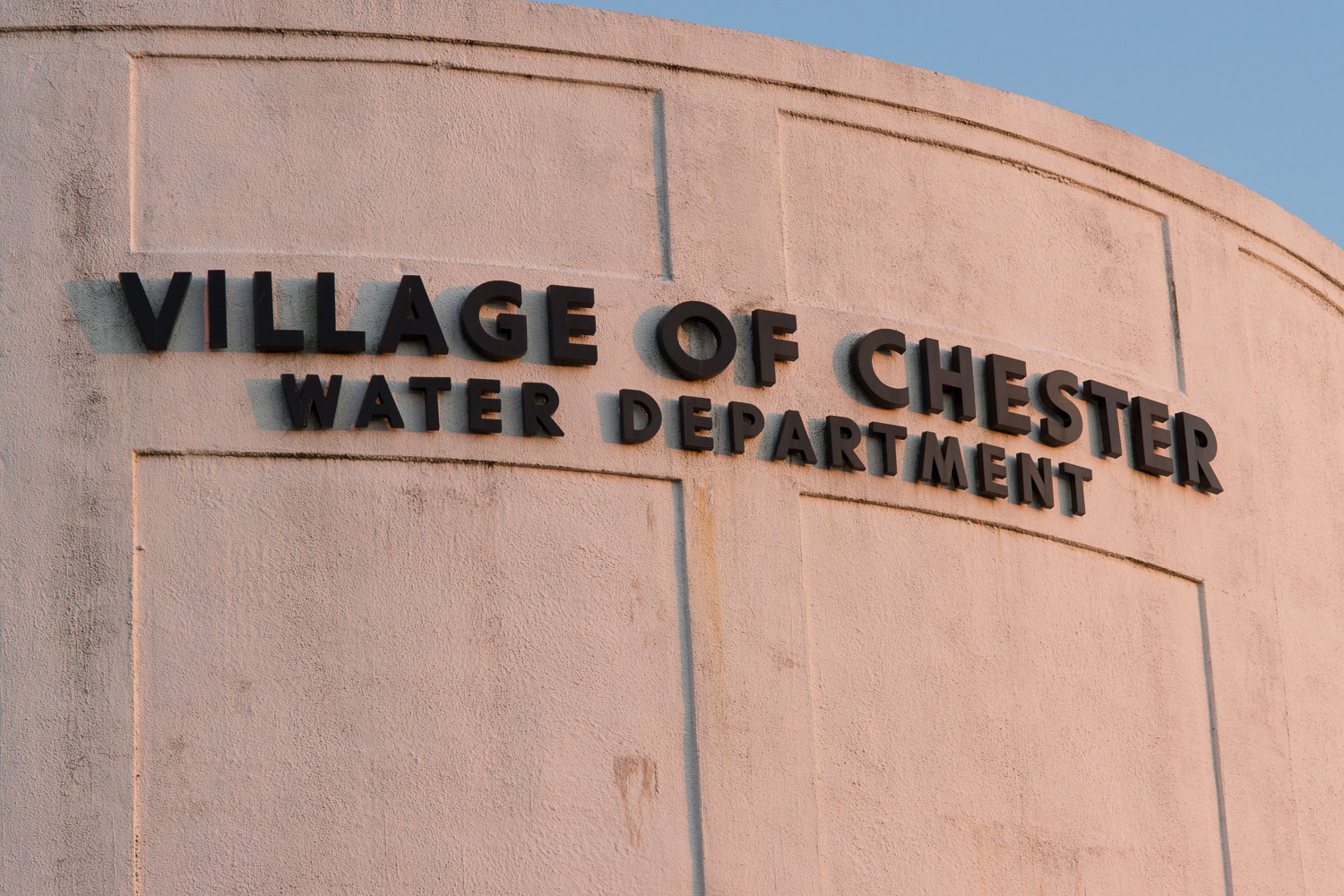
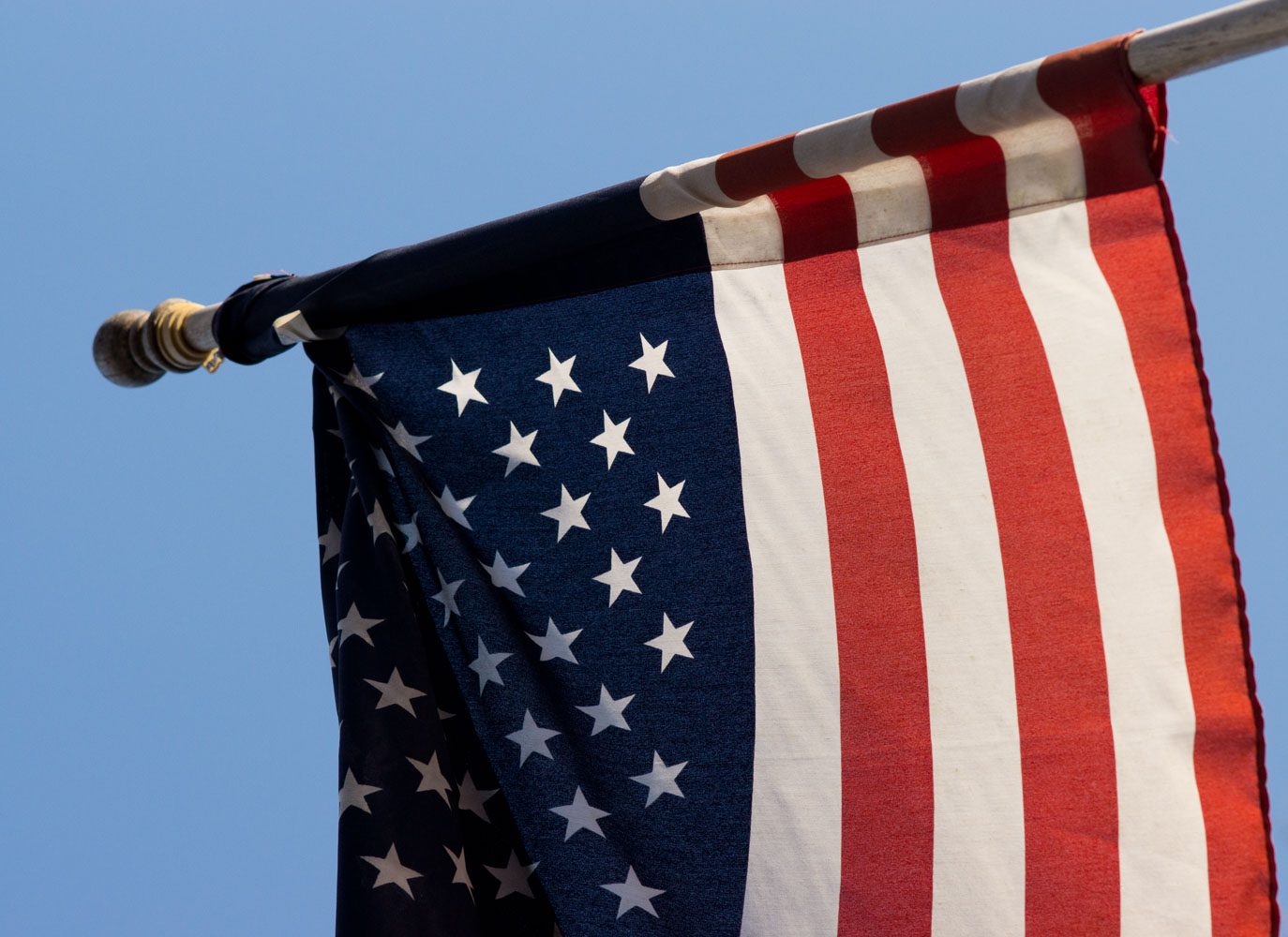
Sony Alpha 77 w/ 85mm f/1.4 Carl Zeiss Lens – Apeture Test Shots 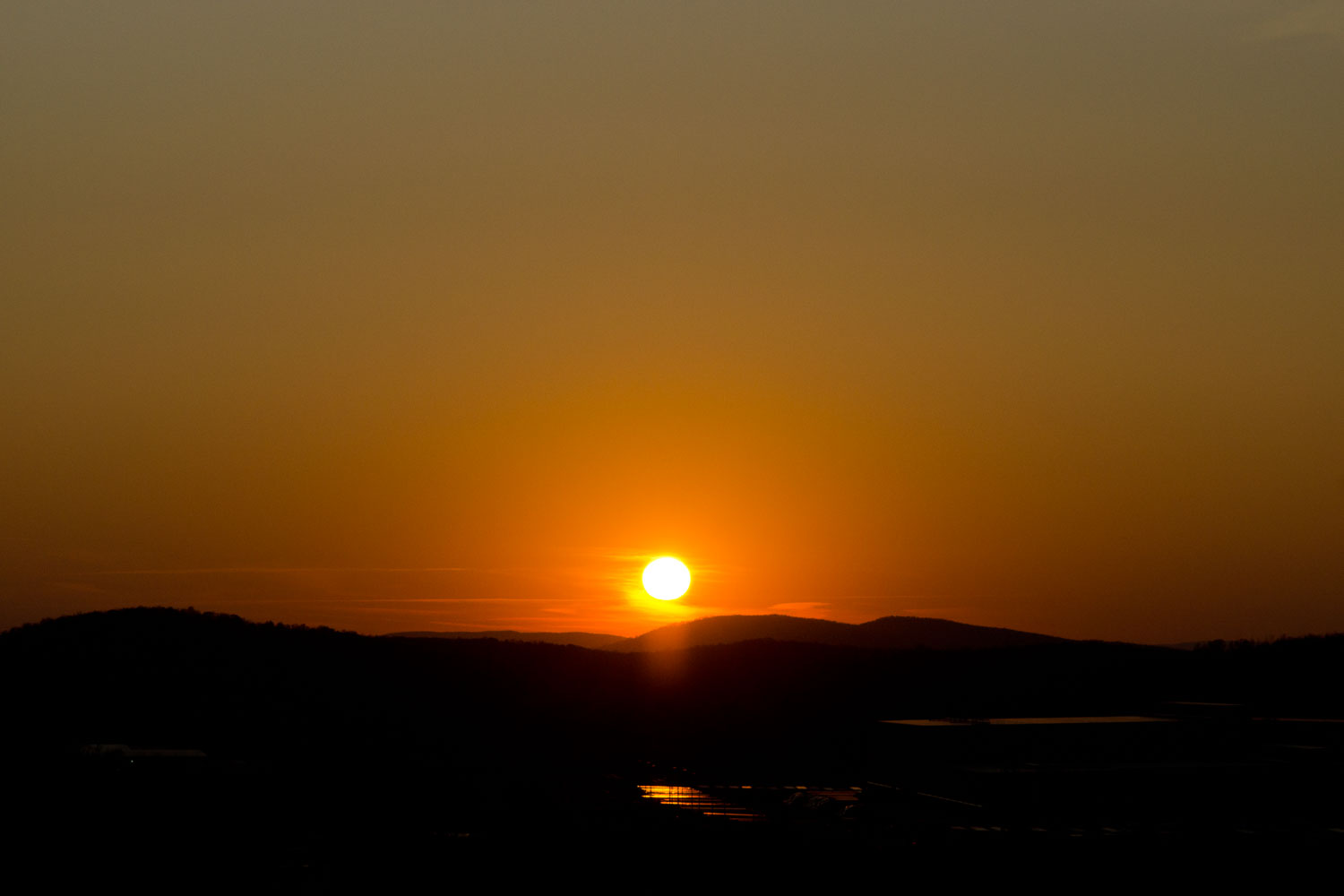
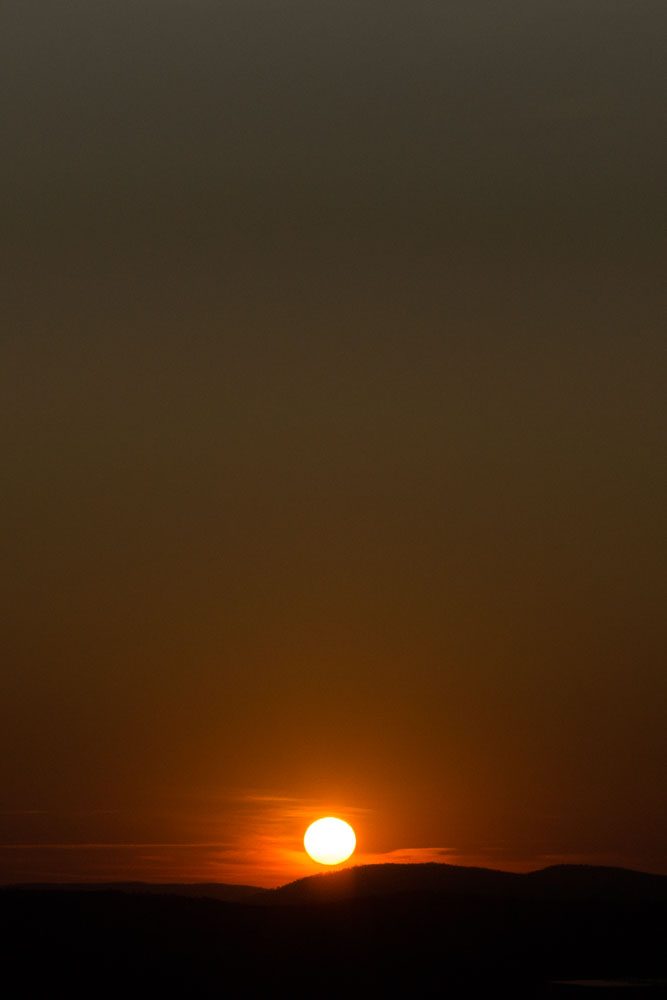
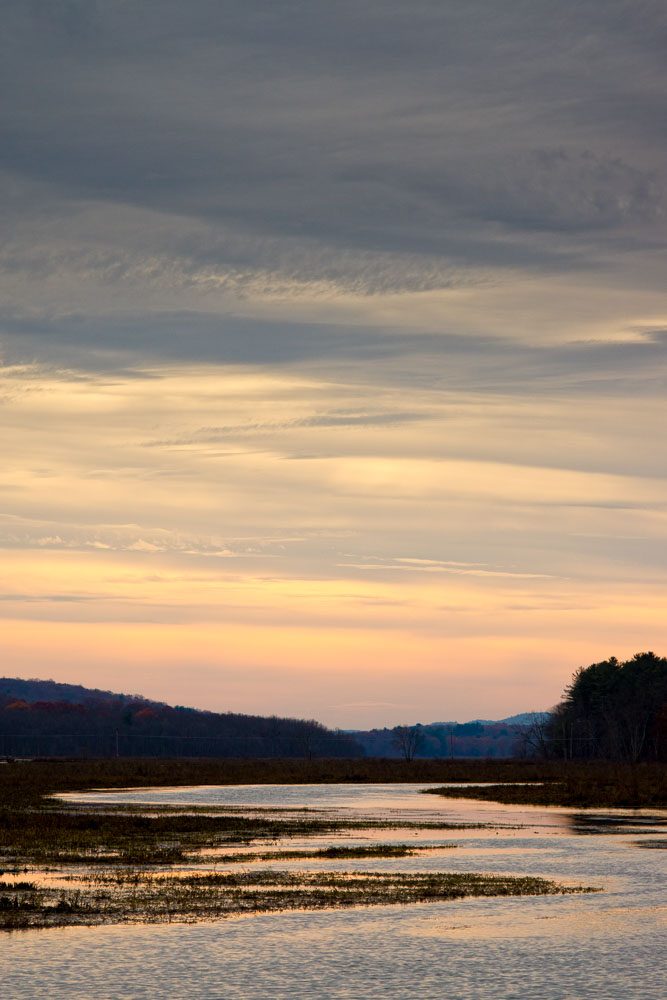
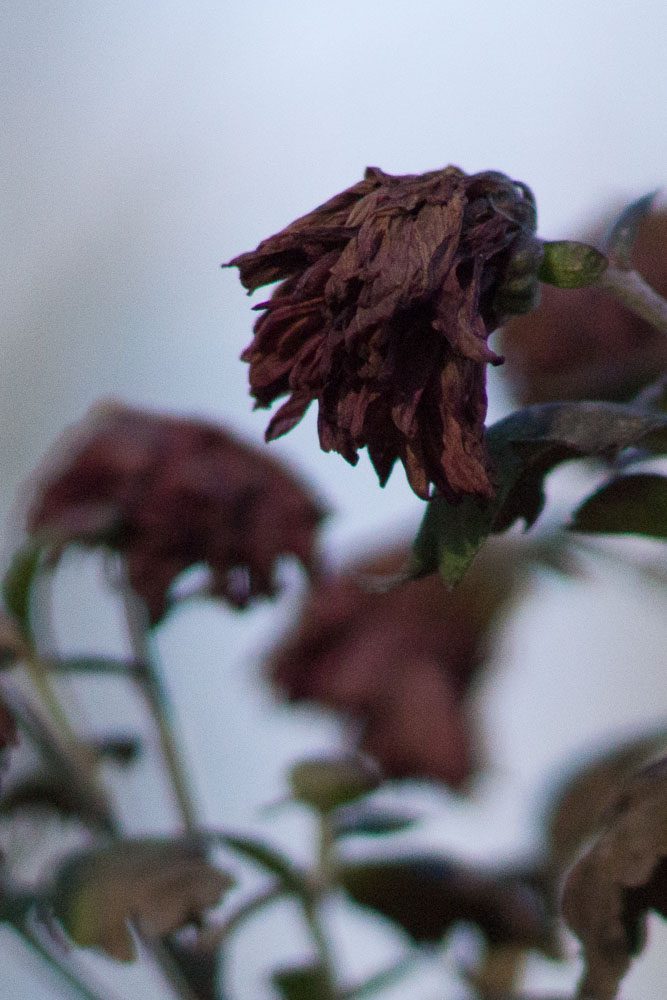
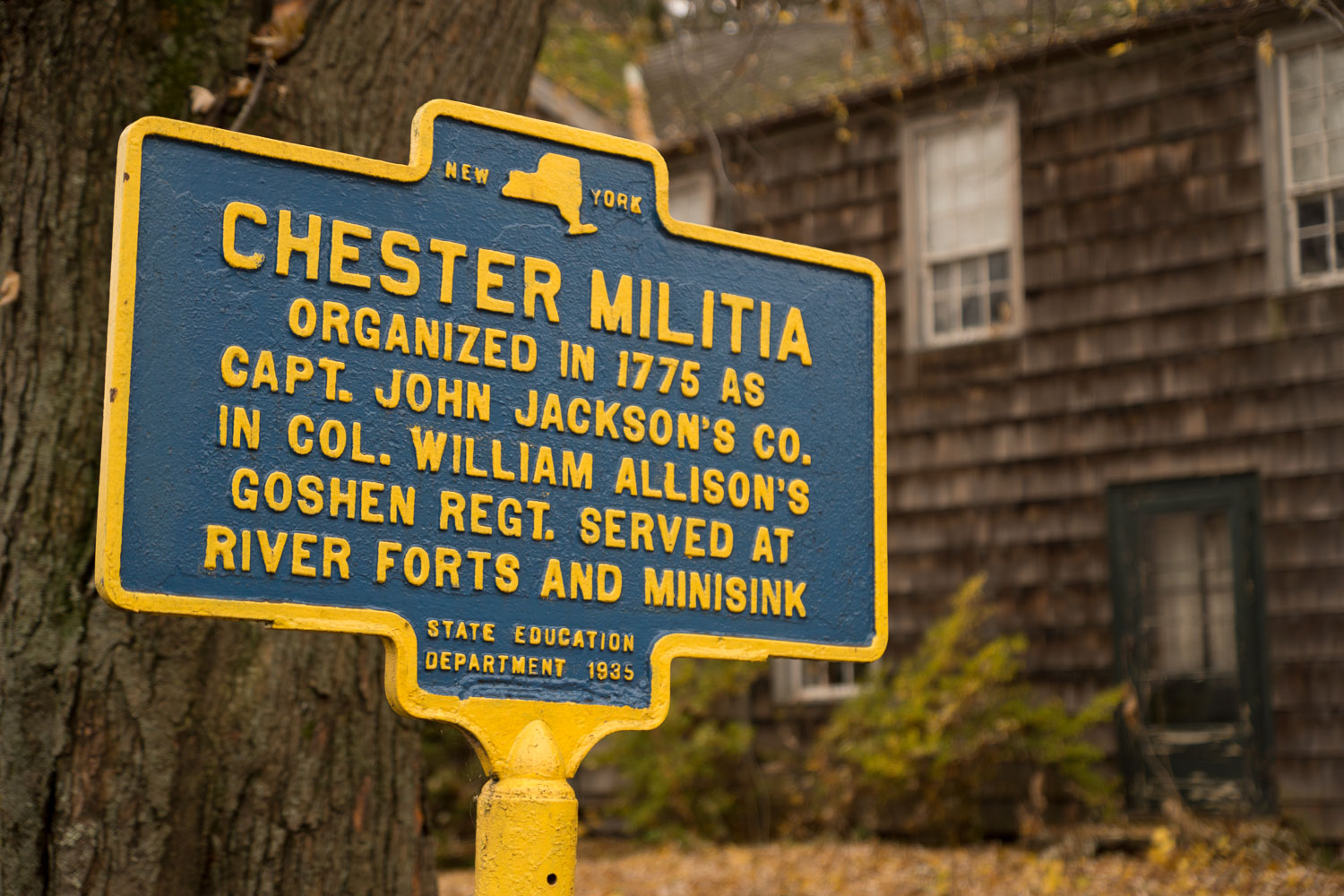
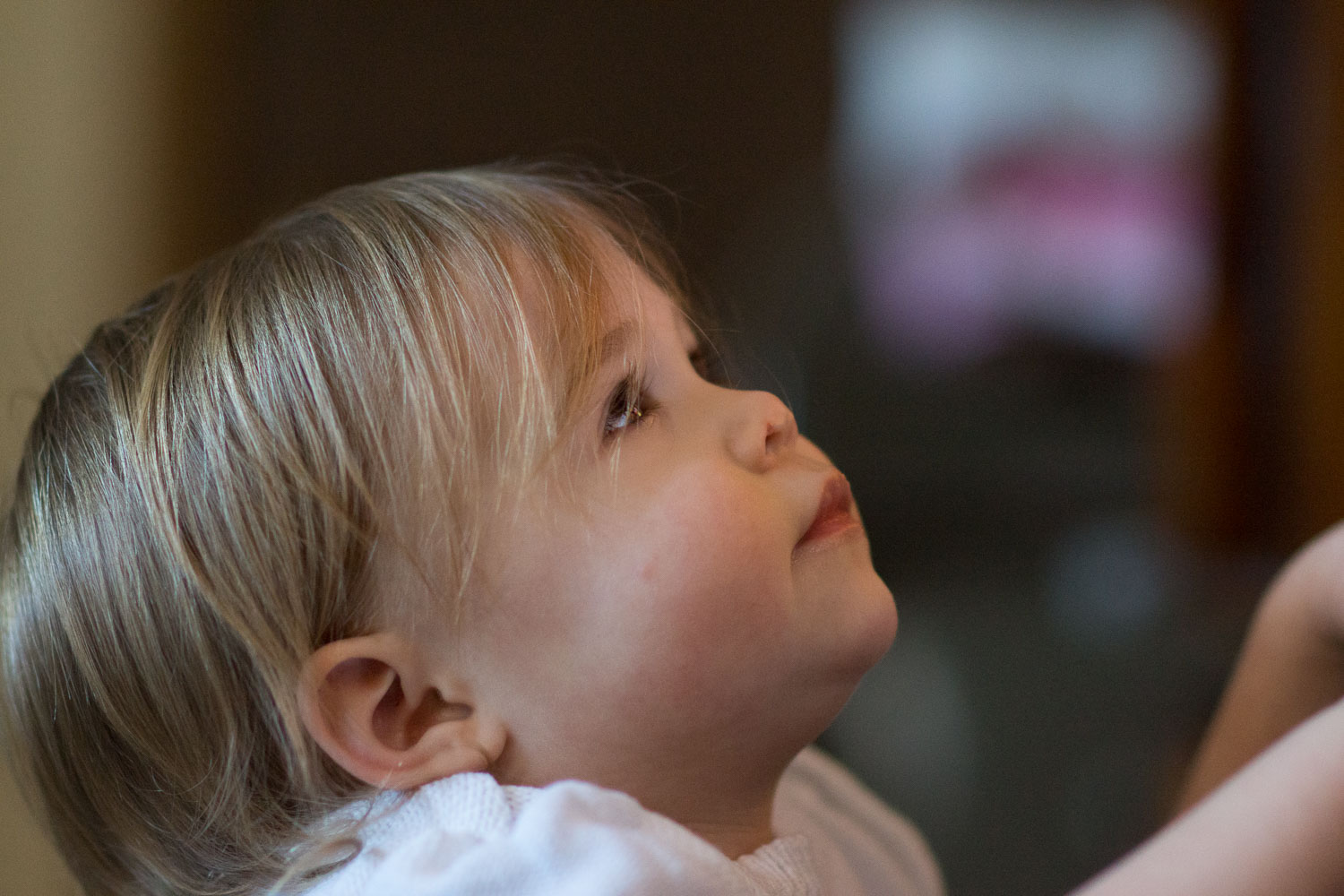
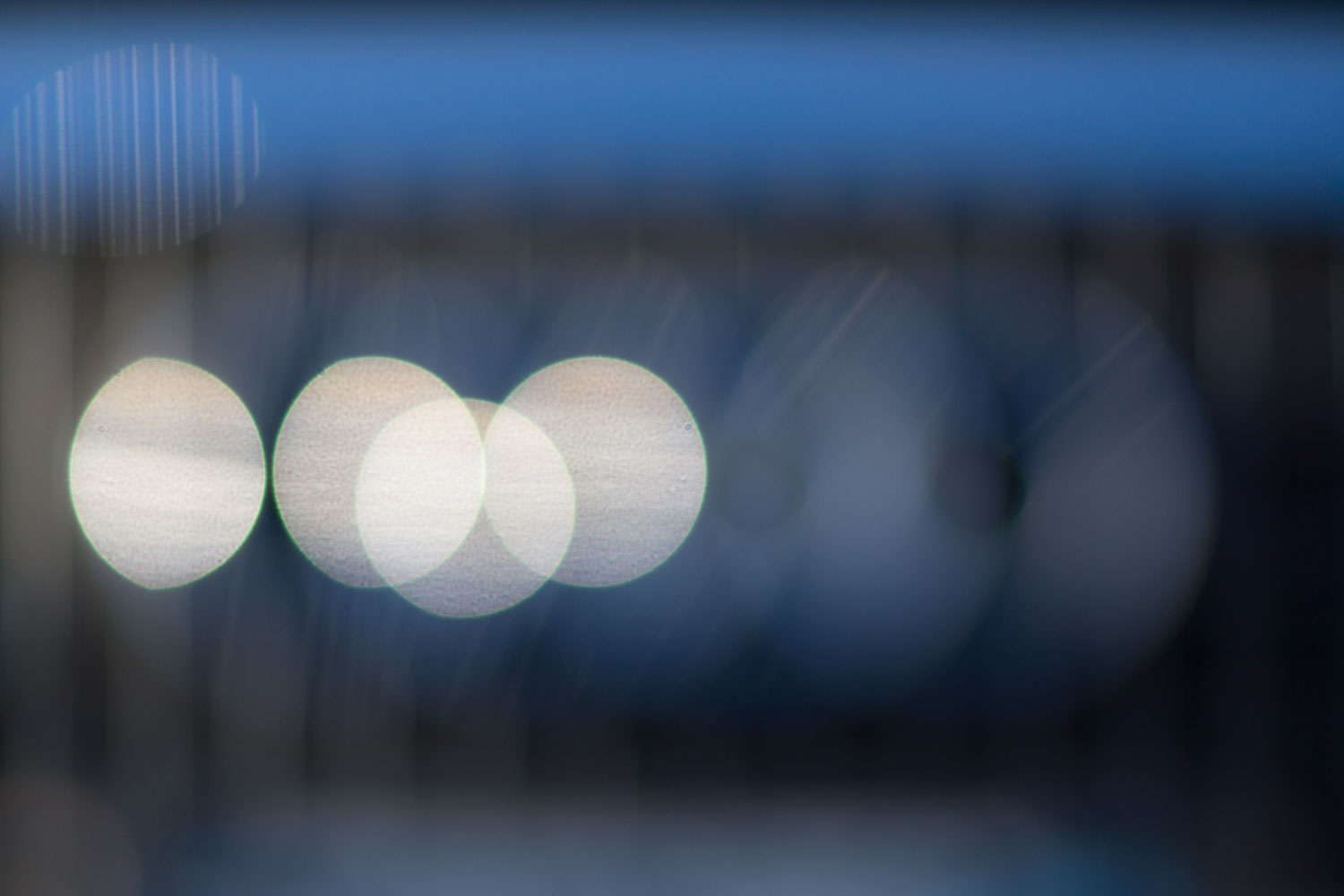
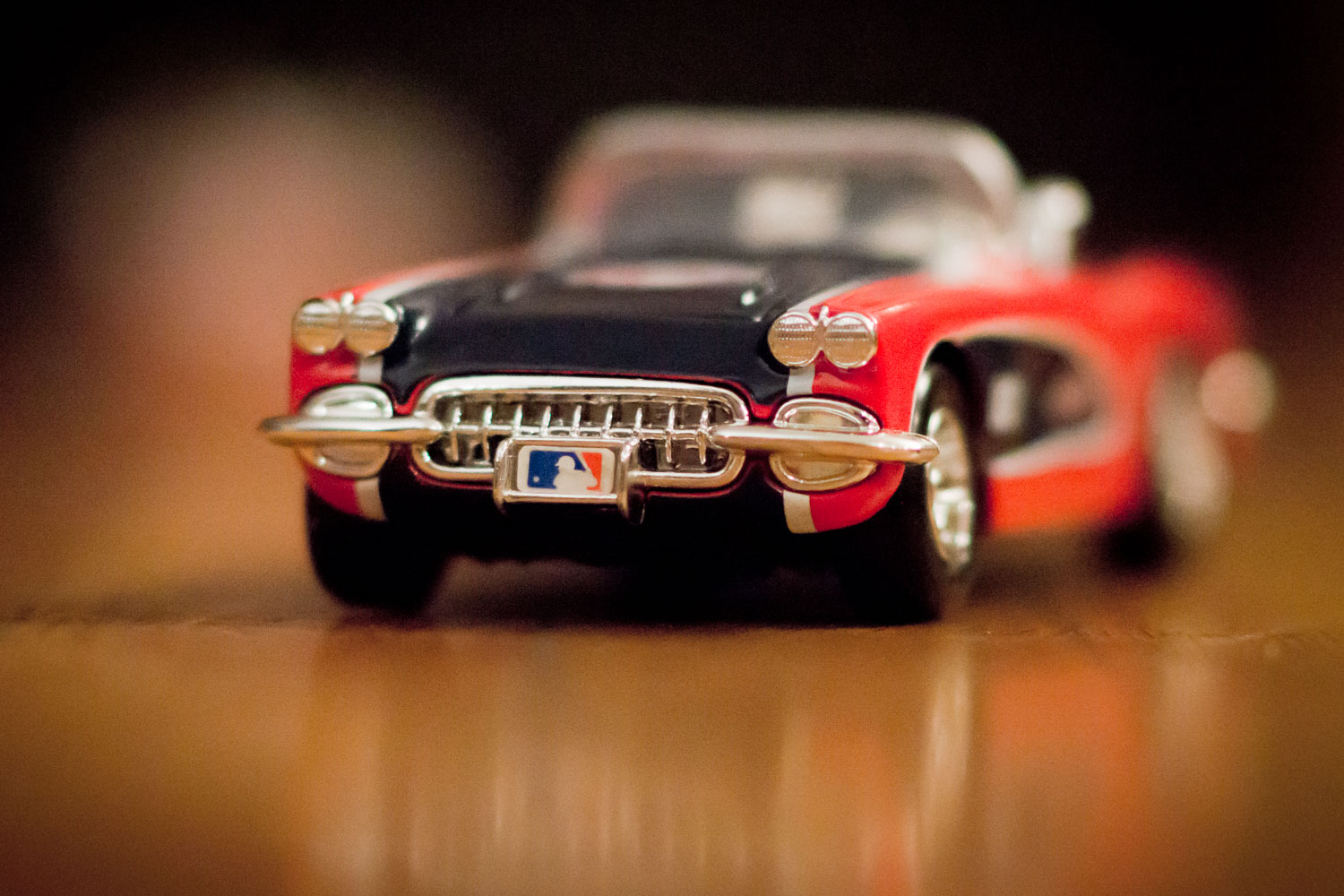
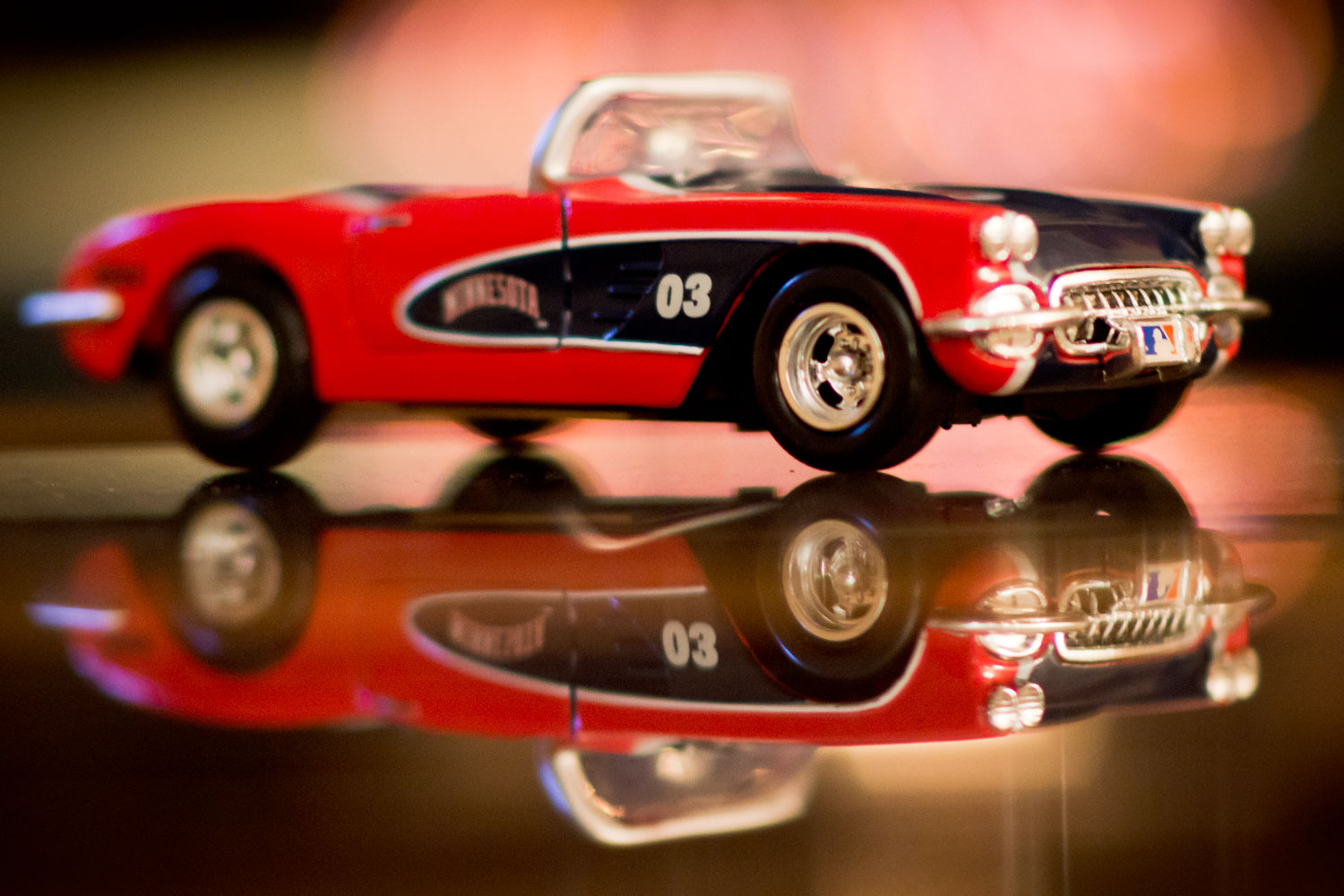
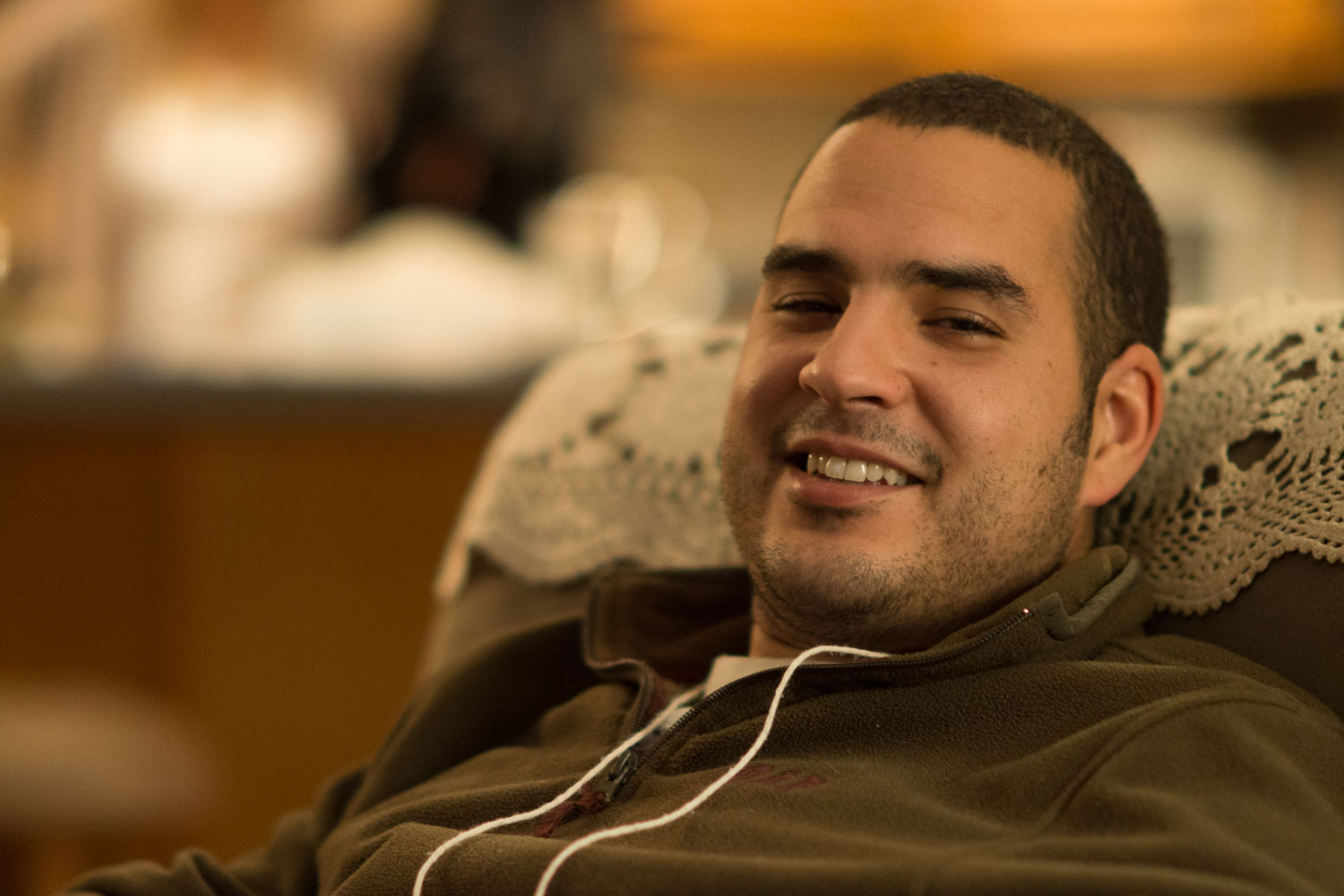
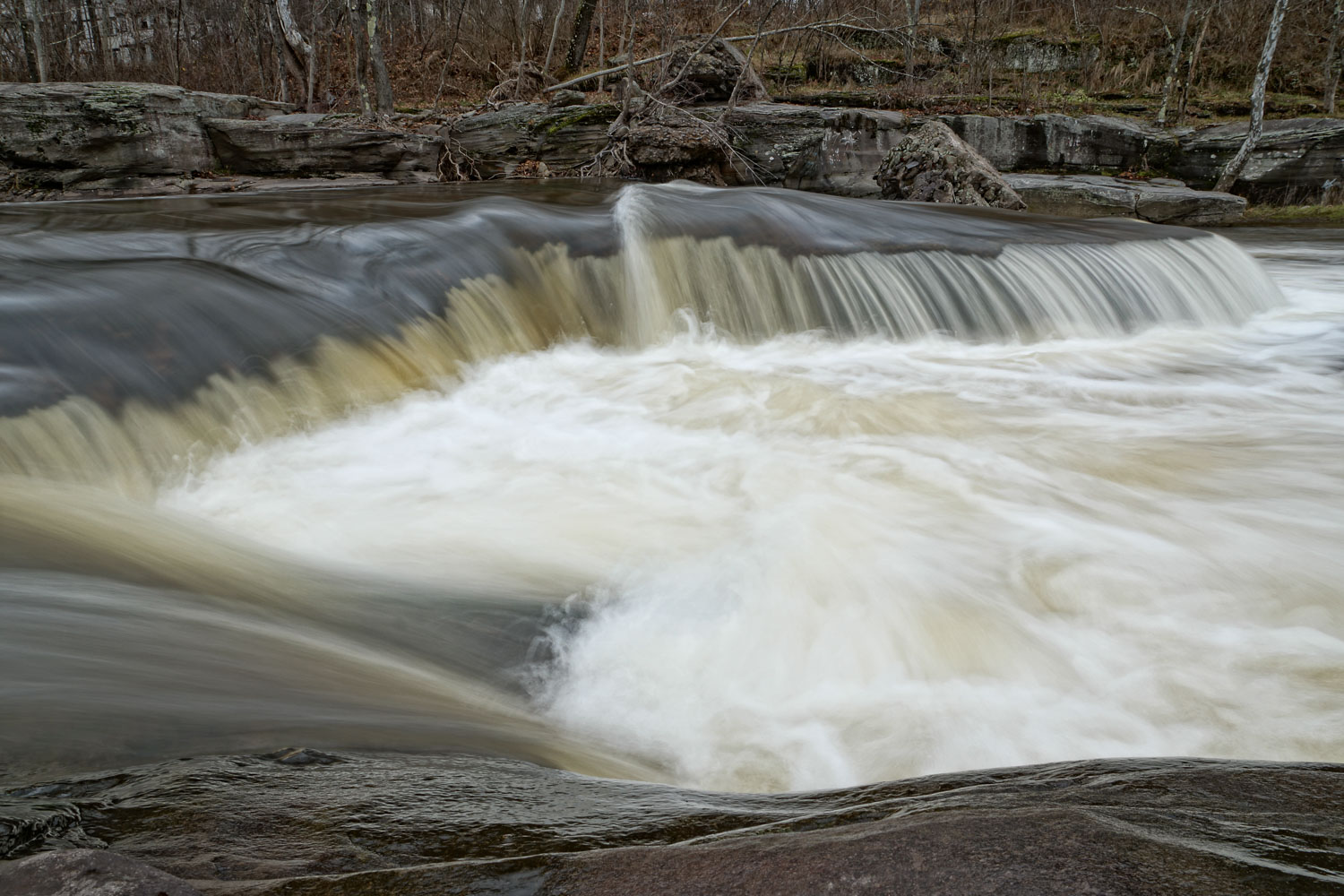
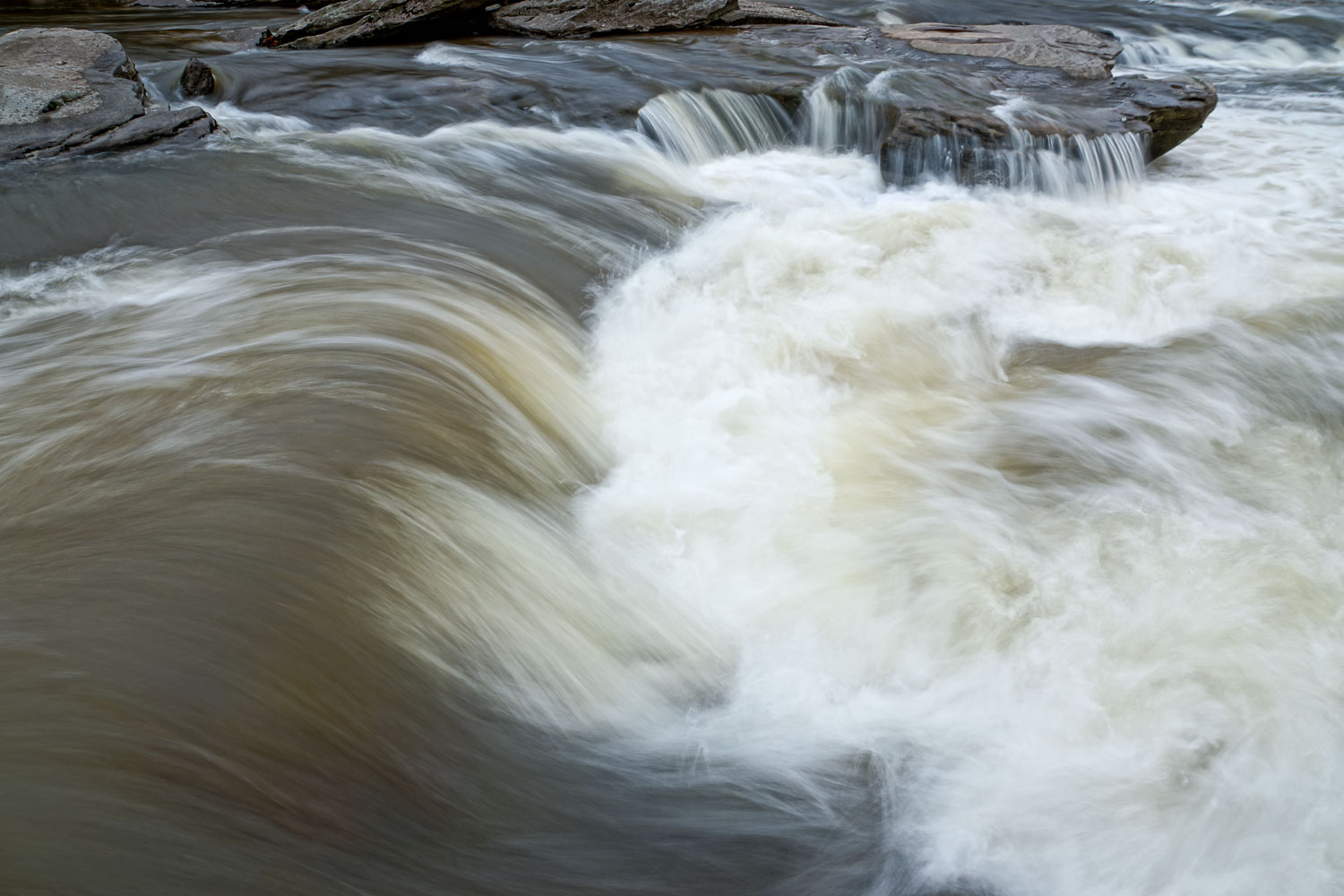
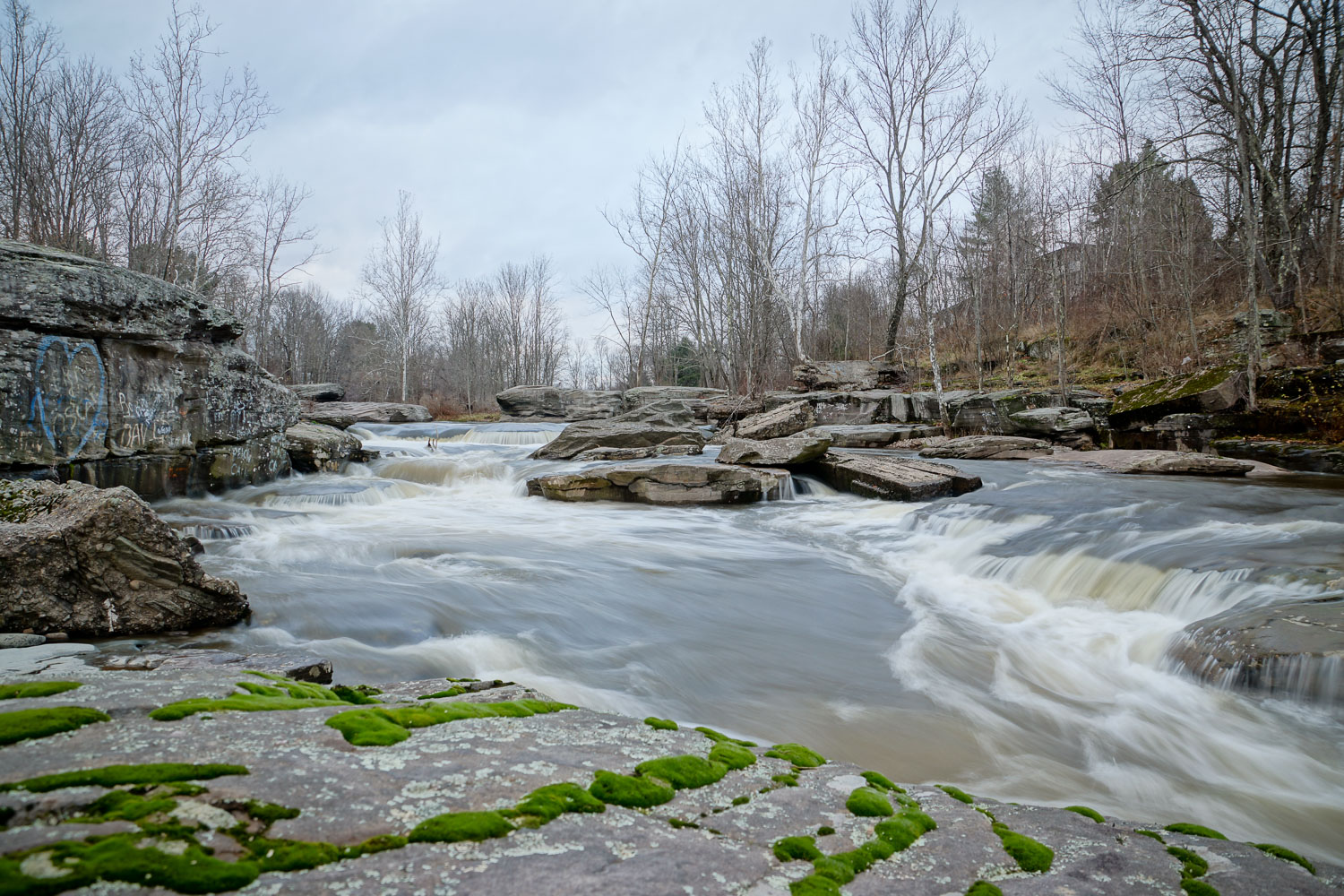
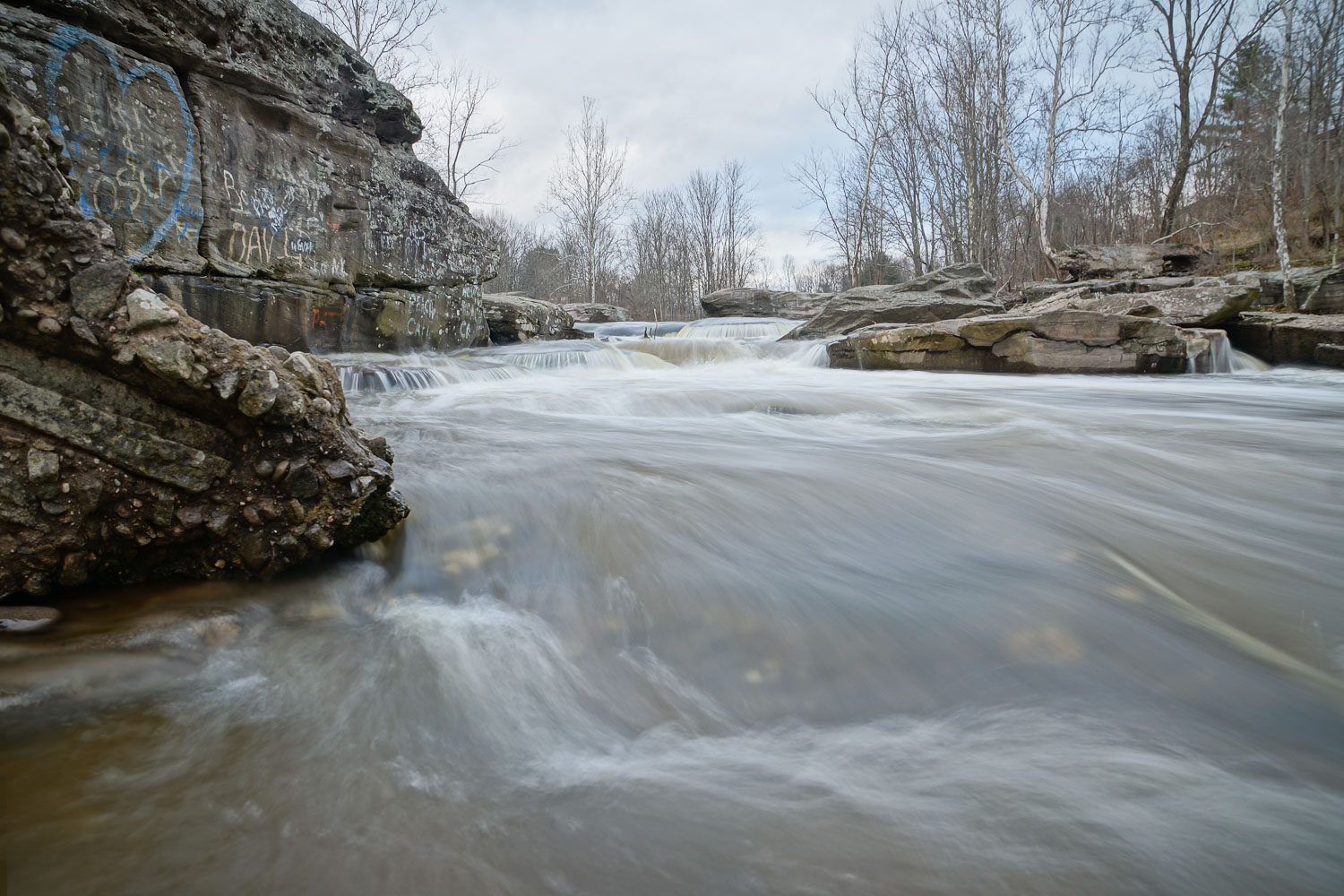

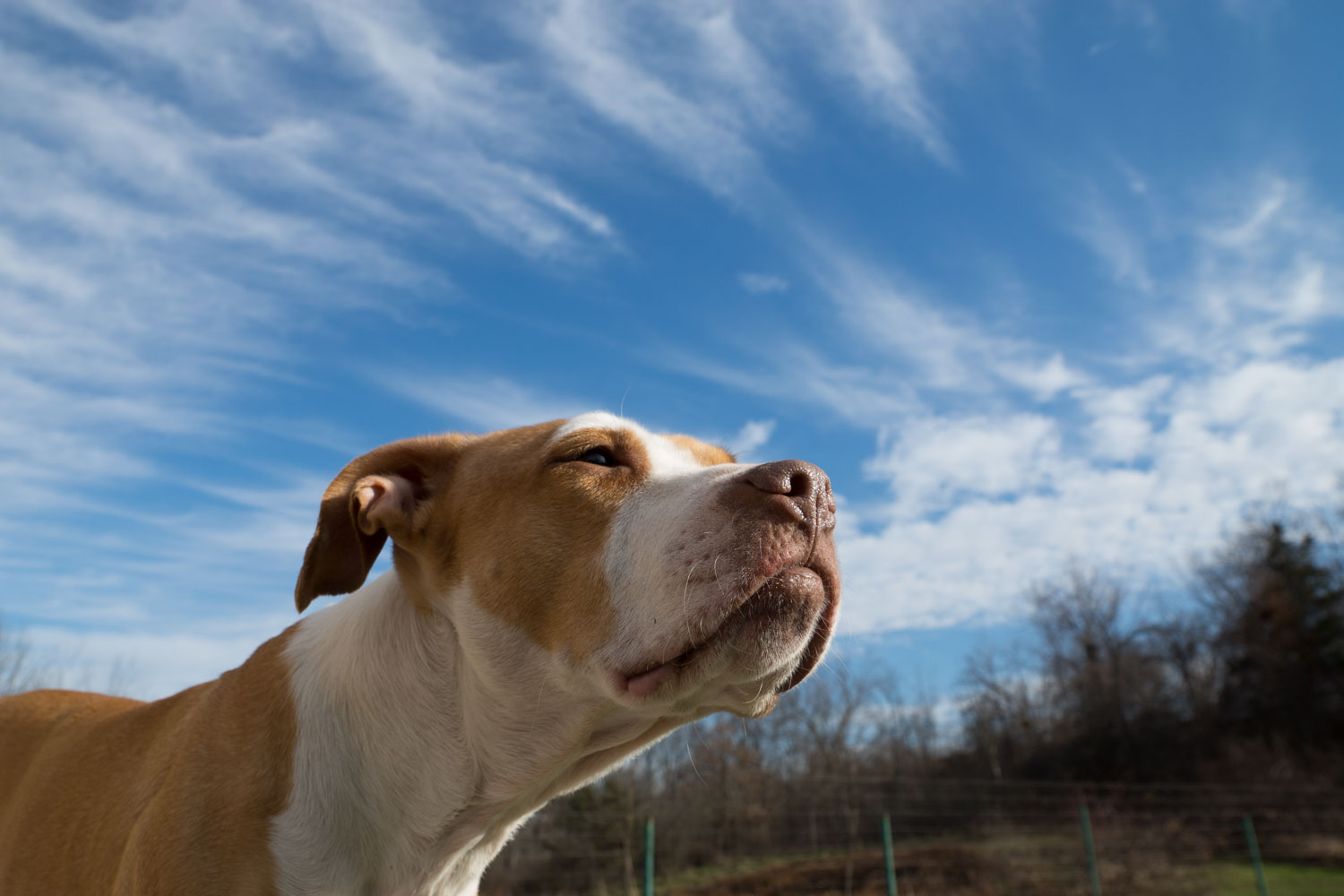
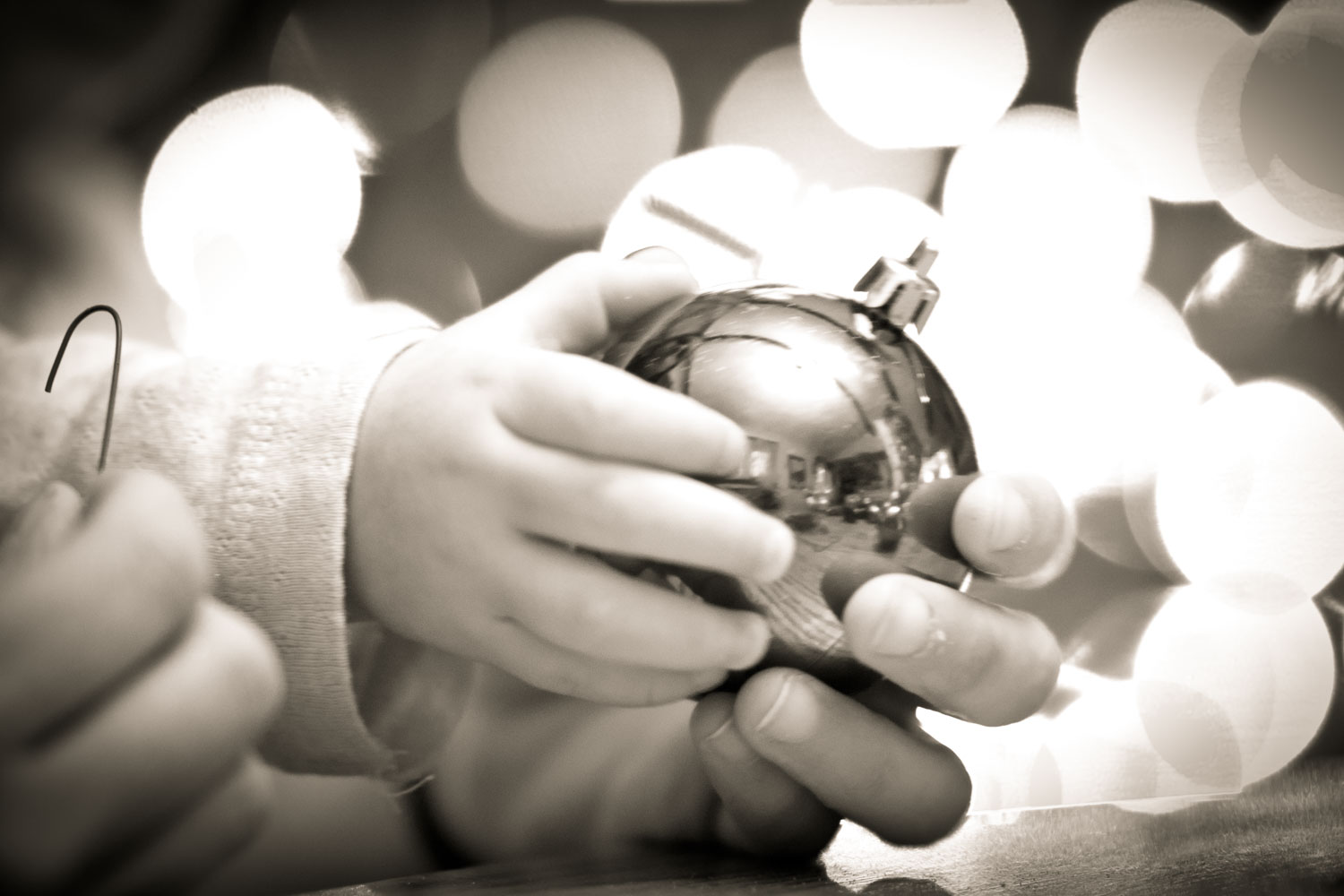
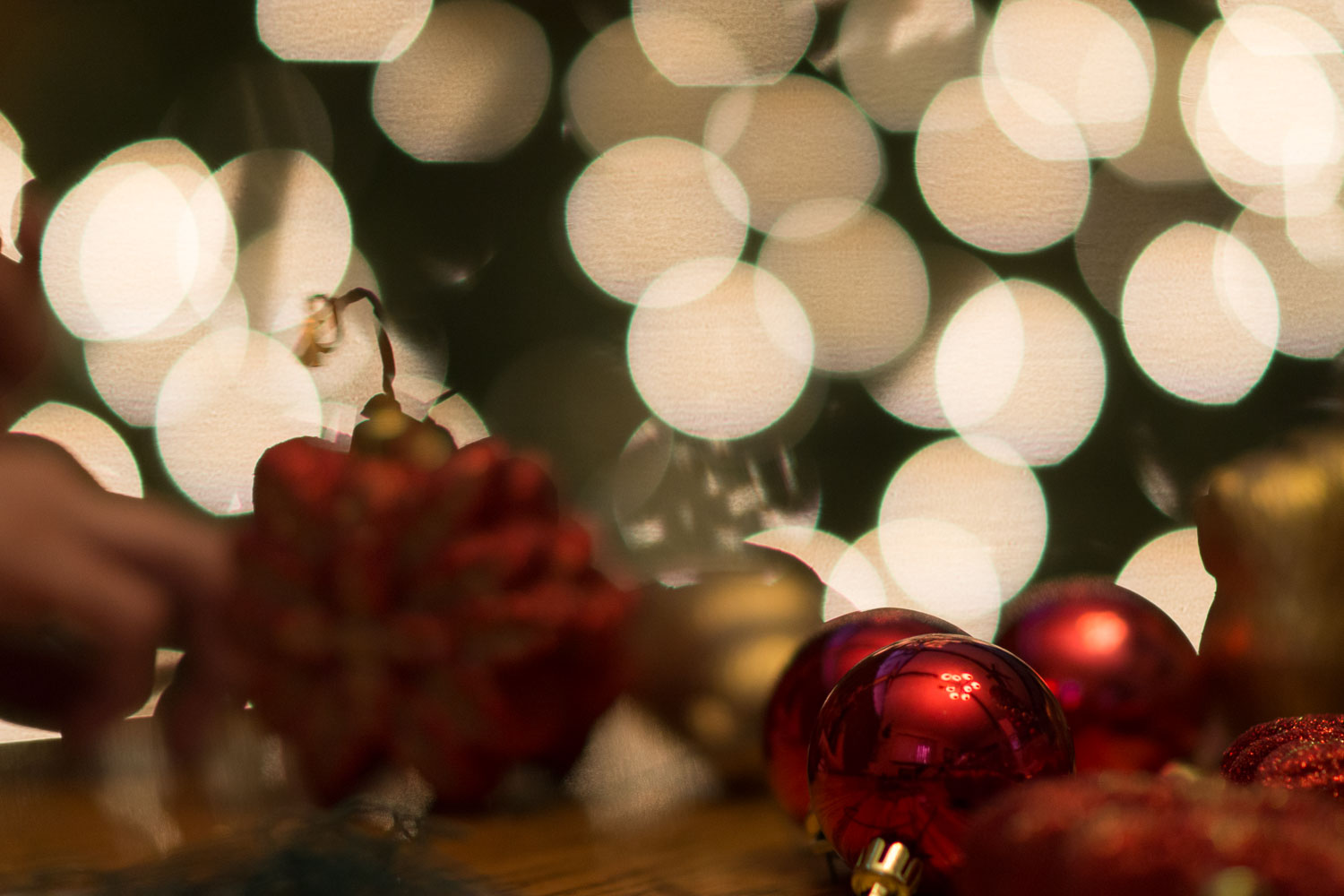
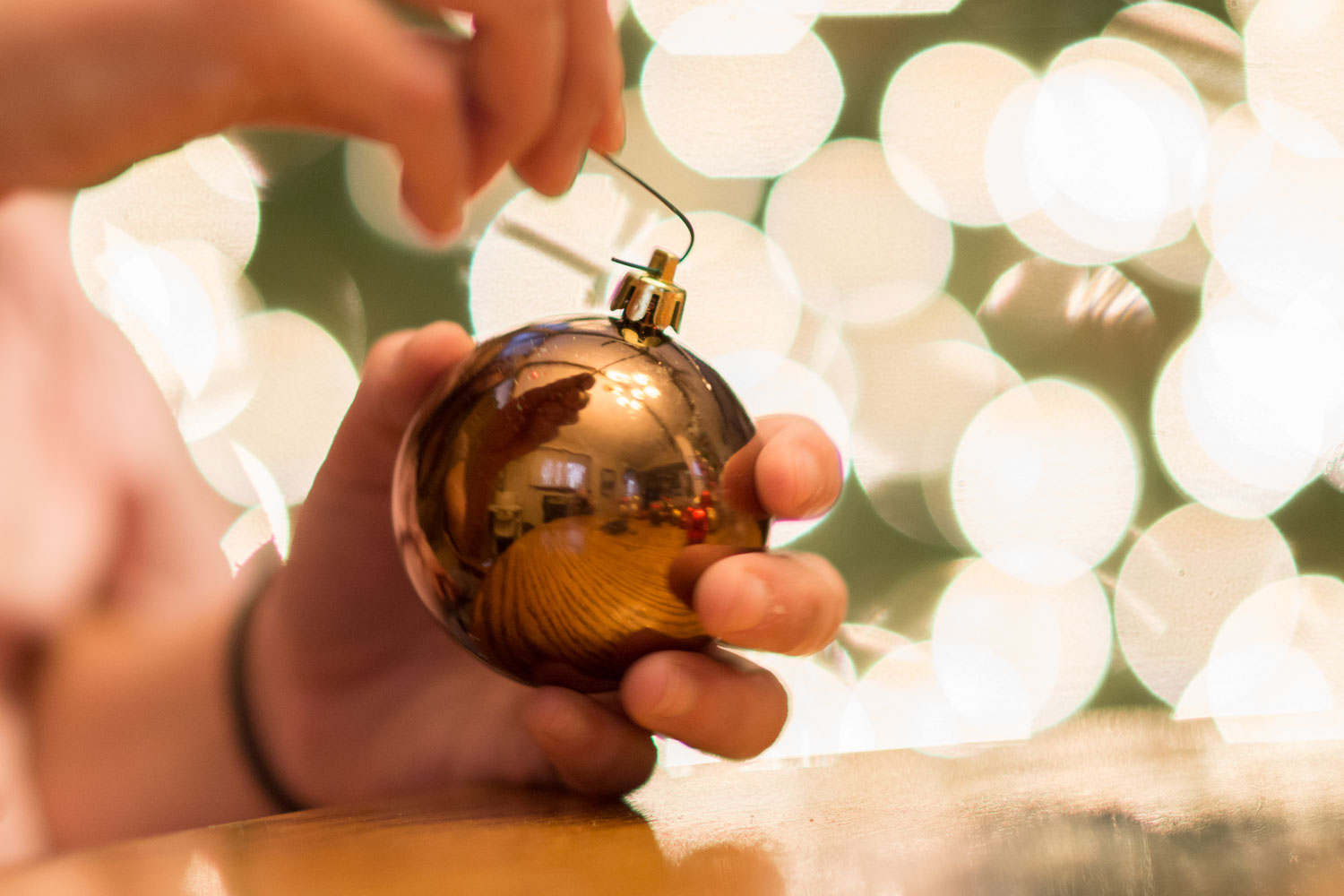



A closer look at AutoHDR, Autopano, and Multi-Shot NR
AutoHDR
Works pretty good and I used it often to see where it worked best. The off the camera results are usually flat but the histogram is well-balanced and captures the dynamic range well. See below for a better look and a few examples. First the AutoHDR file then a normal exposure file.
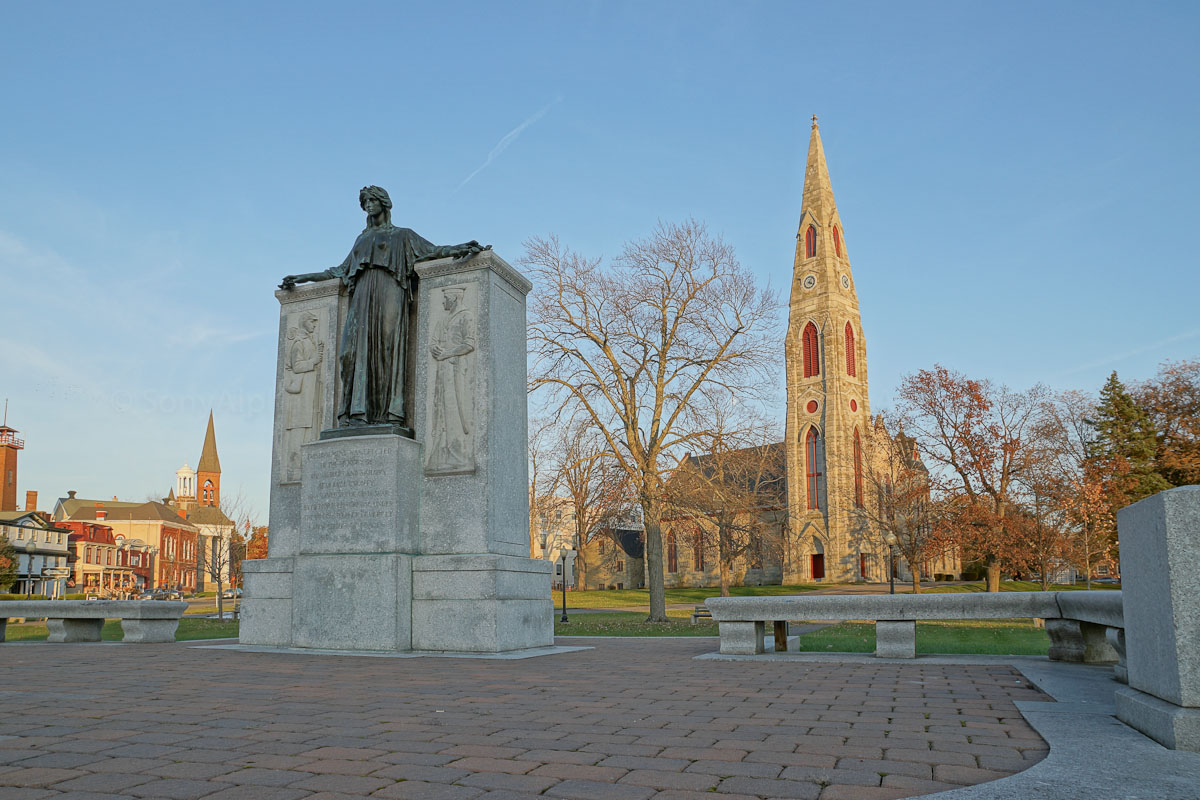
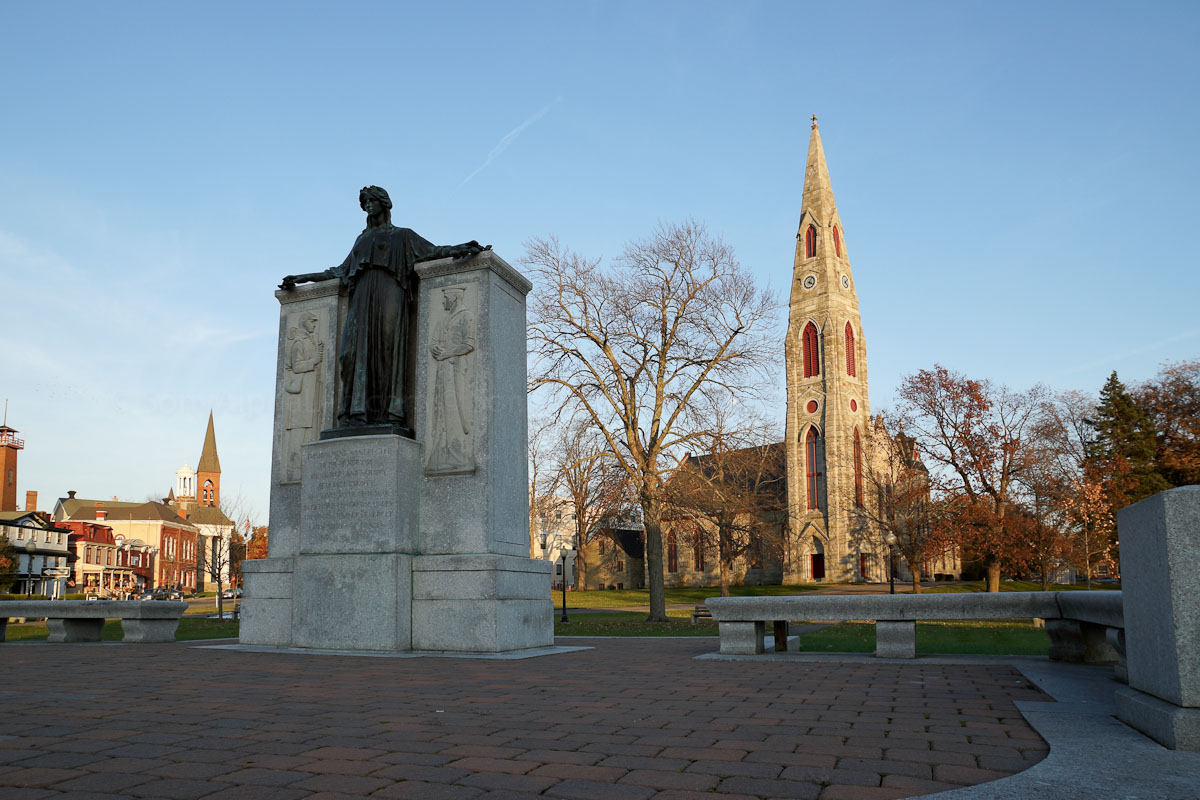
Now take a look at the histogram for each of these files above. The AutoHDR file’s histogram(left) clearly illustrates how the dynamic range is pushed into the middle. So in other words there’s less dynamic range in the AutoHDR file’s histogram and you can clearly see how the blacks(left side) are pushed towards the middle and the whites/highlights(right side) are pushed towards the middle. The blacks are clipping in the standard jpeg file as well. Notice the spike on the very left side. The standard jpeg file almost captured all the dynamic range, but not quite.
From a dynamic range standpoint this is great and exactly what the AutoHDR feature is supposed to do, but from quality or editing standpoint this is not so good. First off a jpeg file is not the way to go for HDR Photography in my opinion, but the Sony A77 requires jpeg mode only for this feature. What you really want is the most information possible if your going to edit a file further. So what this means practically in the real world is you cannot push this file very far at all before it will start to degrade and not print well large. The gradients will start to band like in the sky areas if you raise the saturation too much or try to darken the sky a lot etc.
If you want maximum quality possible starting off with one well exposed Raw file would have been better than either of these jpeg files!! A Raw file has much more bit-depth and color information than a jpeg file!!
Check out the future studio in our downstairs. It looks much better now believe it or not as we have almost all the electric done and it’s all cleaned up. This is a great example of how well autoHDR can work when the dynamic range is way beyond that of the camera sensor.
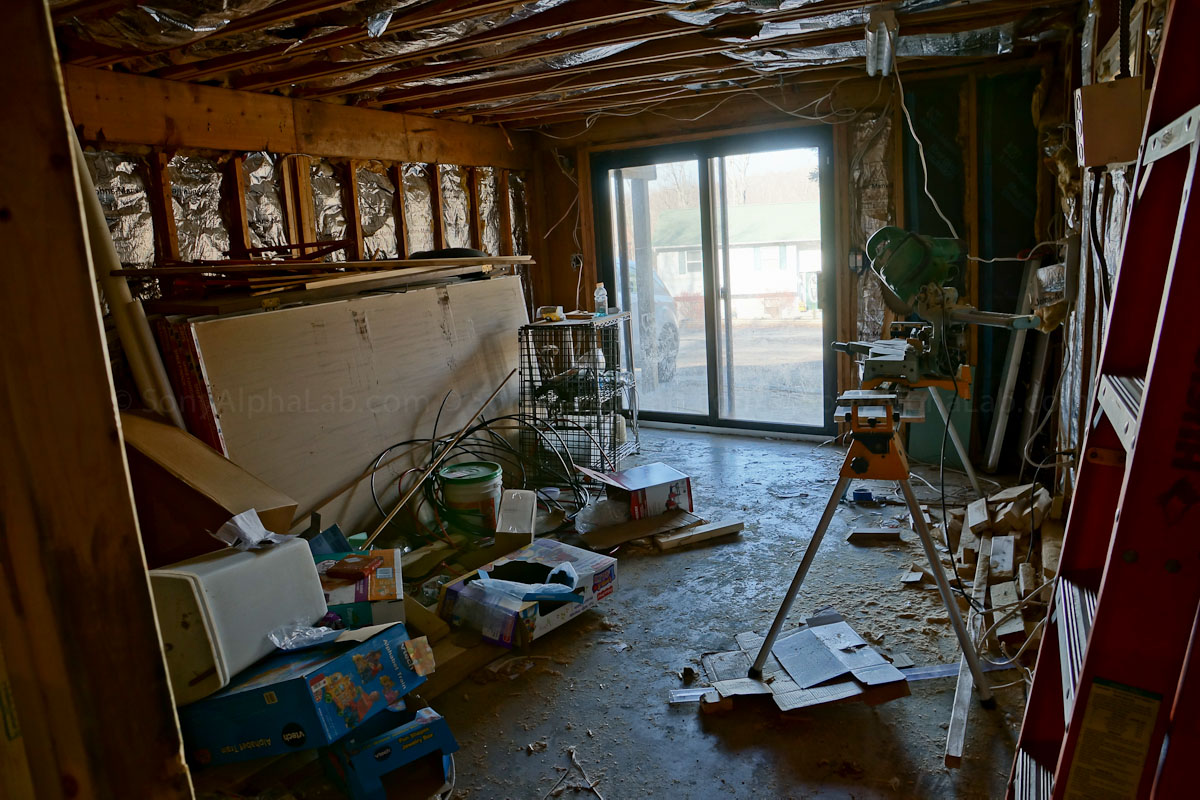
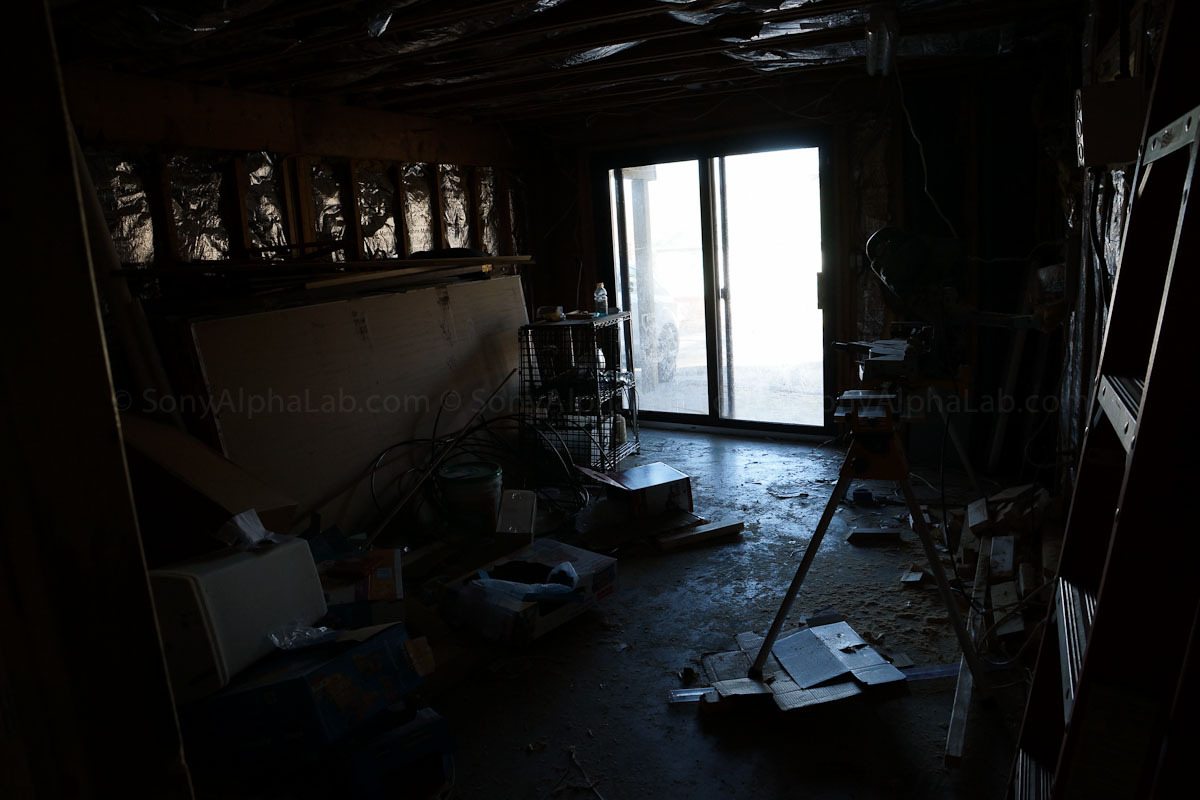
The AutoHDR feature works well and in certain situations it’s definitely worth trying as the results are quite good!! The blending of multiple images in the camera itself is very impressive in my opinion as there are alignment issues, movement issues, Halo’s to battle, and the list goes on and on when processing HDR Photos. If you have ever tried to create a HDR file in Photomatix for example, you know what I’m talking about!!
AutoPano
Another very cool feature that works very well for an in camera tool. Check these out and be sure to Click on them for a larger version!!

Here’s another few panos from my deck looking out. Note that you can change the direction of the Pano in the menu and then as long as you move your camera in the correct direction you can get all sorts of different pano crops as seen below:

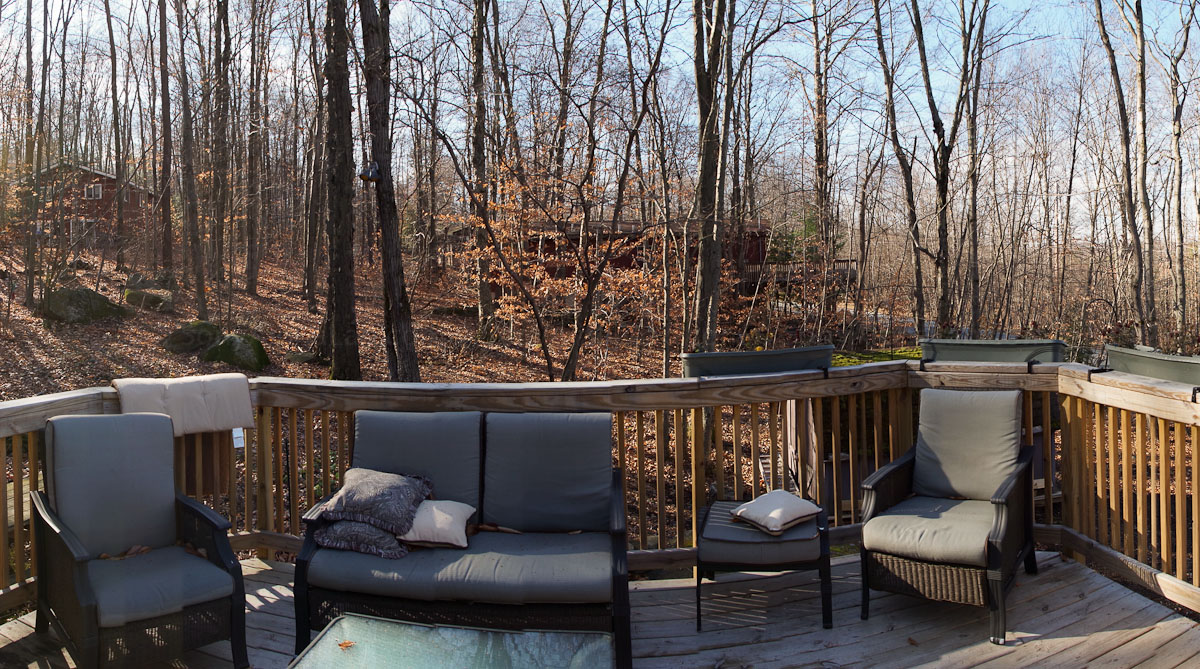
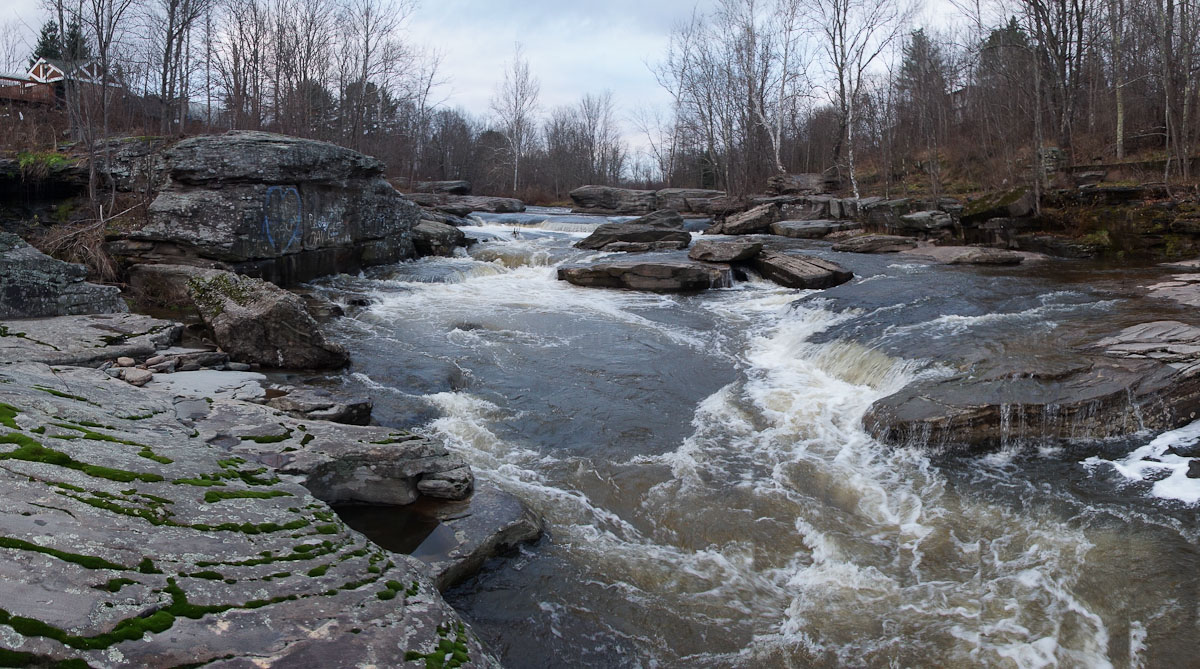
Vertical Panos:
Multi Shot NR & Handheld Twilight Modes:
These modes on the a77 take multiple shots similar to AutoHDR except the layer blending that goes on here is specifically optimized for reducing Noise. For Multi-Shot NR you just set the camera’s ISO to ISO Auto which is just above the standard Auto in the ISO menu. You will need to be in jpeg mode for this feature, but it really does work incredible well. The Handheld Twilight Scene Mode does pretty much the same exact thing as this, but you need to switch the camera’s mode dial to the scene modes and then scroll to HandHeld Twilight.
Be sure to click on the 100% crops below to compare the two ISO 12800 pics. With and Without Multi-Frame NR.
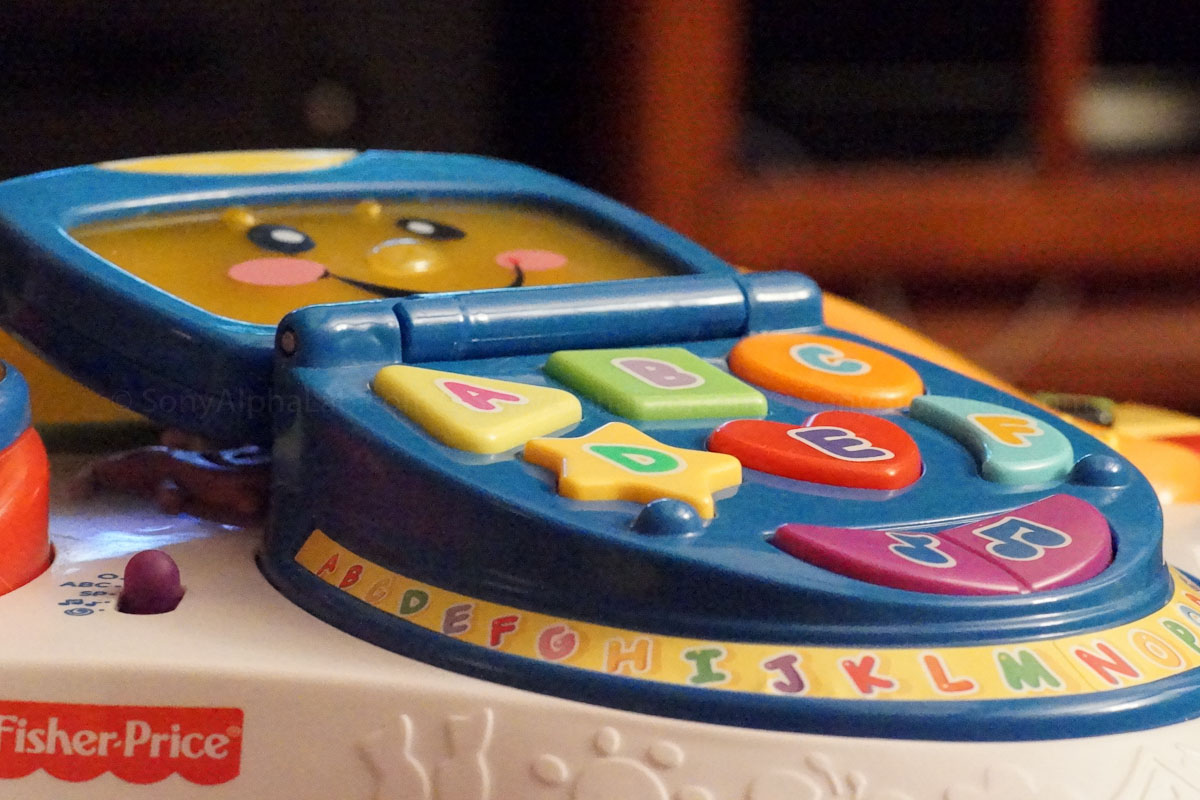
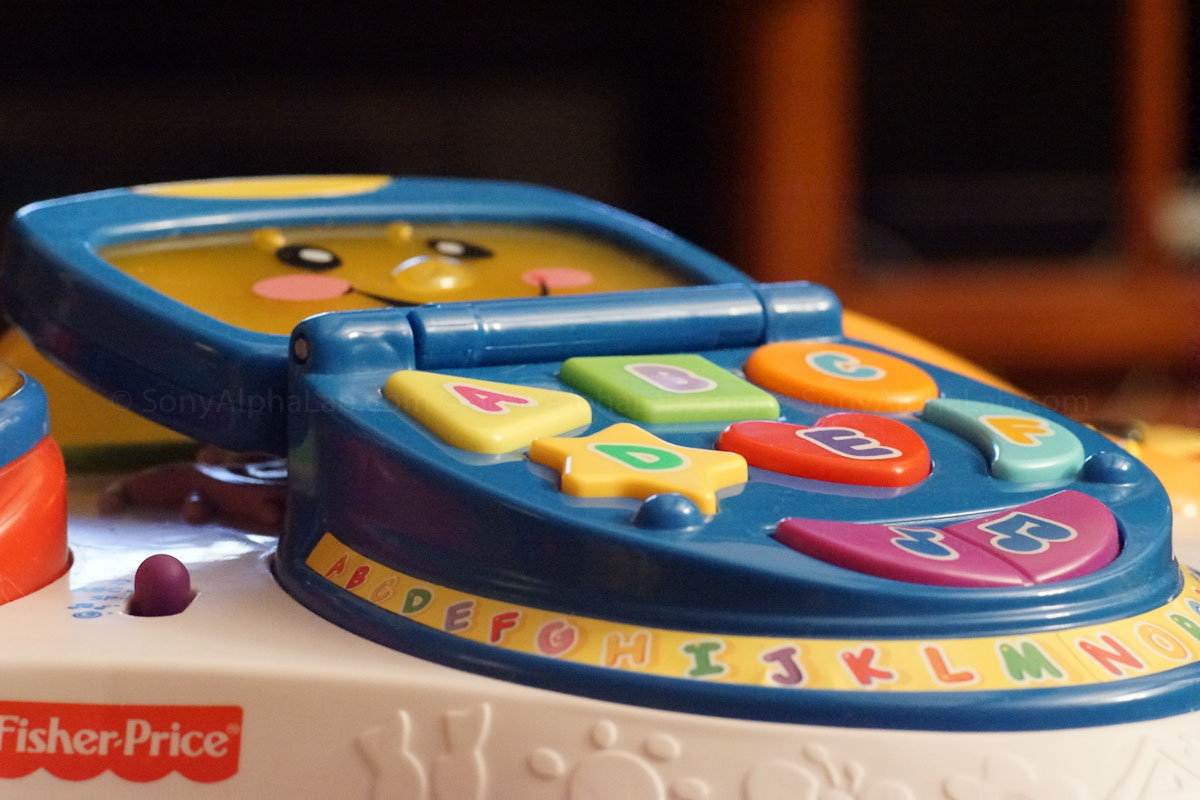
High ISO Testing and Comparison:
Moving on to some High ISO samples I just wanted to note that the Sony Alpha A77 tops out at ISO 16000, and this a good thing. Beyond ISO 3200 is pretty noisy and the blacks seem to shift towards purple. In these sample shots I used the Sony Nex-5n for comparison purposes. I also put it up against my Canon 5D Mark II in another article over here if your interested.
Both cameras do a good job at ISO 3200, but the a77 is still noticeable noisier. The Nex-5n image here is a tad soft, but that is my fault not the cameras! The camera was resting on the table and it must have slipped a tiny bit. sorry about that as I didn’t notice till I put everything away.
Be sure to click the images for a nice large crisp version!
Below you can see where the A77 starts to lose the blacks a bit and a purple color shift starts to creep its way in. This is probably the highest ISO I would ever use with the a77!
Notice here with both cameras at maximum ISO. Even though the a77 is at 16000 compared to the Nex-5n topping out at 25600, the A77 starts to fall apart big time. The Nex-5n however maintains color pretty well, and although pretty noisy it’s still a somewhat usable image if it had to be.
The A77 is really only good at ISO 3200 and below for serious work in my opinion. Definitely not a favorite or recommendation for the “low Noise” camera crowd, although it’s still very impressive considering the incredible 24mp pixel density on the APS-C sized sensor chip. The nex-5n however, is clearly much better, even at ISO 25800 vs 16000!! Also that color shift towards purple in the blacks is not very appealing to me.
Other features worth special mentioning:
Another cool feature when shooting photos is the zoom in feature. It works awesome and I highly recommend using it as needed. This feature does not work in video mode though for some reason which is very odd and a bit frustrating. The best way I found to get around this is to just pre-focus first so you can use the zoom feature, or use AF even if you want! Then switch to manual focus which will lock the focus where you last had it. Now when you start shooting your video you can be confident your focus is perfect.
Adjusting the White Balance
The Sony A77 being an SLT style camera has a great advantage when it comes to adjusting the White balance over a tradition SLR. When you adjust the WB on the A77 you actually see the result live in the viewfinder or on the LCD screen. That feature is so awesome and I change the WB very often when using the Sony Cameras for this very reason. Not so much on the Canon cause it always looks correct when you look through the viewfinder. Once you take the photo, you can then see the horrible WB on the preview and adjust/ re-shoot. I always use custom WB with my Canons to make sure the it’s perfect, but Sony really makes it easy to get an accurate WB without doing that. I still recommend using Custom WB though for the most accurate colors and skin tones!!
Lens compensation
A great feature!! Basically you can automatically compensate for the following characteristics in camera: light fall- off at the edges (vignette), chromatic aberration, and distortion (only for automatic compensation compliant lenses). This is similar to using the lens profile feature in Lightroom and is really a valuable feature when utilized.
The Sony A77 and Video:
The A77 is a solid performer in video department and I got some decent footage for you to check out. I really don’t have much video experience other than using it on DSLR’s and SLT’s like Canon and Sony just to let you know, but I can still tell what good video looks like so don’t be worried 😉
The a77 has the ability to us Auto Focus and record video at the same time, so I could not wait to try this!! My excitement was cut short when I realized the Aperture was locked down at f/3.5 and camera controls the exposure when using auto focus. So, if you want to record video in Manual Mode or Aperture Priority Mode, it’s Manual Focus only!! I could not for the life of me understand why Sony did this, so I called them and spoke with a really nice guy who helped me out.
This is basically what he explained to me. I tried to make it as simple to understand as possible, but it is a bit technically so I apologize:
In still frame shooting the aperture on the lens is always set to the widest aperture until you actually hit the shutter button or the Depth of Field preview button. When recording video this is not possible as the exposure is a constant. In addition if you were to go beyond f/3.5 the AF will begin to struggle during video as the aperture cannot retract for the AF like it can when still frame shooting to assist in focusing. Sony engineers decided to lock it down at f/3.5 or the highest available aperture the lens has lower than that. So maintaining auto exposure would be more easily manageable with just ISO and shutter speed as variables. Going wider than that like f/2.8 for ex. could lead to blown out video due to shutter speed limitations. etc. f/3.5 seemed like a good compromise.
The reason the aperture locks to f/3.5 in 12fps mode is because the aperture mechanism itself on older lenses is not capable of going from the normal “wide open” state in between frames to whatever aperture beyond f/3.5 you may want. For example if you were to try to shoot in 12fps mode with the aperture at f/8 assuming there was enough light etc.. your lenses aperture mechanism would have to go from wide open to f/8 and back to wide open at 12fps!! Not all lenses are capable of this in the older Alpha/Minolta line, hence the lockdown for that feature as well.
The a77 also locks down the ISO to 1600 in video mode. They did this to help prevent people from getting poor video as the a77 is not the greatest at high ISO’s and user error was a concern. I personally would rather have the option of recording high ISO video and decided for my self if it is usable or not. Sony is pretty aggressive when it comes to this. I would think ISO 3200 at the very least. I was told the engineers made this call because of the “user error” potential being high. Considering the price of the camera most users are expected to not be professionals, but hardcore enthusiasts.
When Recording Video make sure you have the peaking function enabled and the focus confirmation enabled to assist you in manual focusing. These features are awesome, and I wish my 5d mark II had them!!
Now for some actual video footage. I took several clips over the past few weeks and put them all together with some notes here and there. I recorded these in the MP4 mode and imported them to iMovie on my Mac Book Pro. I then exported the movie as a 720p HD Movie for Youtube for easy viewing. Check it out below and I’ll catch up with you after;) Also, be sure to click the better quality viewing options (720p) in the lower right of the player!!
One annoying thing I noticed when using Aperture Priority mode and video is when changing the aperture the video goes bright for a second each time it clicks. You can clearly see it in the video above. My guess is the aperture mechanism is retracting fully each time is switches sizes, but I’m not really sure. I’ll update this review once I find the answer.
When I was down at the waterfall the other day I took a few clips and had a chance to fool around with shutter priority mode while recording video. The result not what I expected and I can’t wait to try this effect on other subjects!! I recorded this clip in the 60p mode and then down converted it for youtube. Nothing else was done to it just so you know.
Conclusion:
The Sony Alpha A77 is the best SLT Camera I have reviewed to date!! As far as features, build quality, and image quality the a77 is the best bang for the buck out there. Nothing can really compete with the whole a77 package for the price. I can pick apart a feature here and there and say the Nikon X is better in High ISO and the Canon Y has better AF, but as a whole the A77 is a phenomenal camera for a great price in my humble opinion. Faults and all I would not mind owning one of these cameras at all. If I were to change anything on the A77 it would be the sensor resolution. I would rather have a lower res 16-18mp sensor with less noise like the Nex-5n than the higher nosier resolution. The image quality and dynamic range are incredible though at reasonable ISO levels so it really depends on what your after and how much resolution you really want and/or need. 16mp like in the Nex-5n is enough for even large prints, but the 24mp a77 allows for gigantic prints!!
I hope you all got something out of my Sony Alpha A77 Review, and please feel free to ask questions, and leave comments good or bad. Also if you see any obvious errors please don’t hesitate to let me know. I do everything myself, and proofreading, spelling and grammar are clearly not my strongest skill as I’m sure you know already if you read my reviews 🙂 Have a great weekend!
Sony Alpha A77 Price: ~$1098
Compare Sony A77 Prices @ BHPhotoVideo >> | Amazon >>

